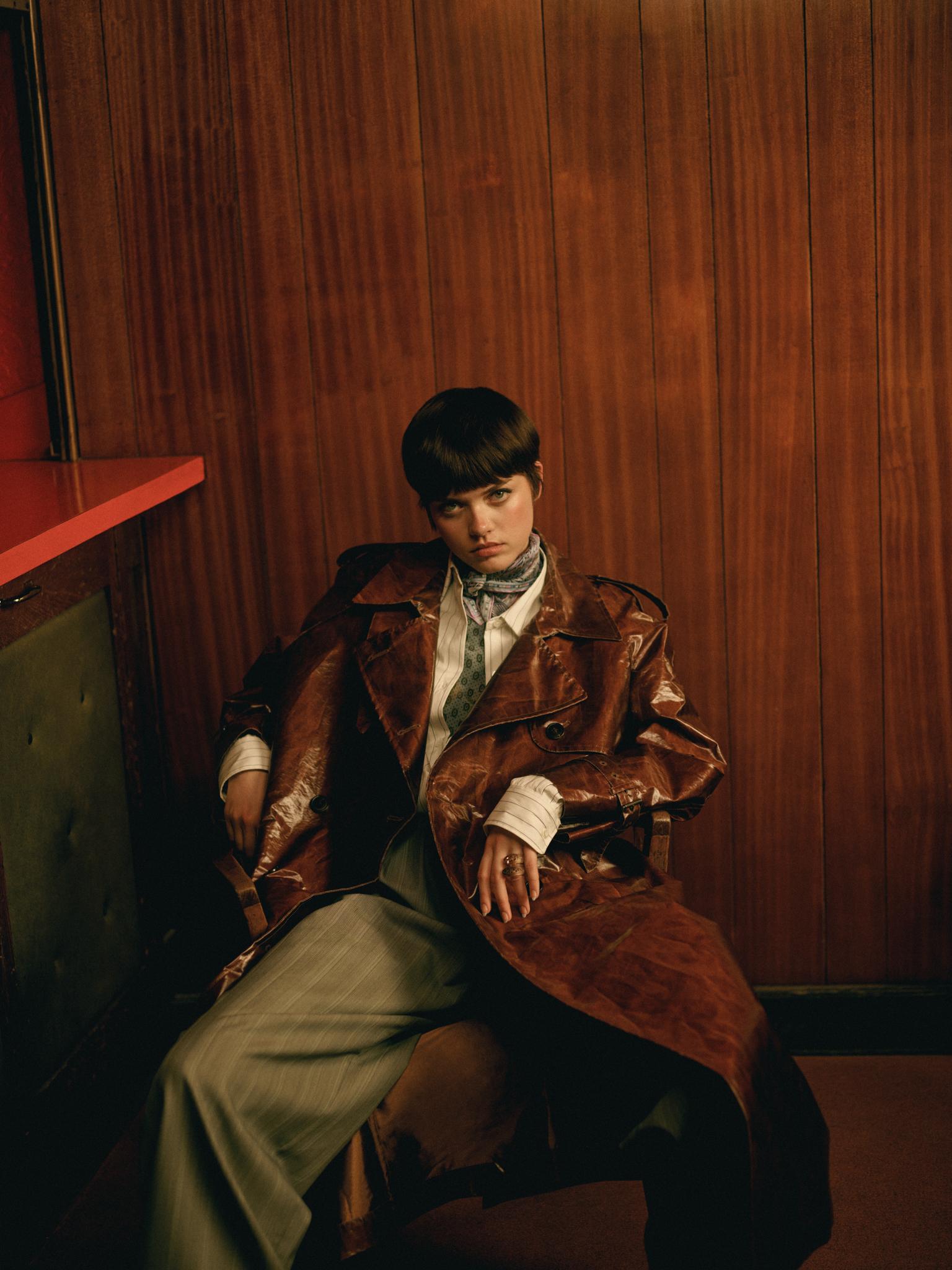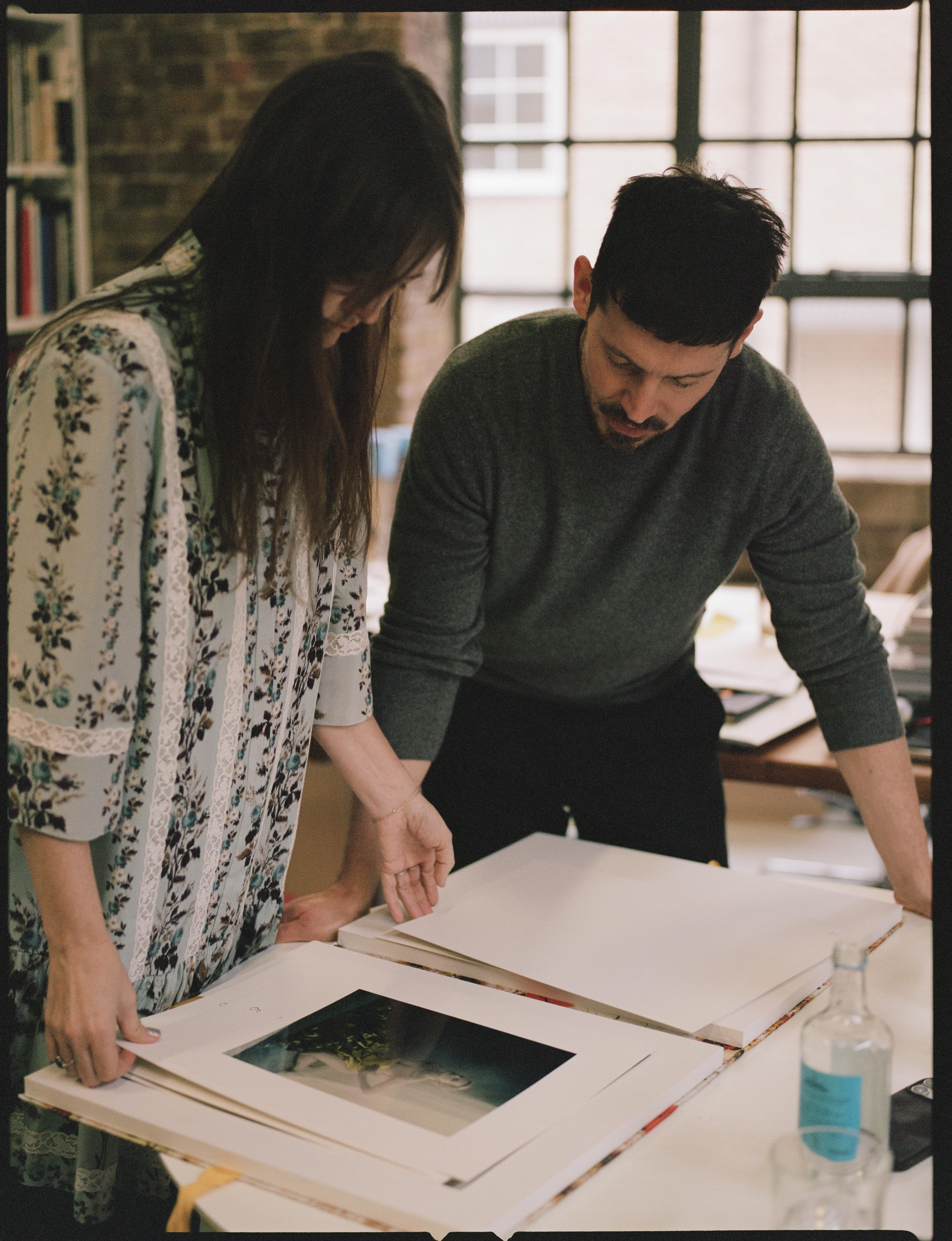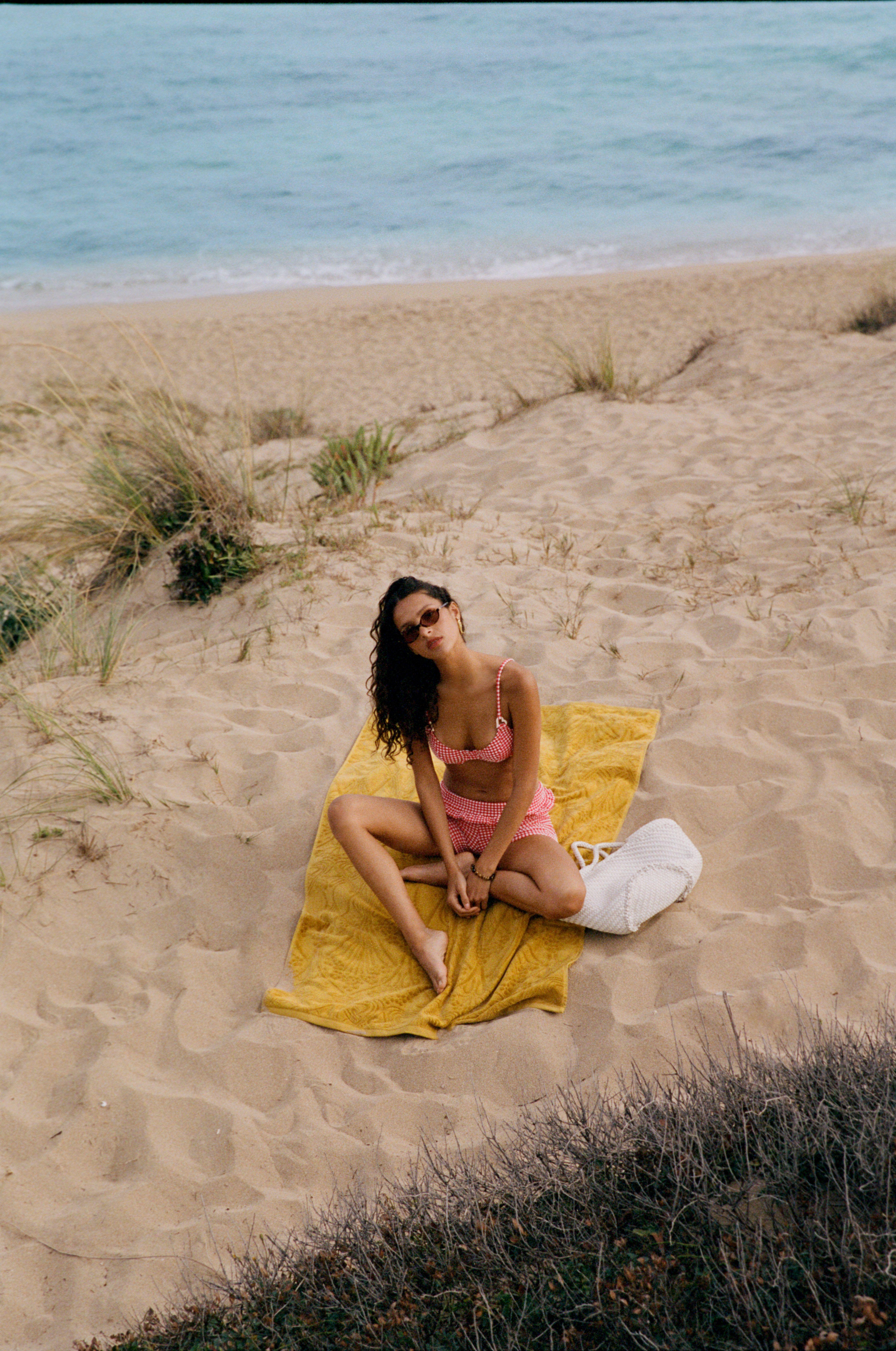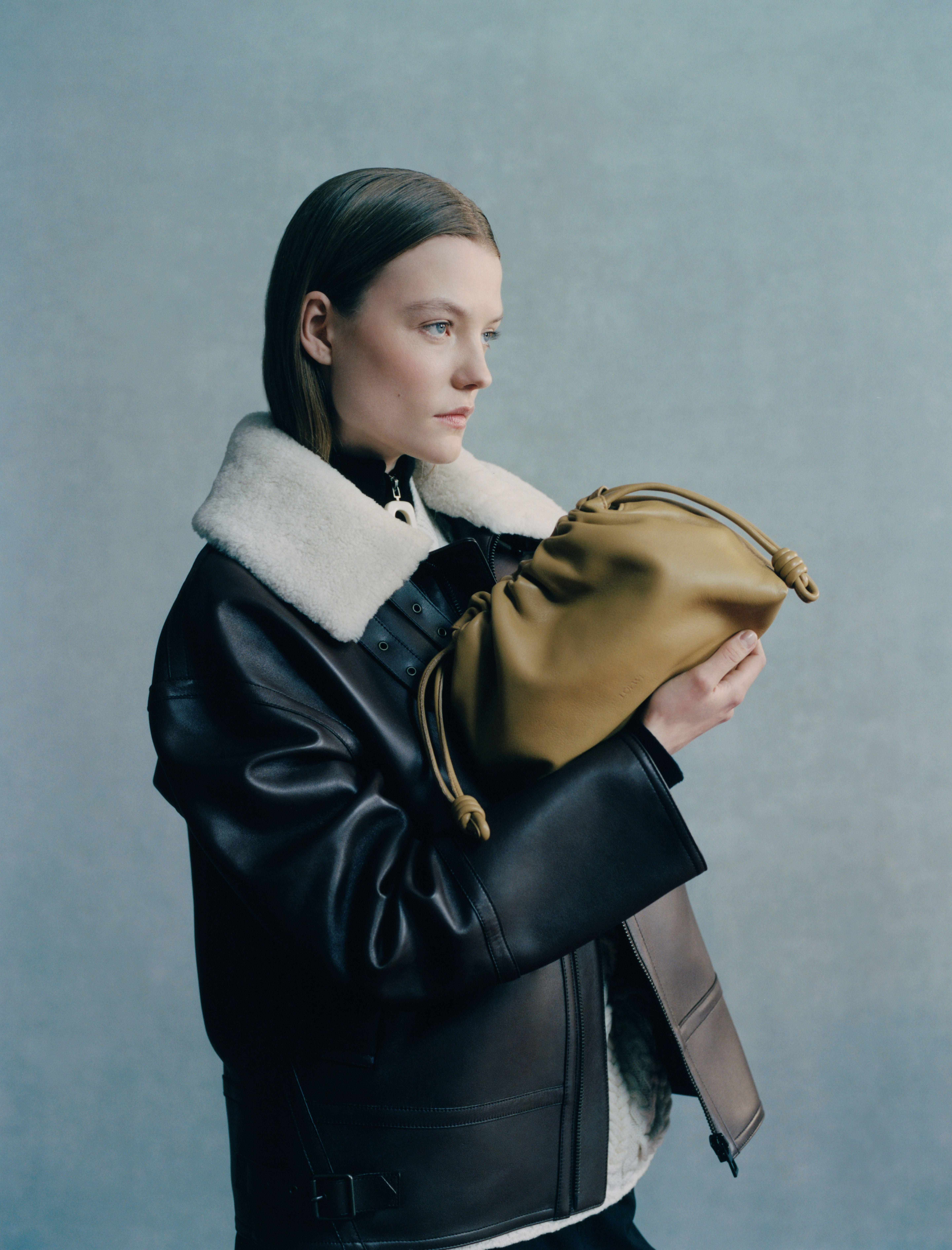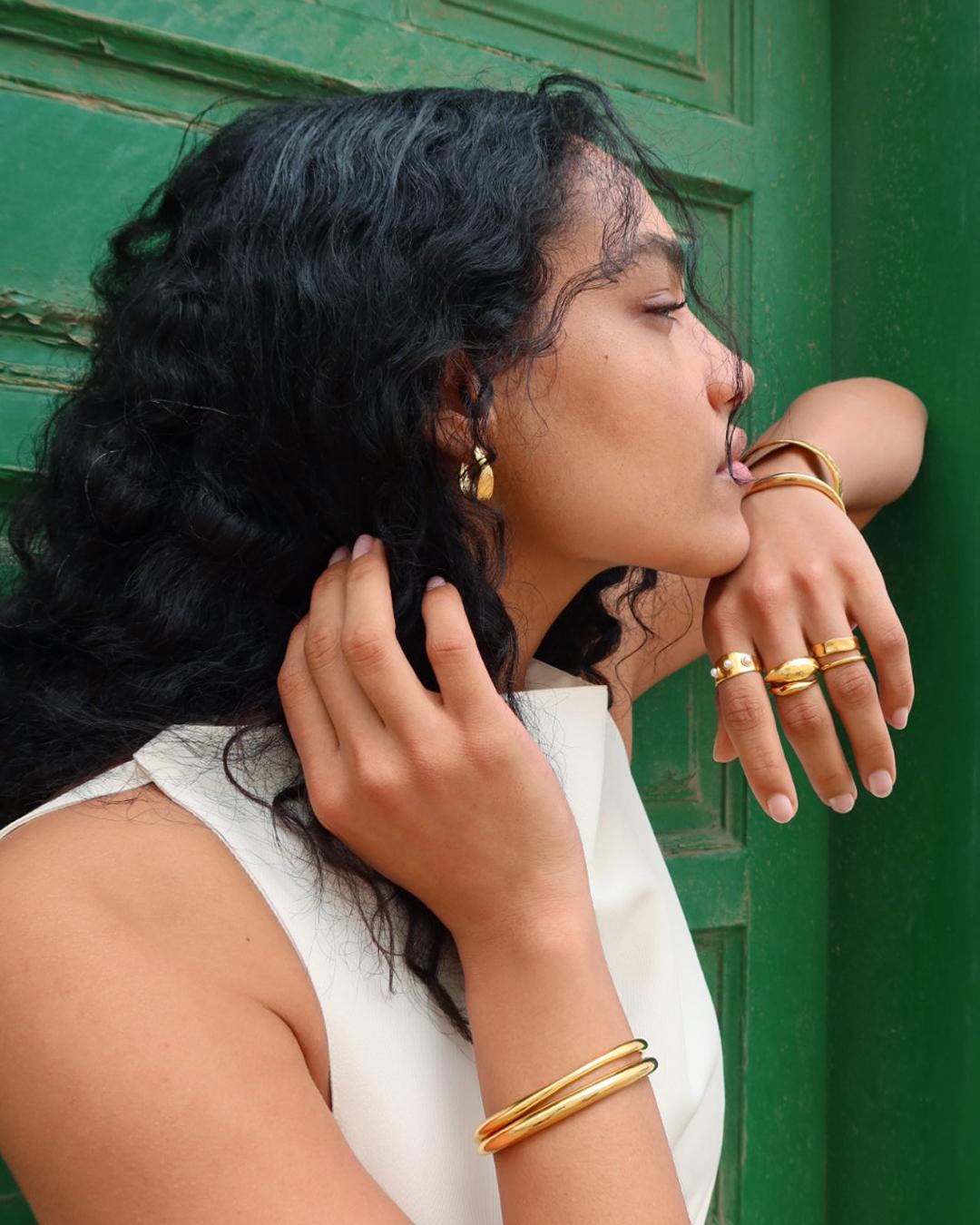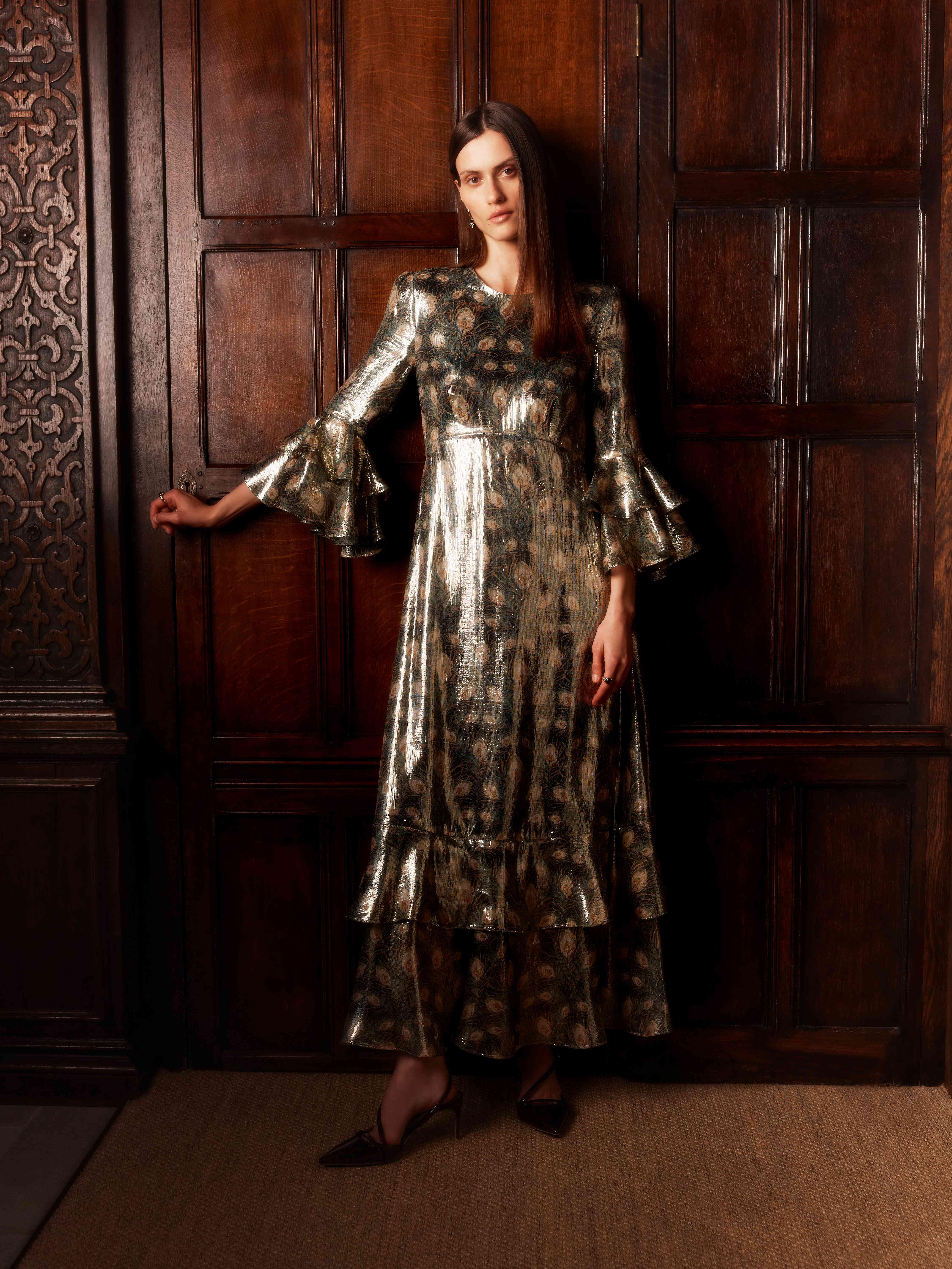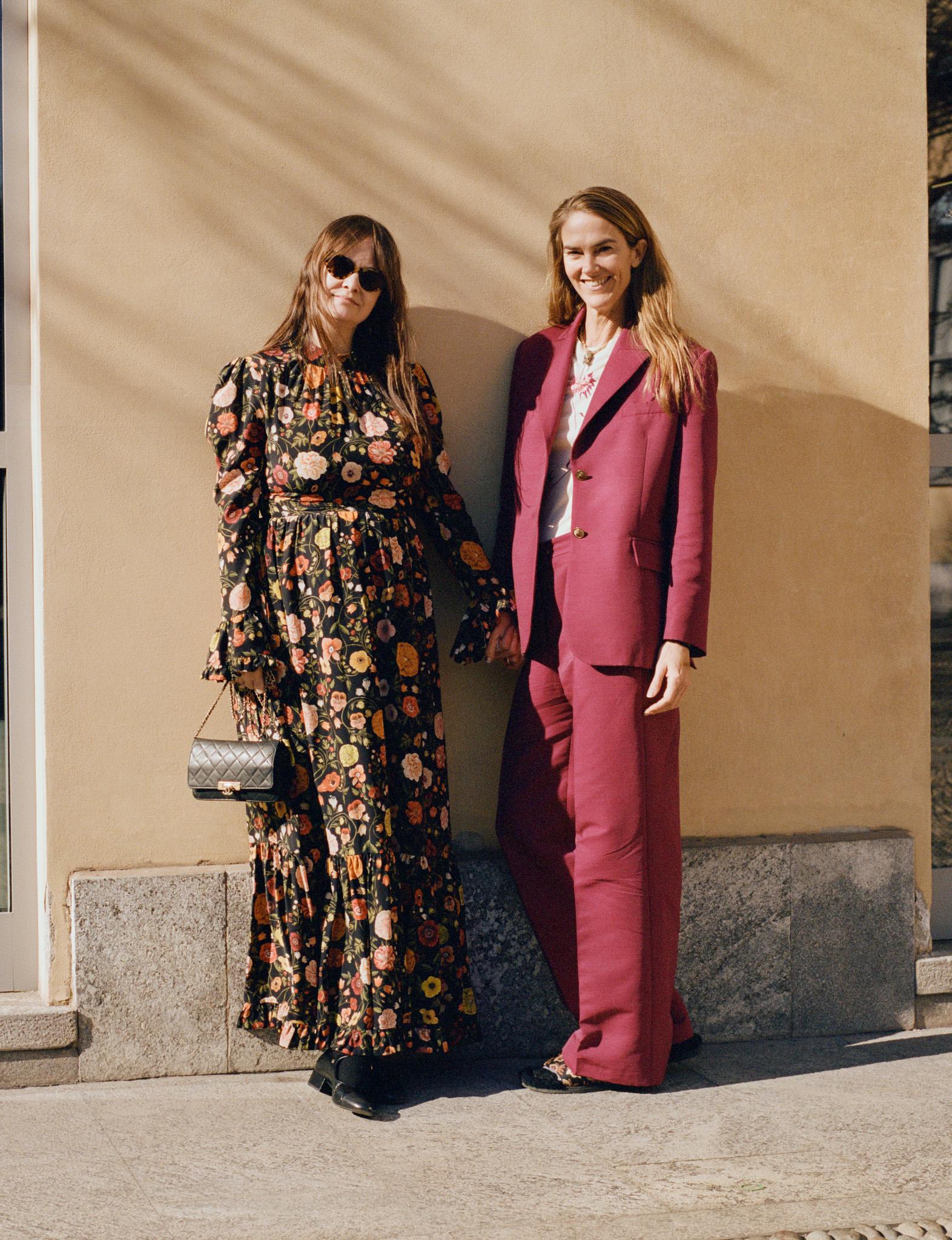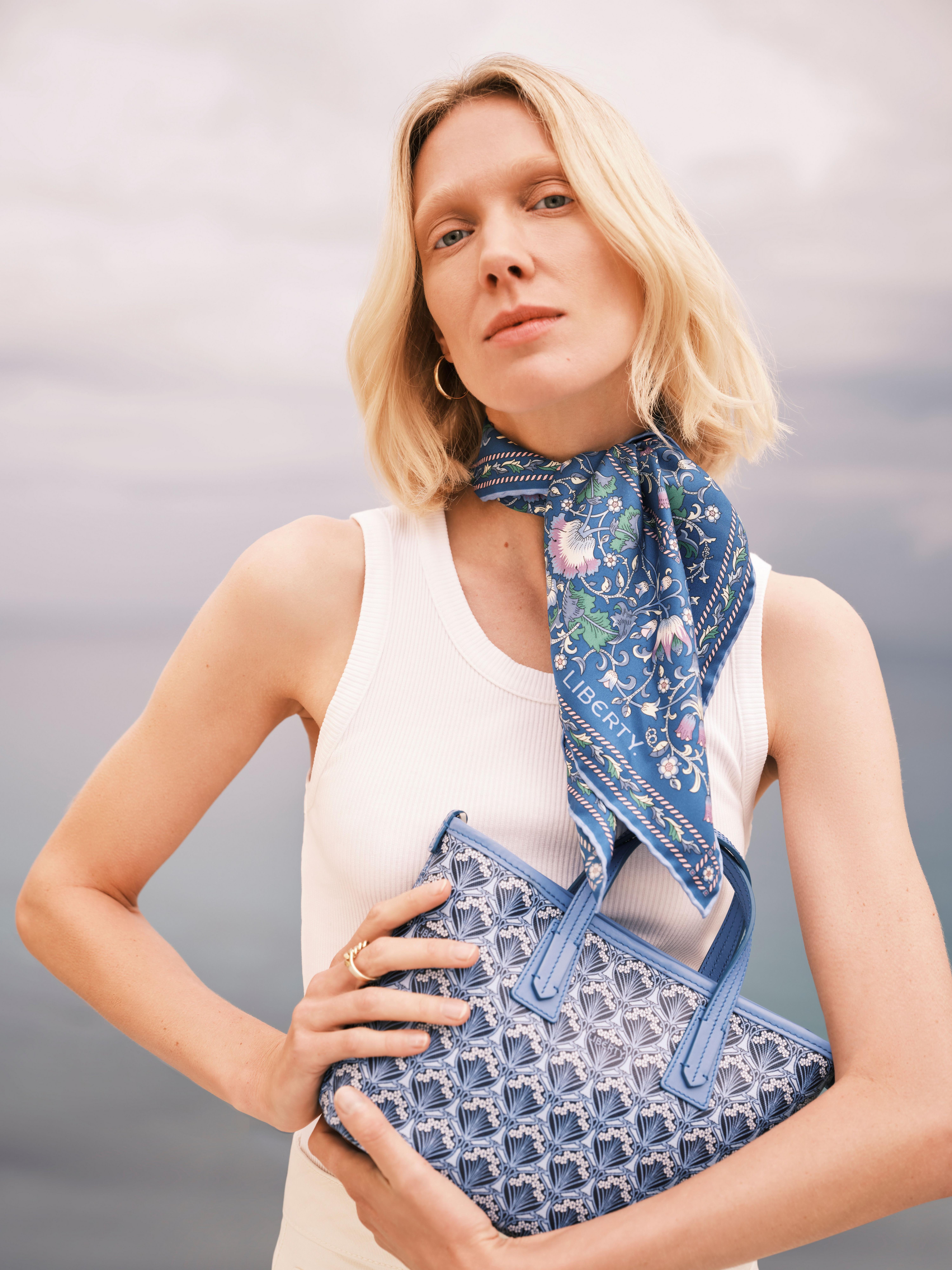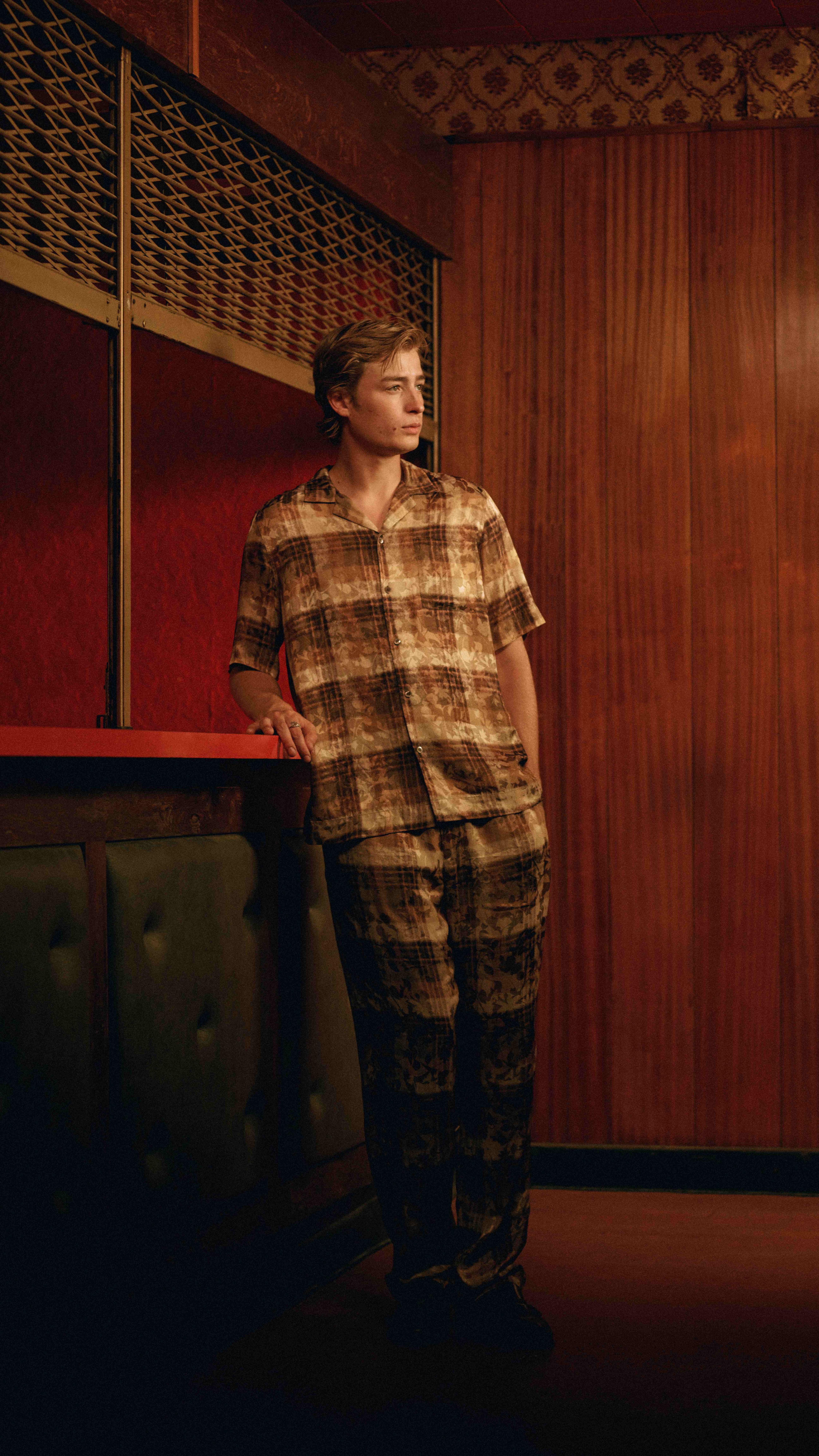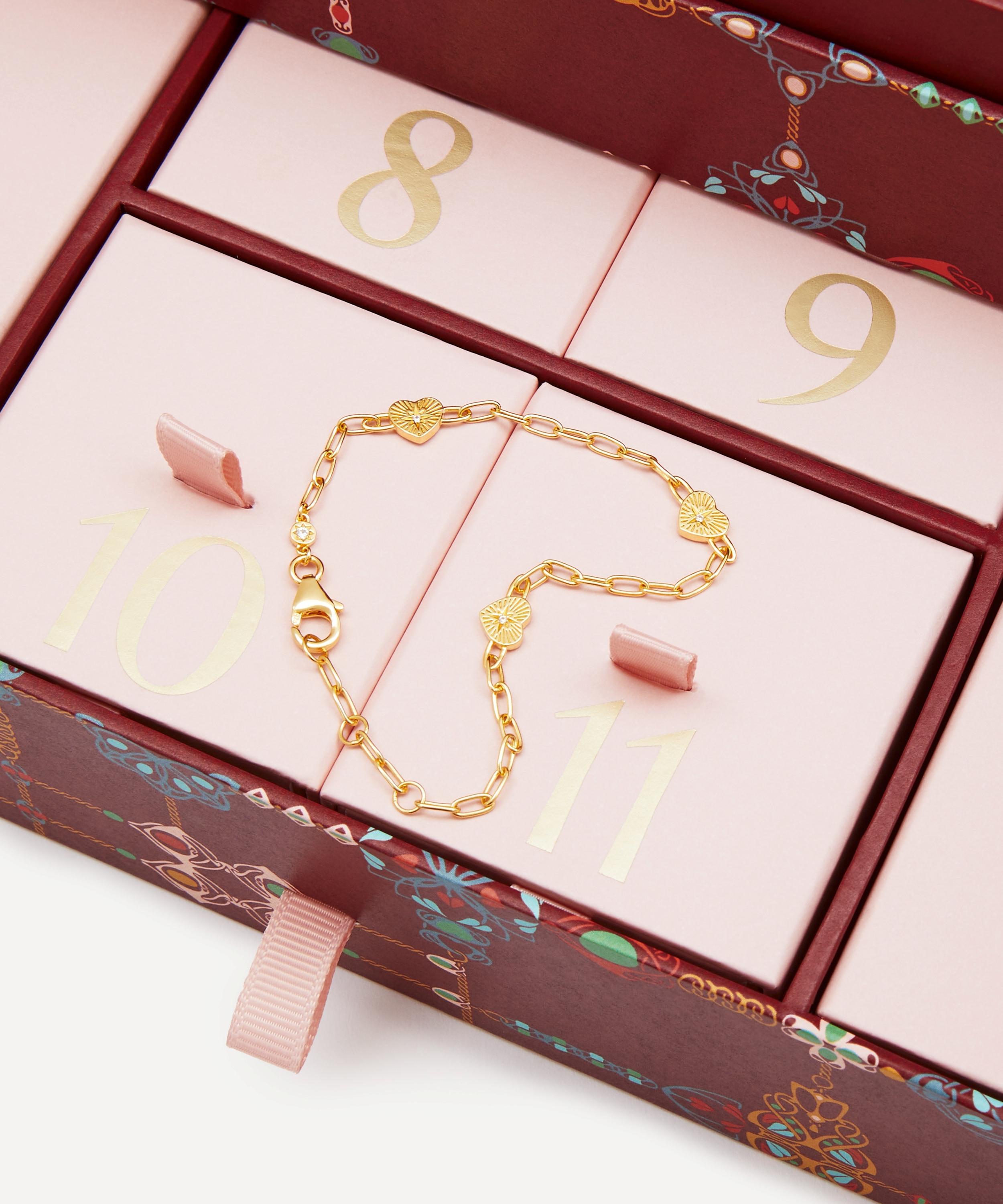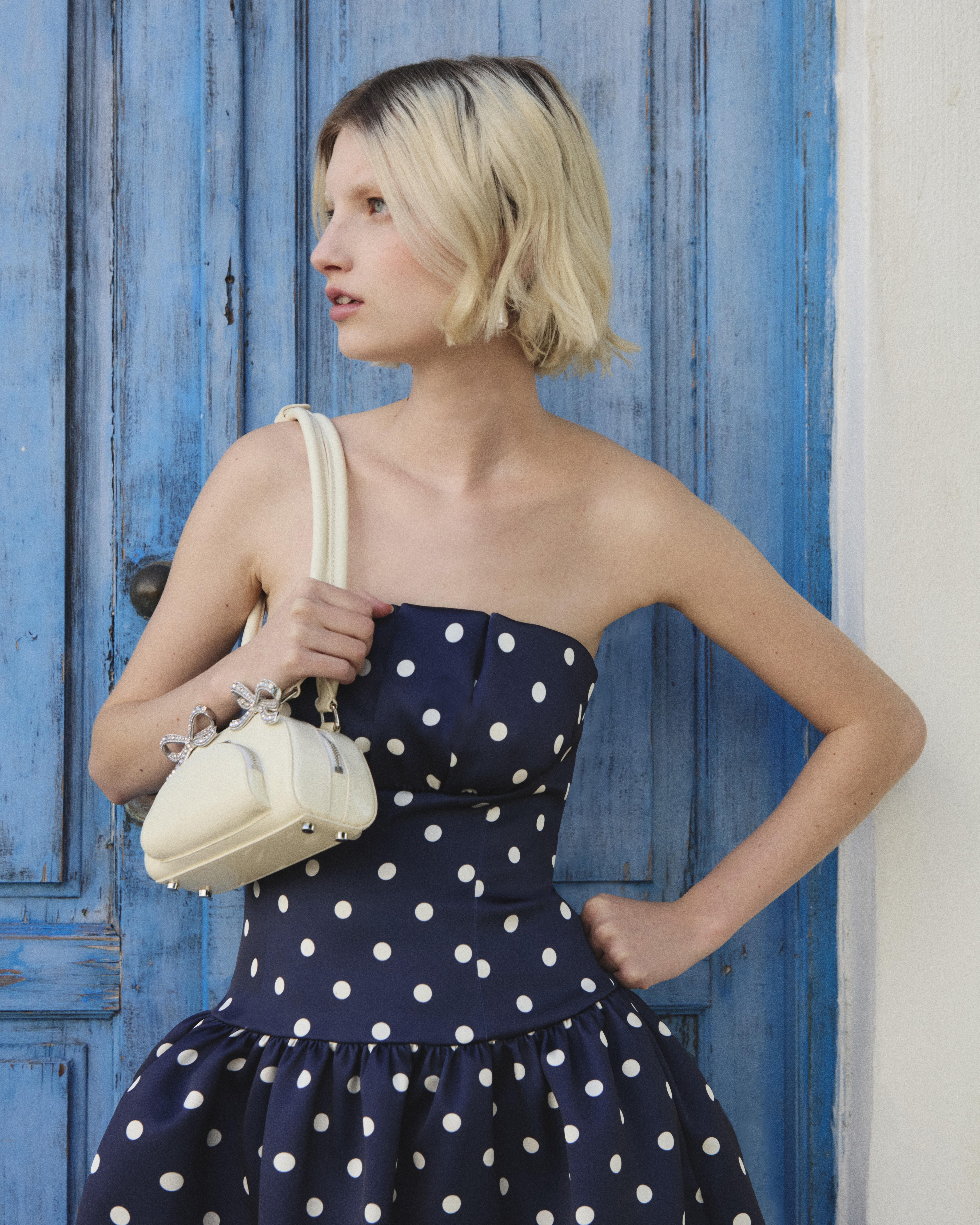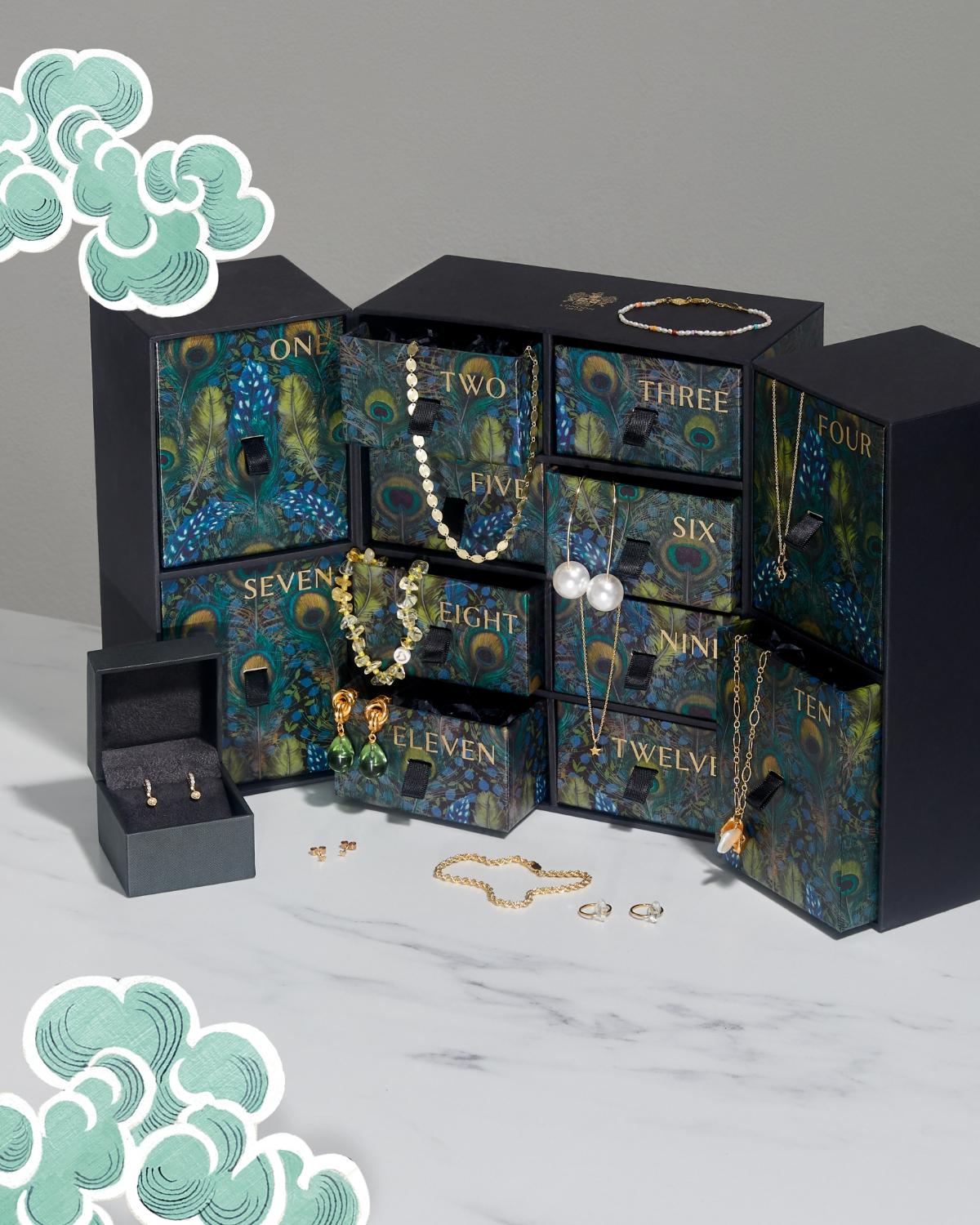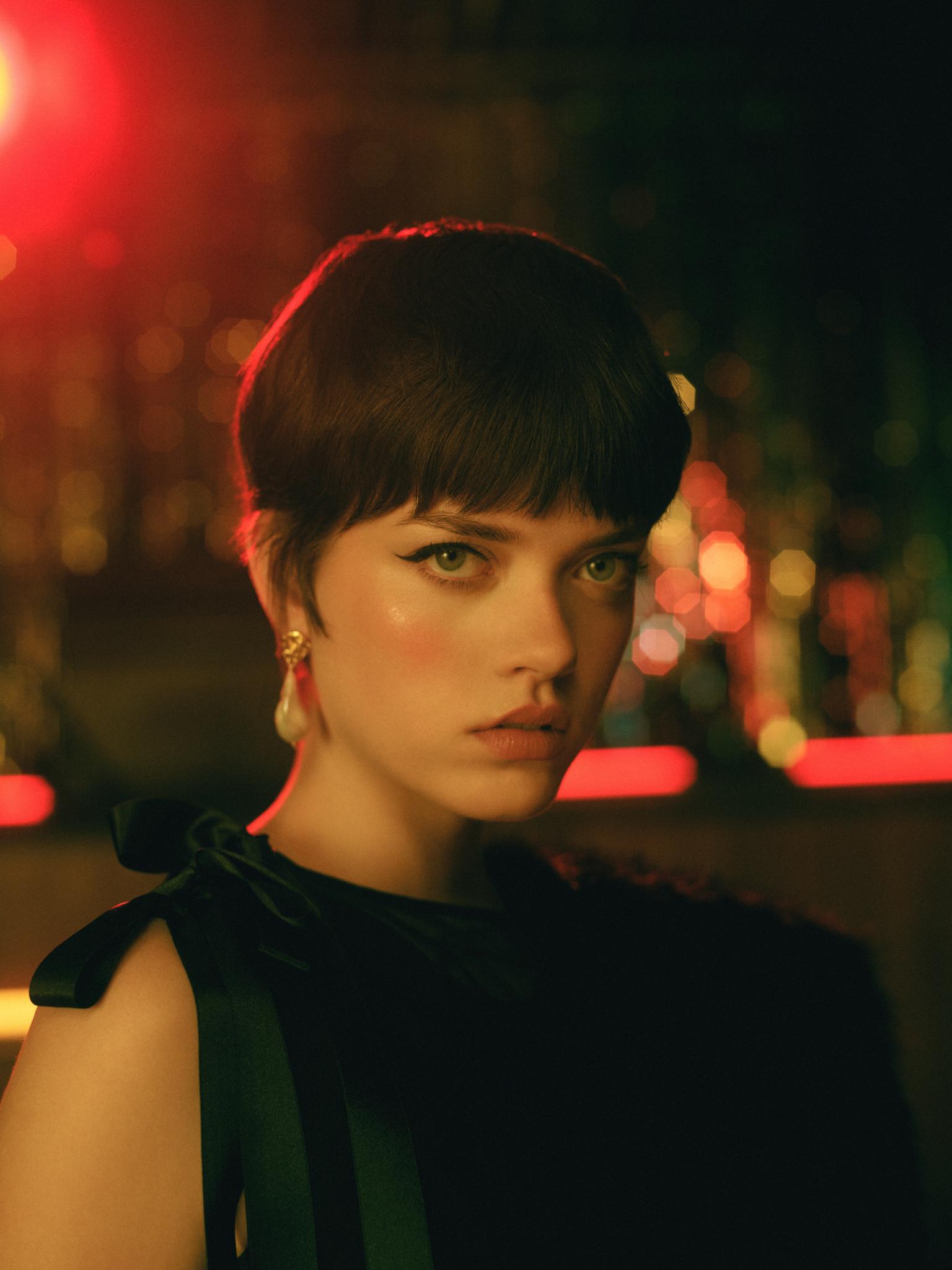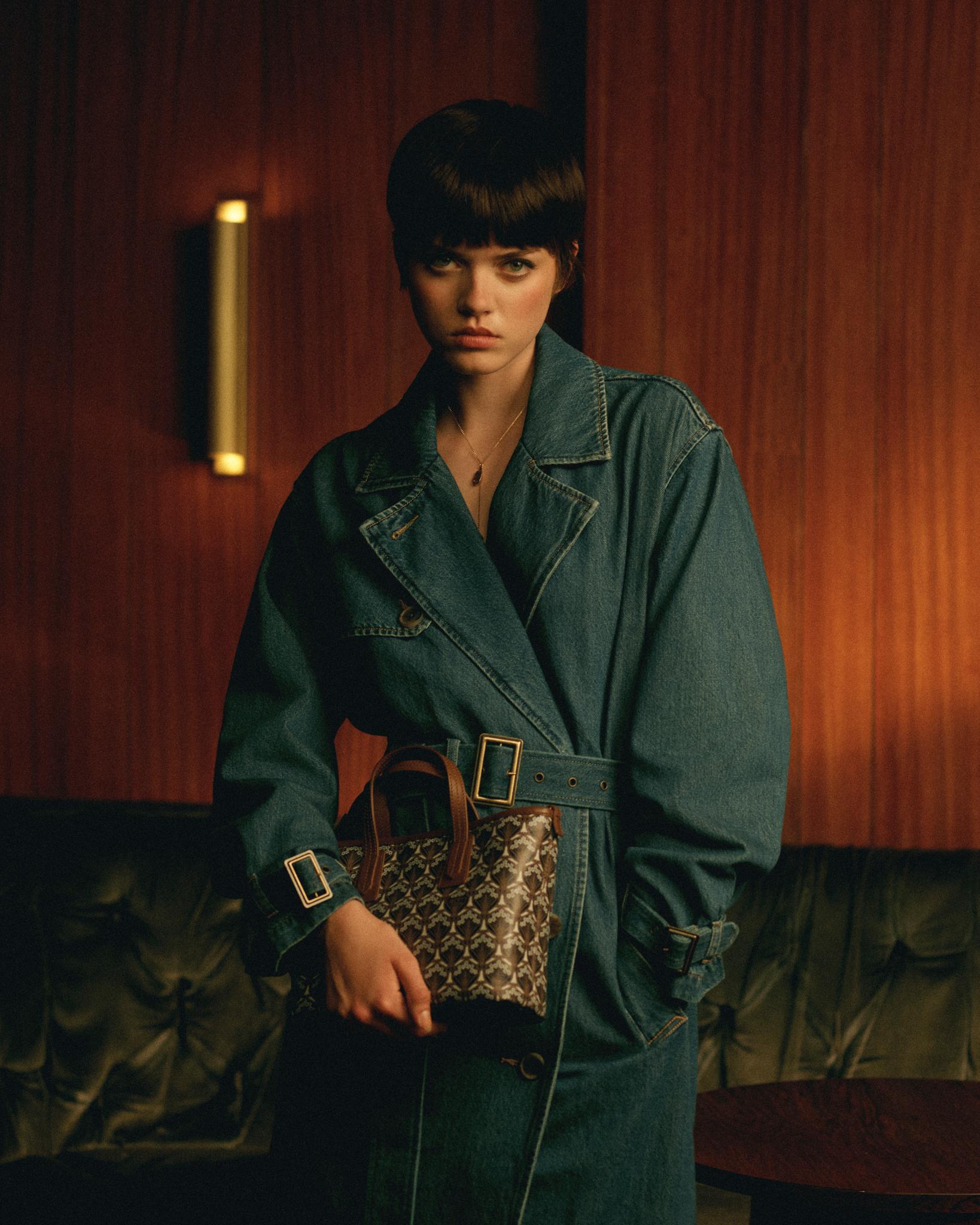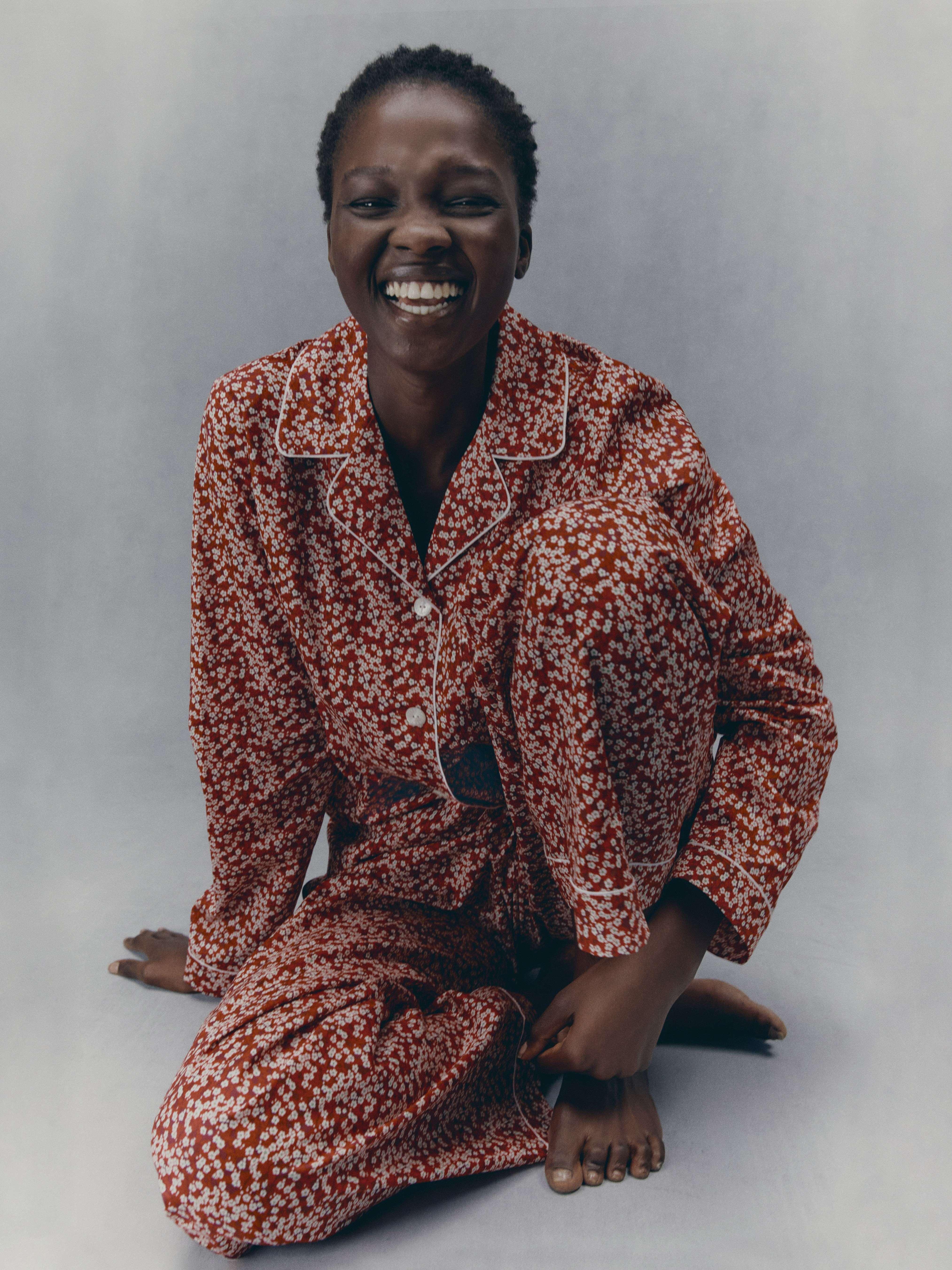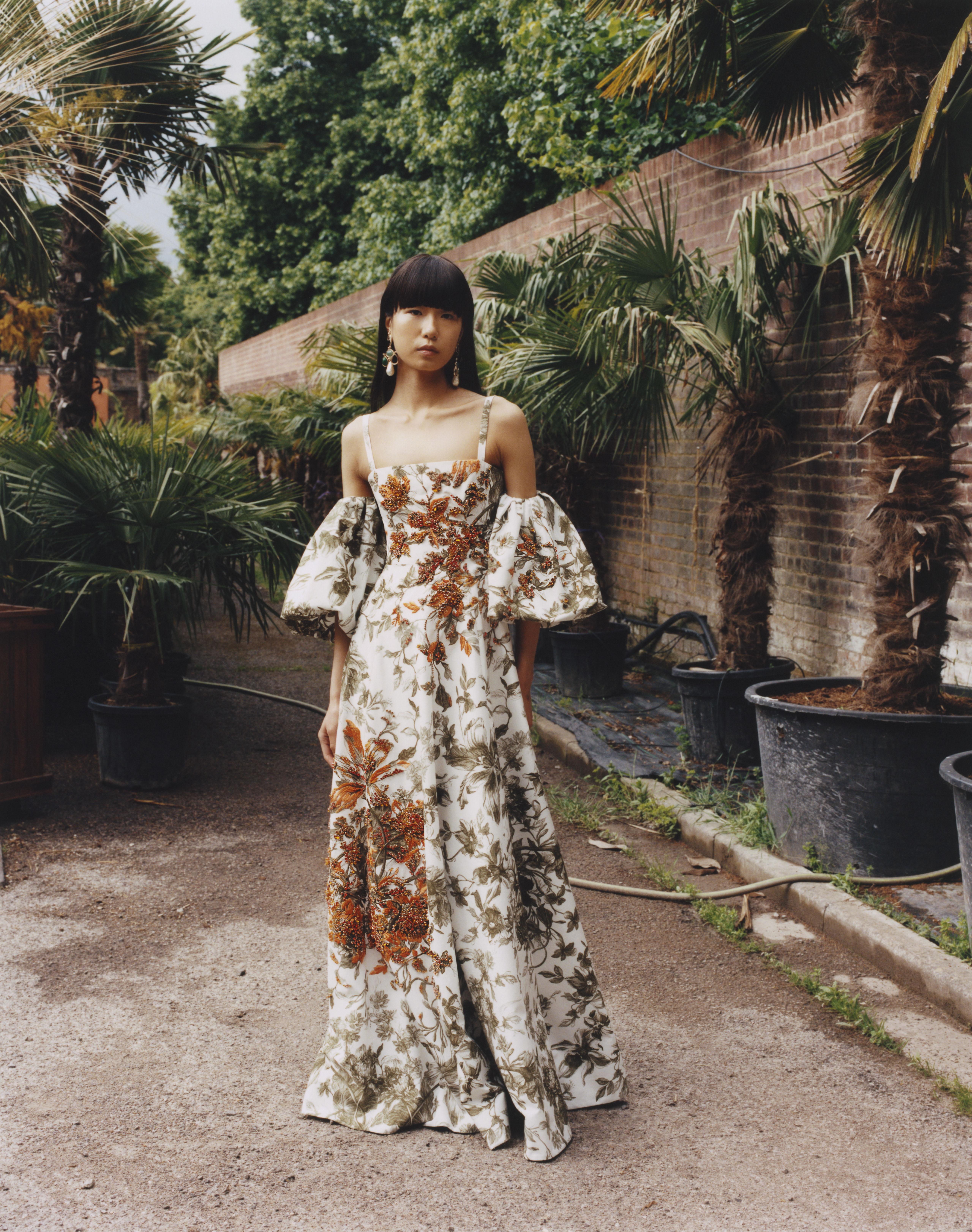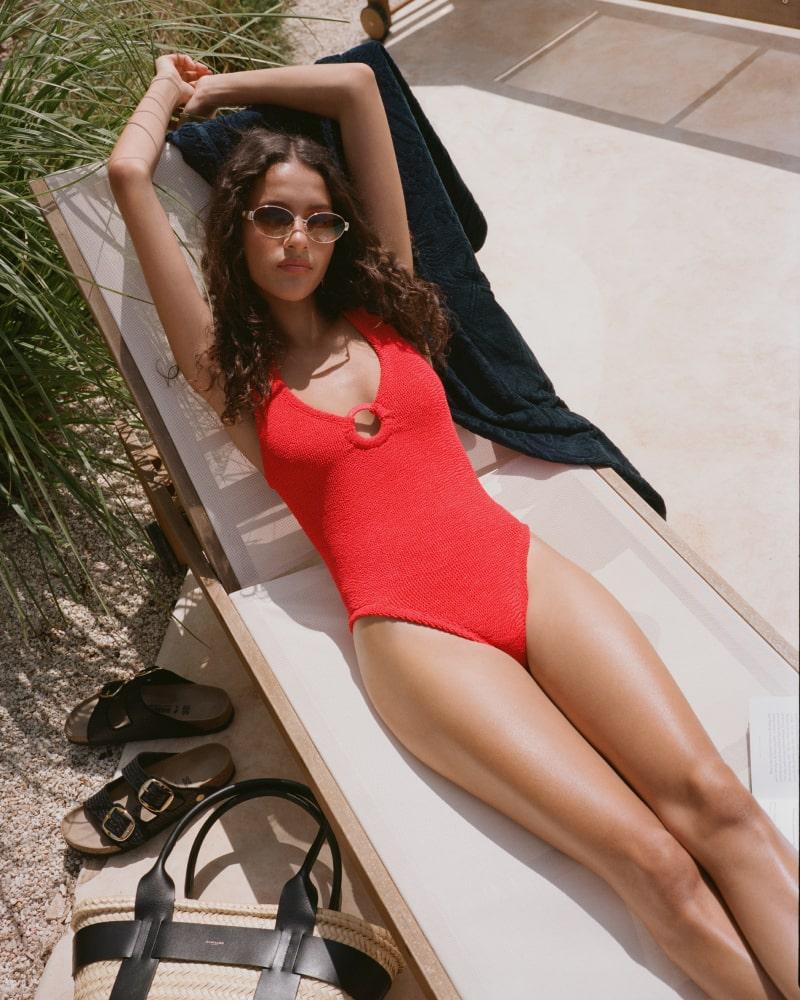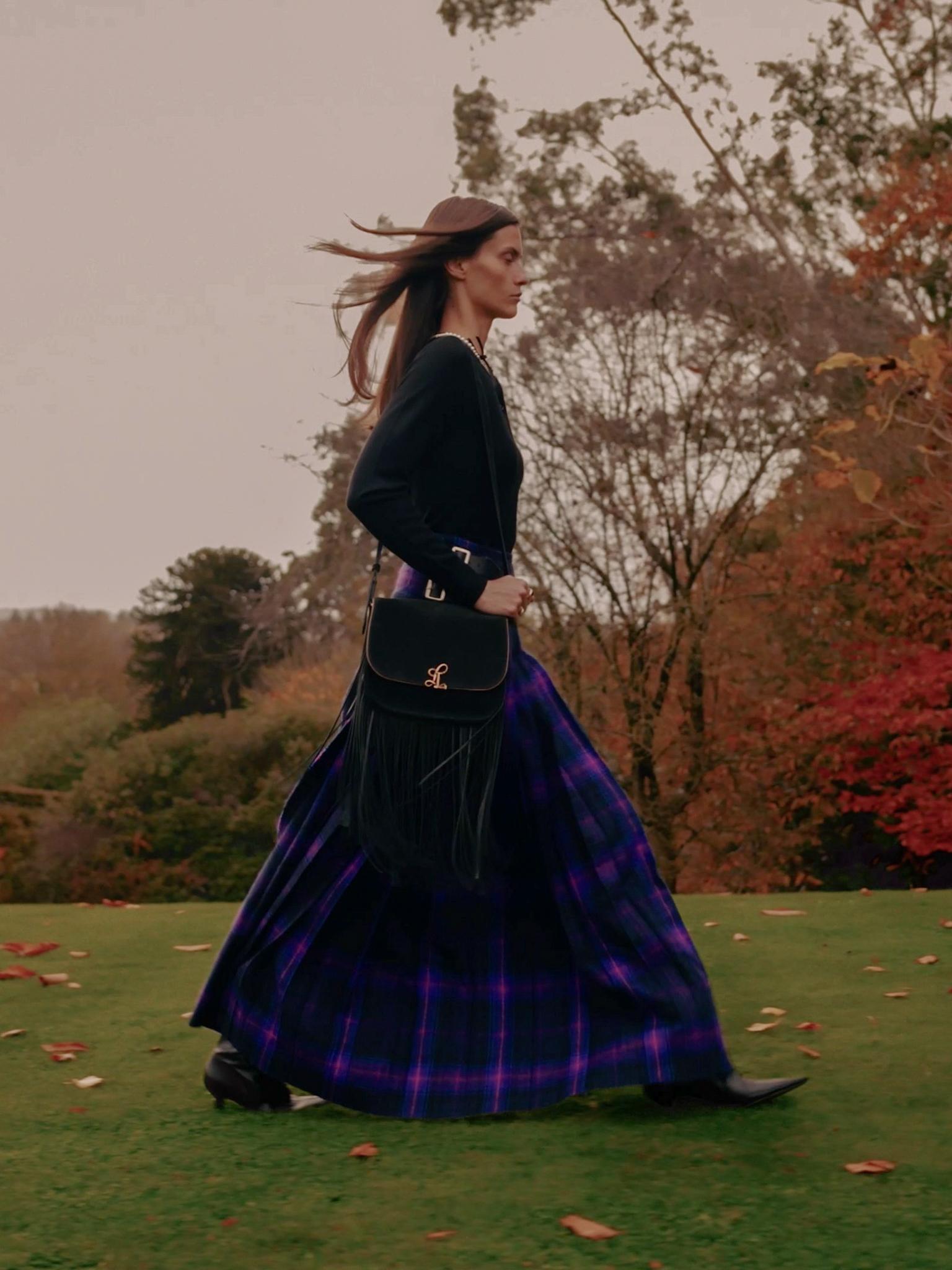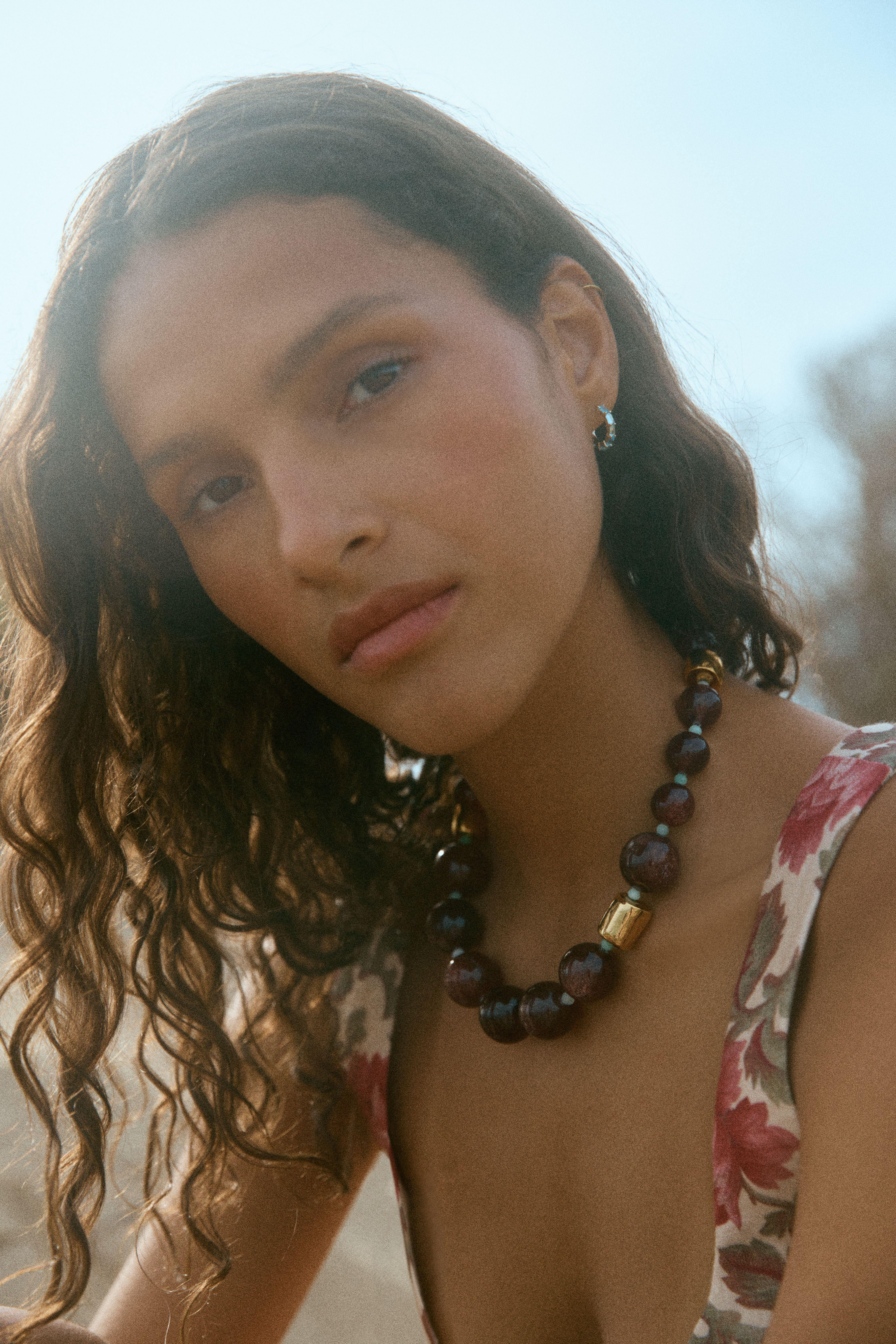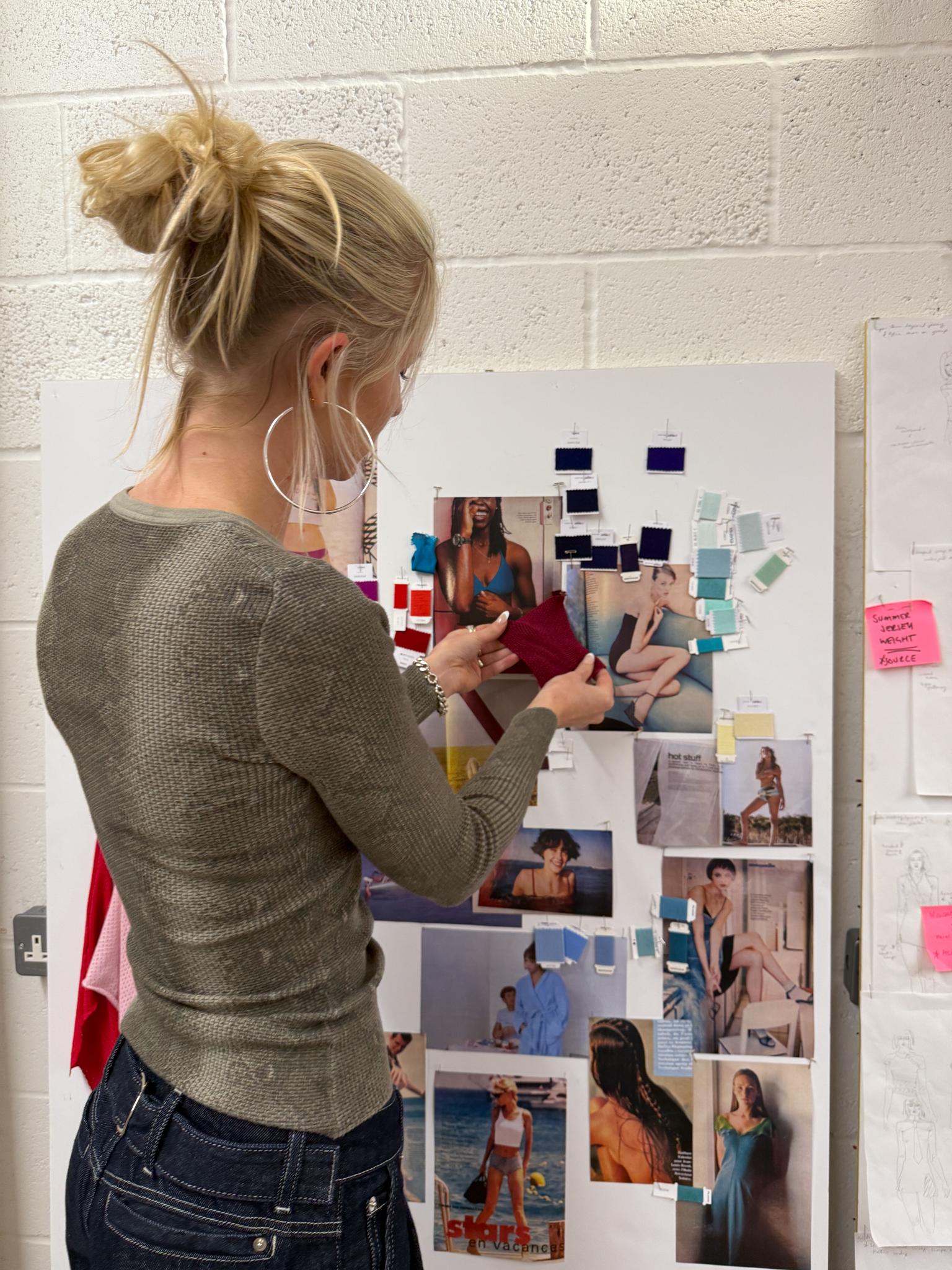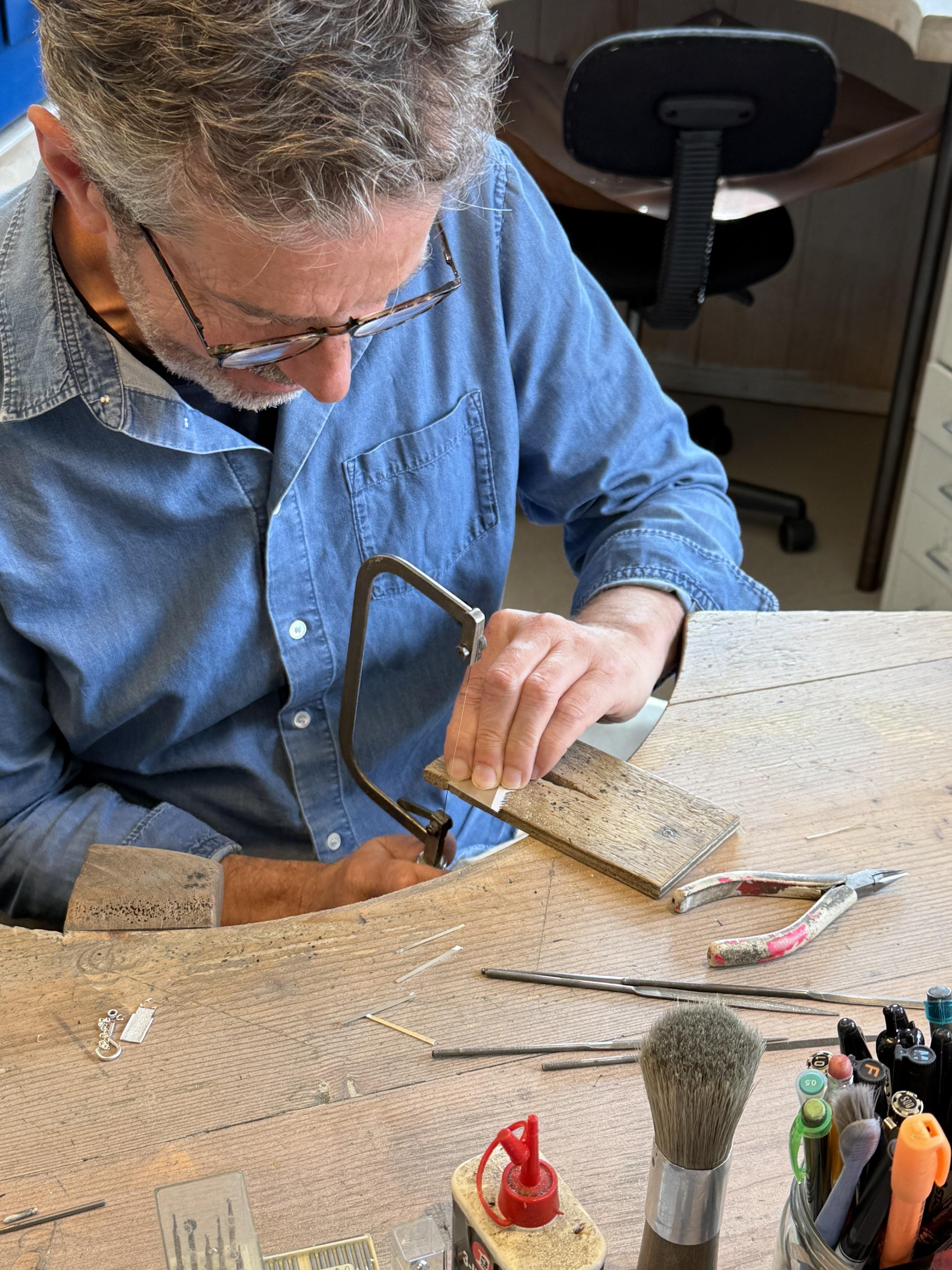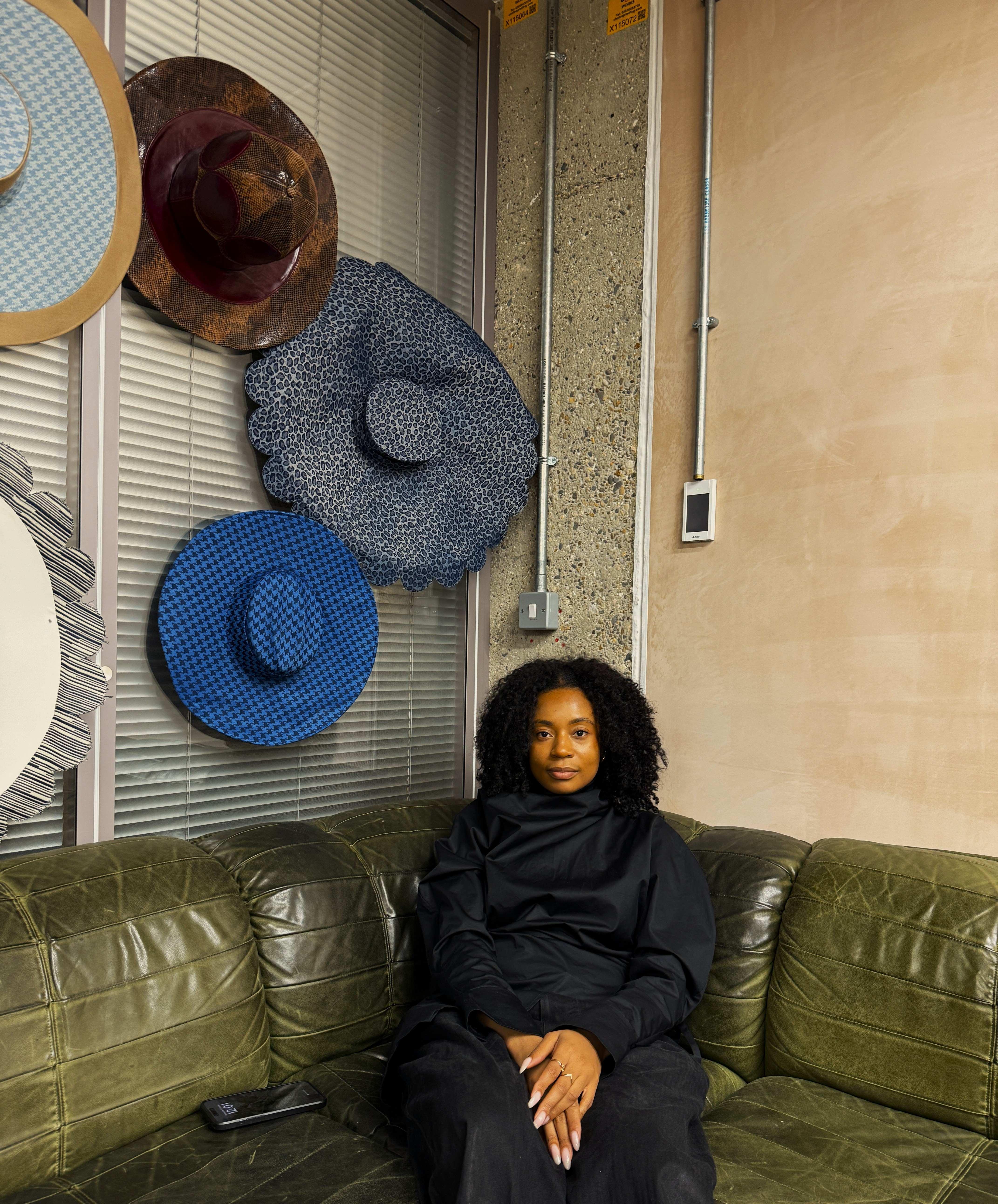
In the Studio with Tolu Coker
The designer and founder gives Liberty a tour of her London studio, as her brand makes its debut in store
Read more

In the Studio with Tolu Coker
The designer and founder gives Liberty a tour of her London studio, as her brand makes its debut in store
In an overflowing room in 180 Studios, an iconic Brutalist building in central London that has been transformed into a teeming cultural centre, British-Nigerian designer and interdisciplinary artist Tolu Coker sinks into a green leather corner sofa, it’s mid-century modern silhouette and perfectly worn texture are the object of much fawning and slight envy from anyone who visits her here, she says.
After graduating from Central Saint Martins College of Art, and stints working at JW Anderson, Celine and Maison Margiela, Tolu founded her eponymous brand, each collection since then an intimate exploration of heritage and memory, and a celebration of togetherness and craftsmanship – a perspective that, in divisive times, feels more poignant each season.
As her AW25 collection launches in Liberty, the West-London born designer sat down with us in her studio to talk all things community, storytelling, and what she calls “the sacred act of making”. Explore her collection in-store at Liberty and experience her artistry up close.
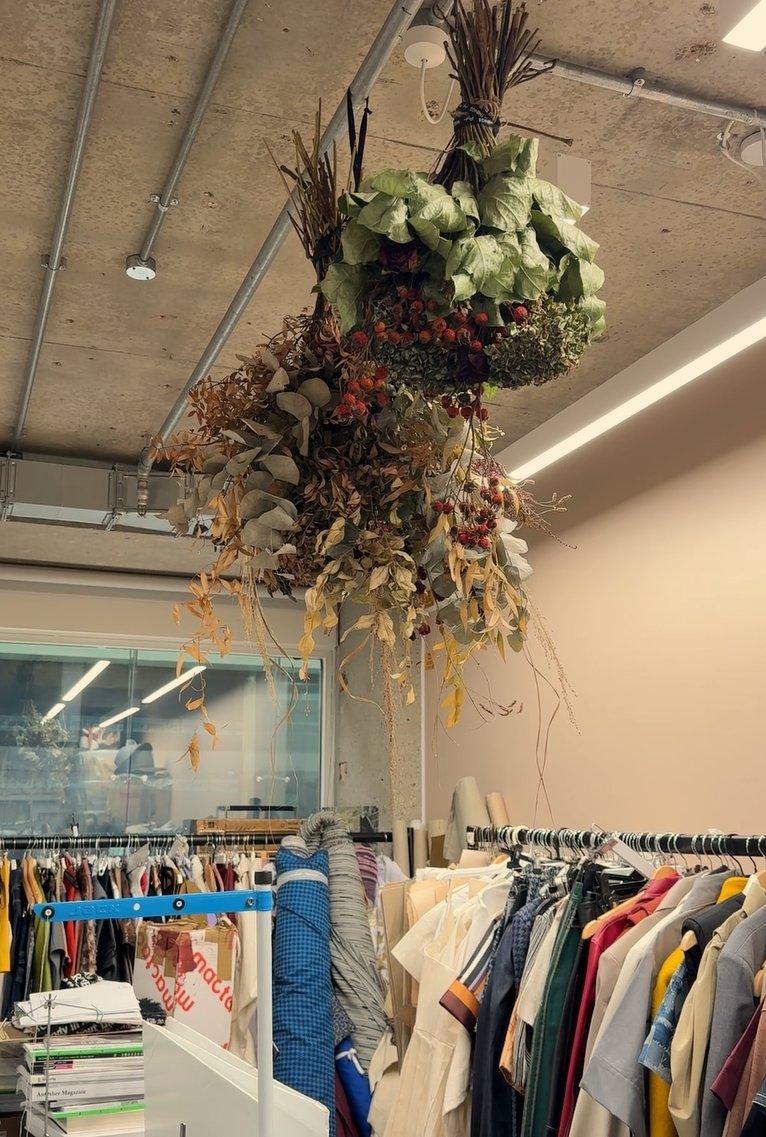
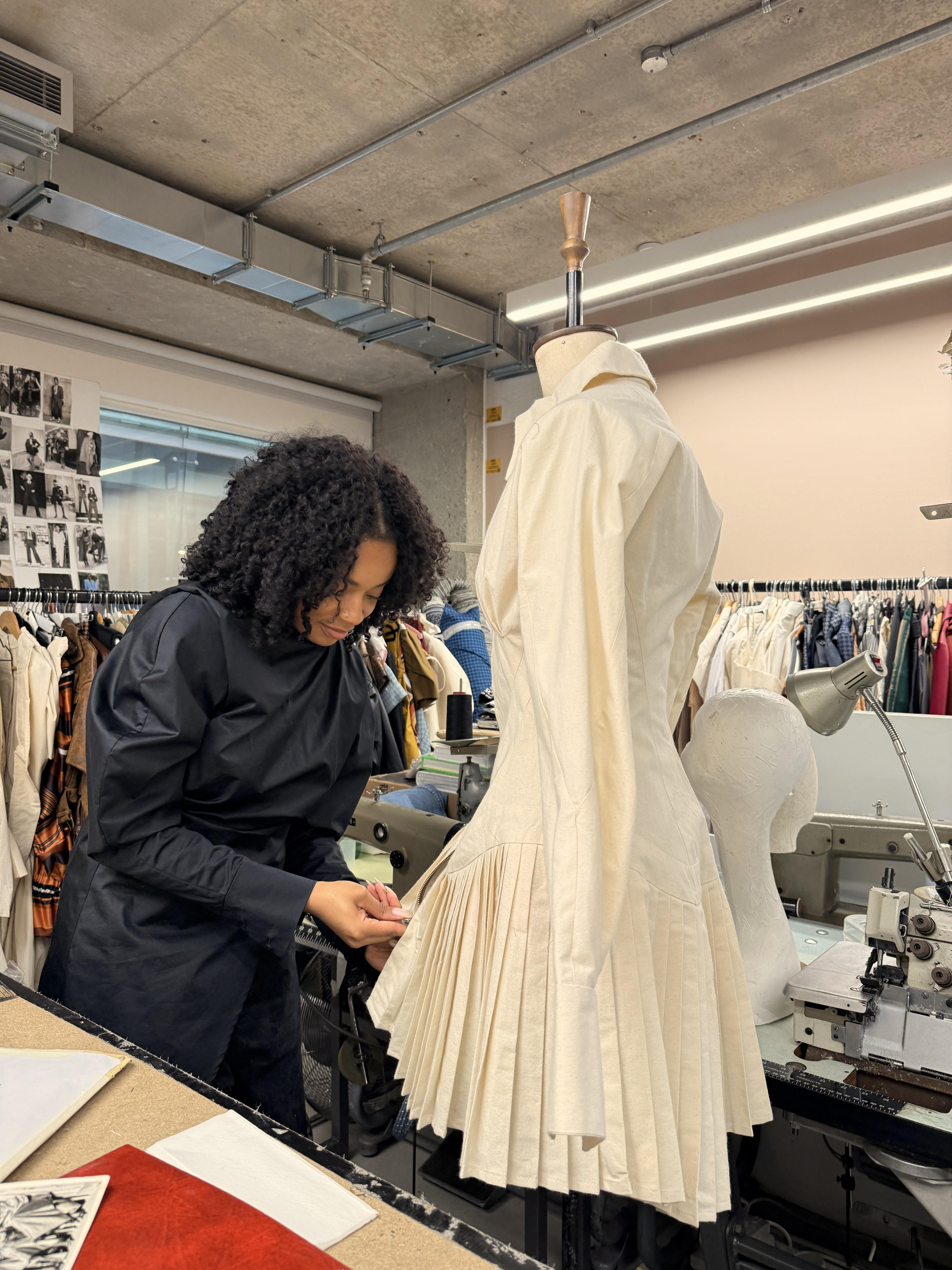
What inspired you to start your own brand?
About a year after graduating from Central Saint Martins, I'd been working at a job abroad for a year, but was also creating a lot of custom pieces - I just decided after that role that I wanted to do my thing.
What has been the core ethos or guiding philosophy behind the brand from the outset?
I think a big philosophy for me is the idea of having conversations through clothes. I think of everything I create as like part of an anthology - it all works to tell a story. The messaging is really about communities that haven't had their stories amplified in the same way as others – and to document that through clothing.
What has surprised you in the five years since you started the brand?
It's surprised me that like things can just happen - you always have to be prepared. It's really important to be resourceful with what you have and be prepared for any opportunity.
Tell us about the space we’re in now - what were you looking for in a studio, and how does it influence the way you work?
I'm at 180 Studios in central London, which is phenomenal – it’s a really creative hub. It's also interesting for me and my practice as well, because there are people from different disciplines, so it's somewhat of a melting pot where I feel like I have my own space but also that I’m in in sort of shared space. What I'm always looking for is like a certain aura or energy to a space. I think where you create it's so sacred - I think of my design practice as quite spiritual too so it’s important energetically to have a space that feels like home.
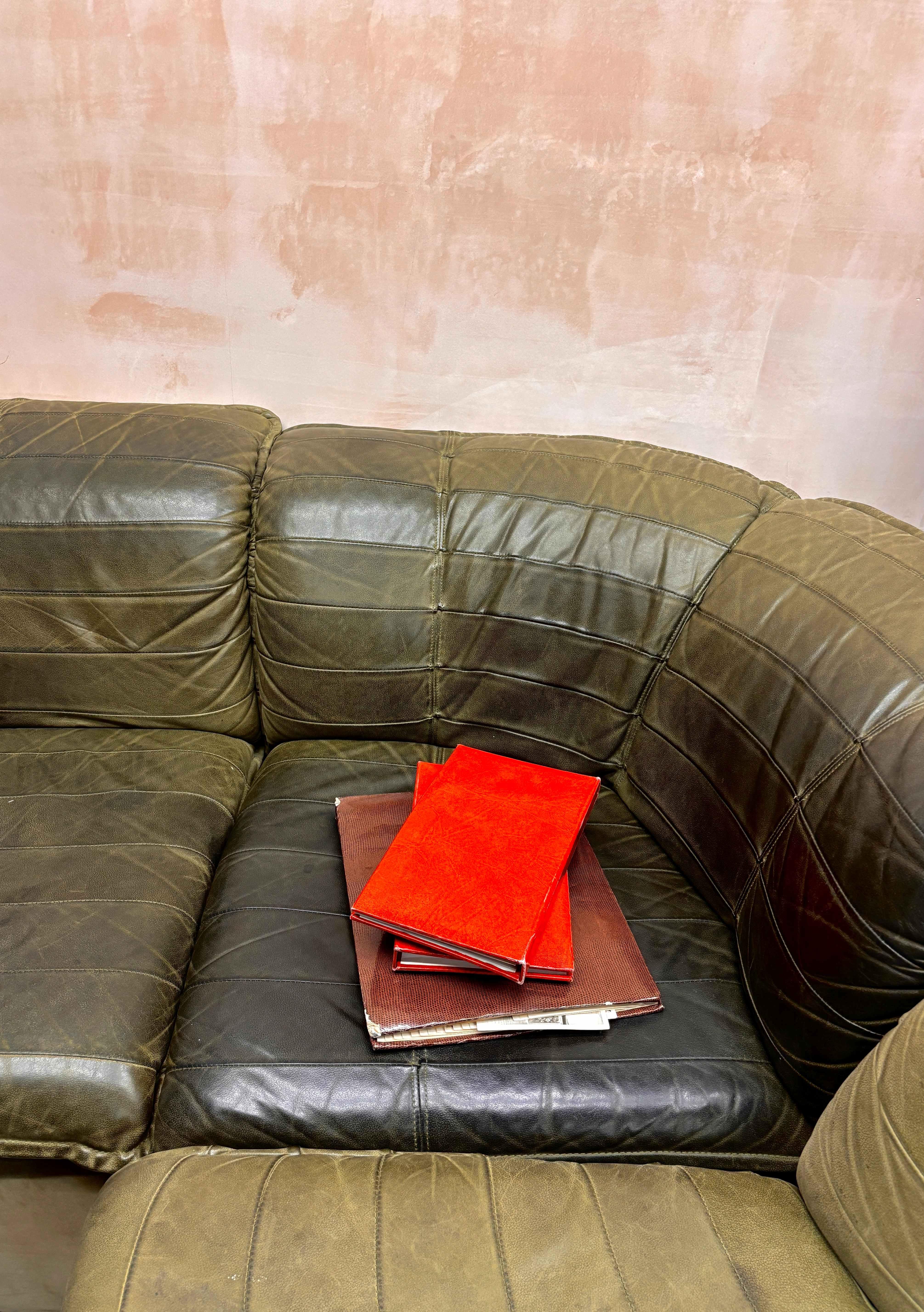
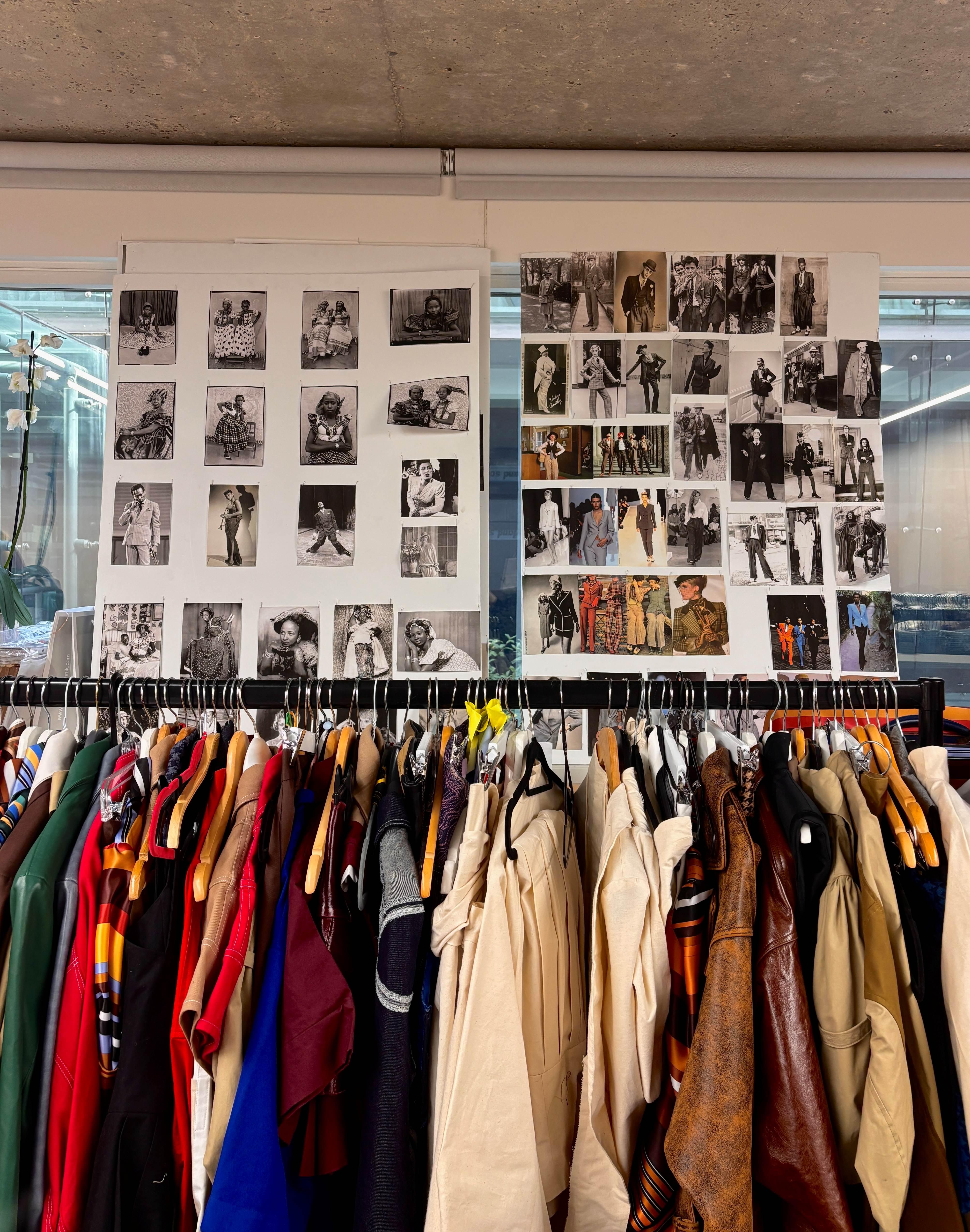
What does a typical day look like for you?
There is no typical day. Some days I'm fighting for my life. Other days it's quite zen and I'm just in complete flow, and I think that's kind of the beauty of it. It's funny because fashion is an industry so you constantly oscillate between being a business person and being an artist.
Your work is known for its emphasis on craftsmanship and community. Where do you tend to find your inspiration?
I’m inspired by the everyday - the mundane details around me. Of course, I draw inspiration from films or plays, but it’s often the ordinary moments that move me most.
Music plays a big role too; I’ll sometimes loop a song 50 times in a day, trying to understand why I’m so attached to it. That feeling can spark ideas for a mood or story. I’m also inspired by people - by feeling connected to someone and exploring the community around them. Those connections often shape the narratives I want to tell. What’s happening in the world influences me as well.
Clothing is so closely tied to who we are and how we live that designing outside our lived realities feels unnatural. I always return to the everyday - to looking more deeply at what surrounds us. Beneath the surface, there are incredible worlds, communities, and stories waiting to be seen and shared.
Once an idea strikes, how do you take it from concept to finished piece? What does your design process look like?
My process is total chaos and serenity at the same time. I often feel in flow, even when the process looks chaotic. Sometimes I’m working flat on patterns or draping in 3D on a stand - that’s the hands-on design part. But other times, I’m sitting in a dark room, listening to sound, and suddenly rethinking the whole collection.
I’ll ask myself: “does it look the way it sounds?” Because we design with presentation in mind, it becomes more than just making clothes - it’s about building a world, crafting an atmosphere.
My process is also multidisciplinary. Sometimes I’m sketching or mark-making for prints, other times experimenting, making happy mistakes, or deep in research - talking to people, gathering imagery, and exploring what I want to evoke in each collection. It’s never linear. It moves in waves, and that’s what keeps it alive.
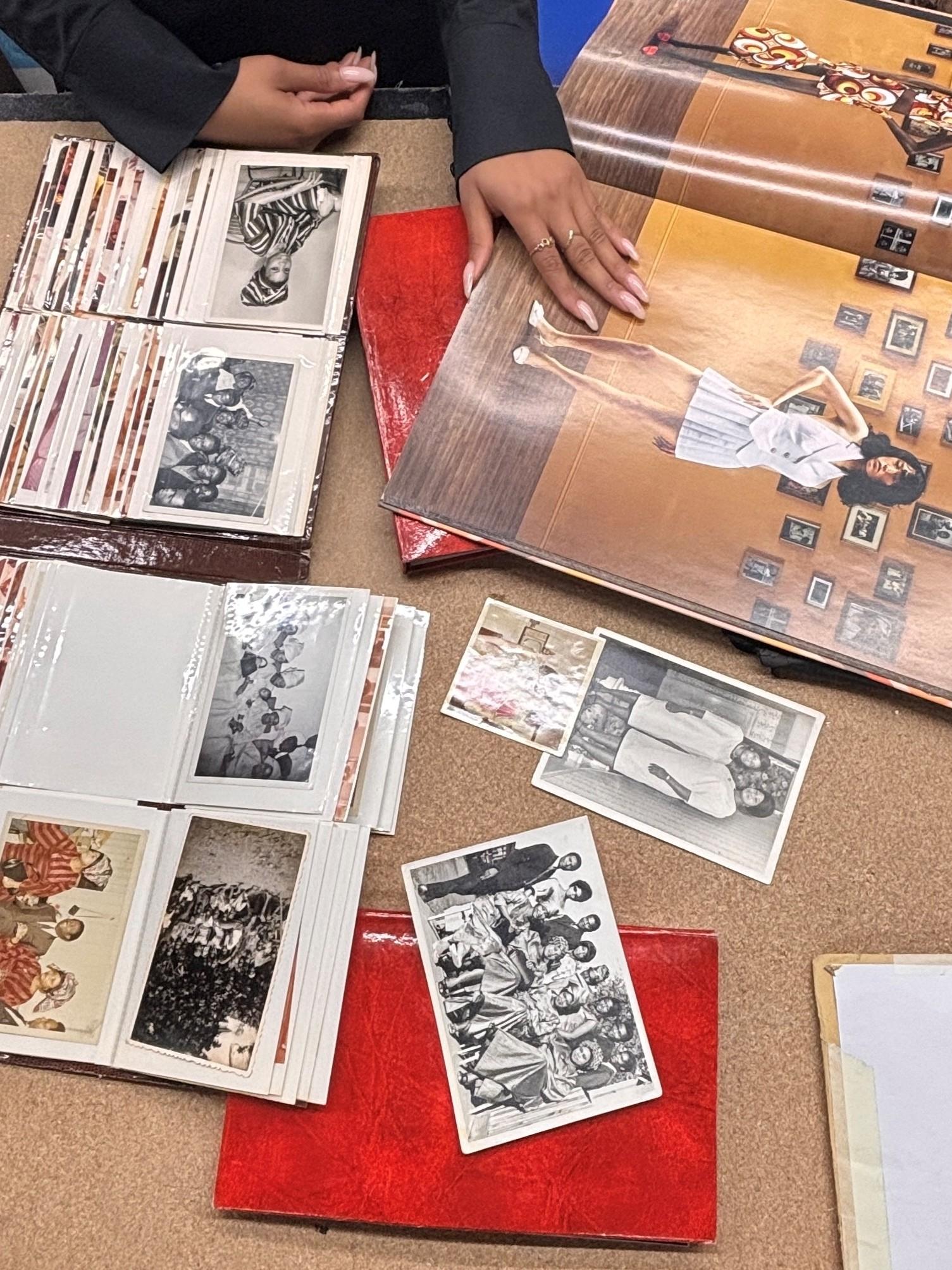
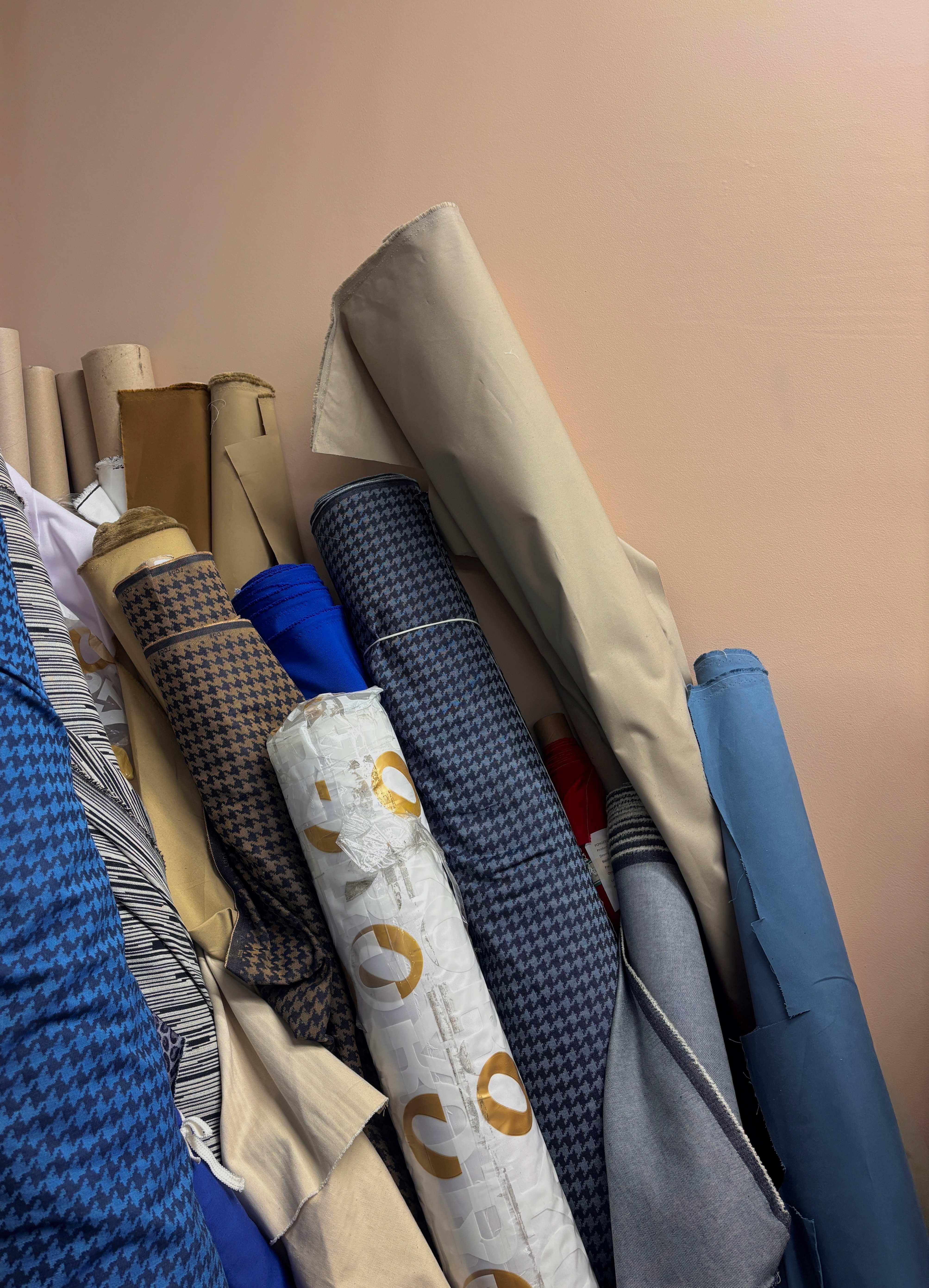
What role does storytelling play in your designs?
It’s everything. Some of my fondest childhood memories are when family would visit from Nigeria - I was instantly intrigued by the folk tales my aunts and uncles would tell me. In West African culture, there’s something called a Griot, a storyteller who passes messages onto the next generations. For people across the diaspora, histories are transported through people’s bodies - like a grandma telling a mother a story, and so on – and that idea is a really big part of how I create, because for me, the clothes are heirloom too.
Your latest collection explores how dress codes evolve across generations and geographies. What draws you to the intersection between ceremonial and everyday dressing?
I keep returning to the idea of the mundane - it really intrigues me. There’s this constant dance between the ceremonial and the everyday. The mundane is what we often overlook, yet it’s what connects us most deeply as humans. The ceremonial, on the other hand, reflects our perceptions and projections of others. I’m fascinated by how those two ideas interact - how something ordinary becomes significant enough to be part of our rituals, and what that says about us.
Dress plays such a vital role in that. So much of history is documented through clothing. When you think of any decade - the 1970s, for instance - you immediately picture a style that reveals something about society at that time. So, it feels like a disservice when communities that exist today aren’t given that same visibility or representation in popular culture or fashion.
For me, exploring the ceremonial and the mundane is also about bringing heritage and culture back into luxury fashion - honouring where we come from while creating space for those stories to be seen and celebrated.
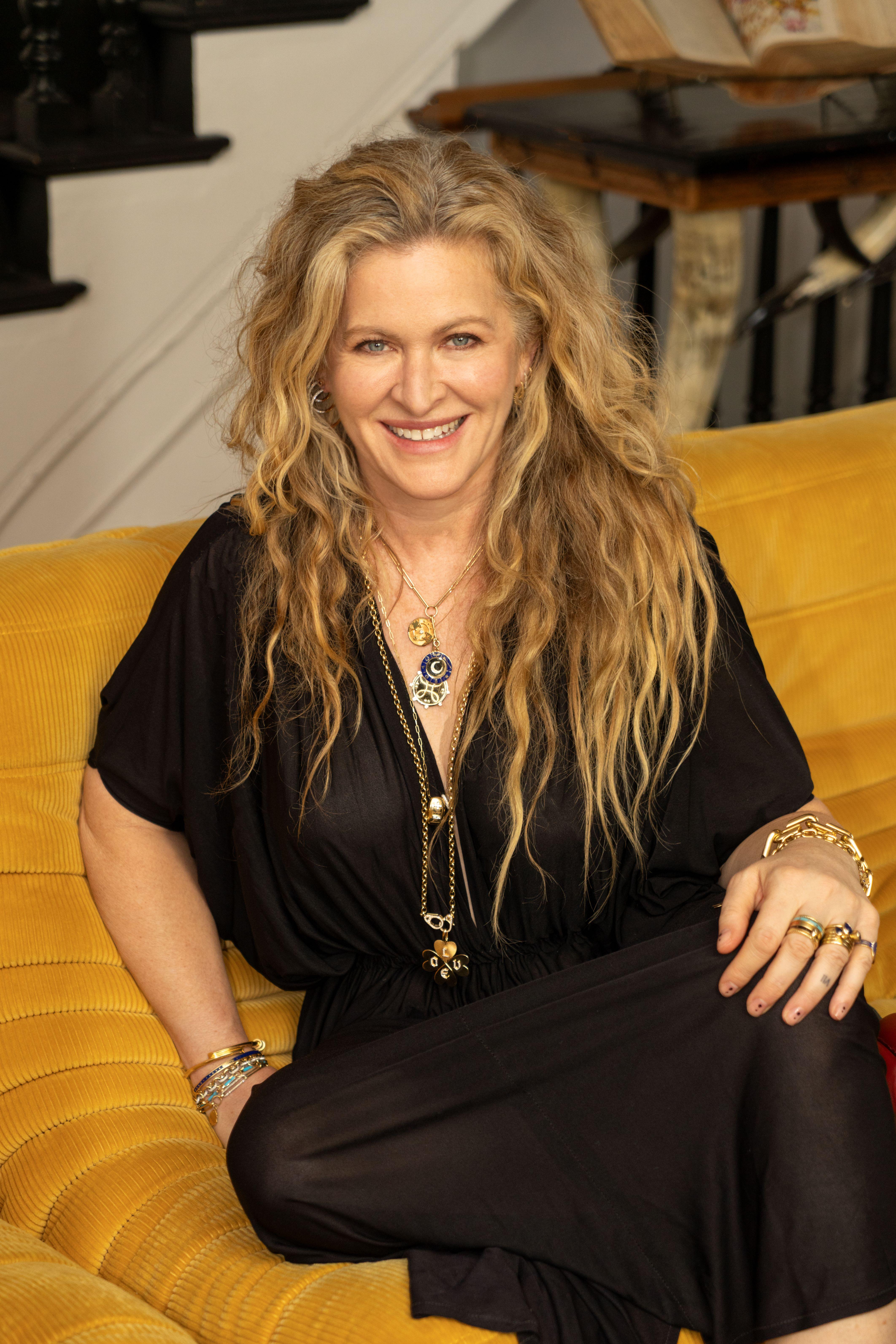
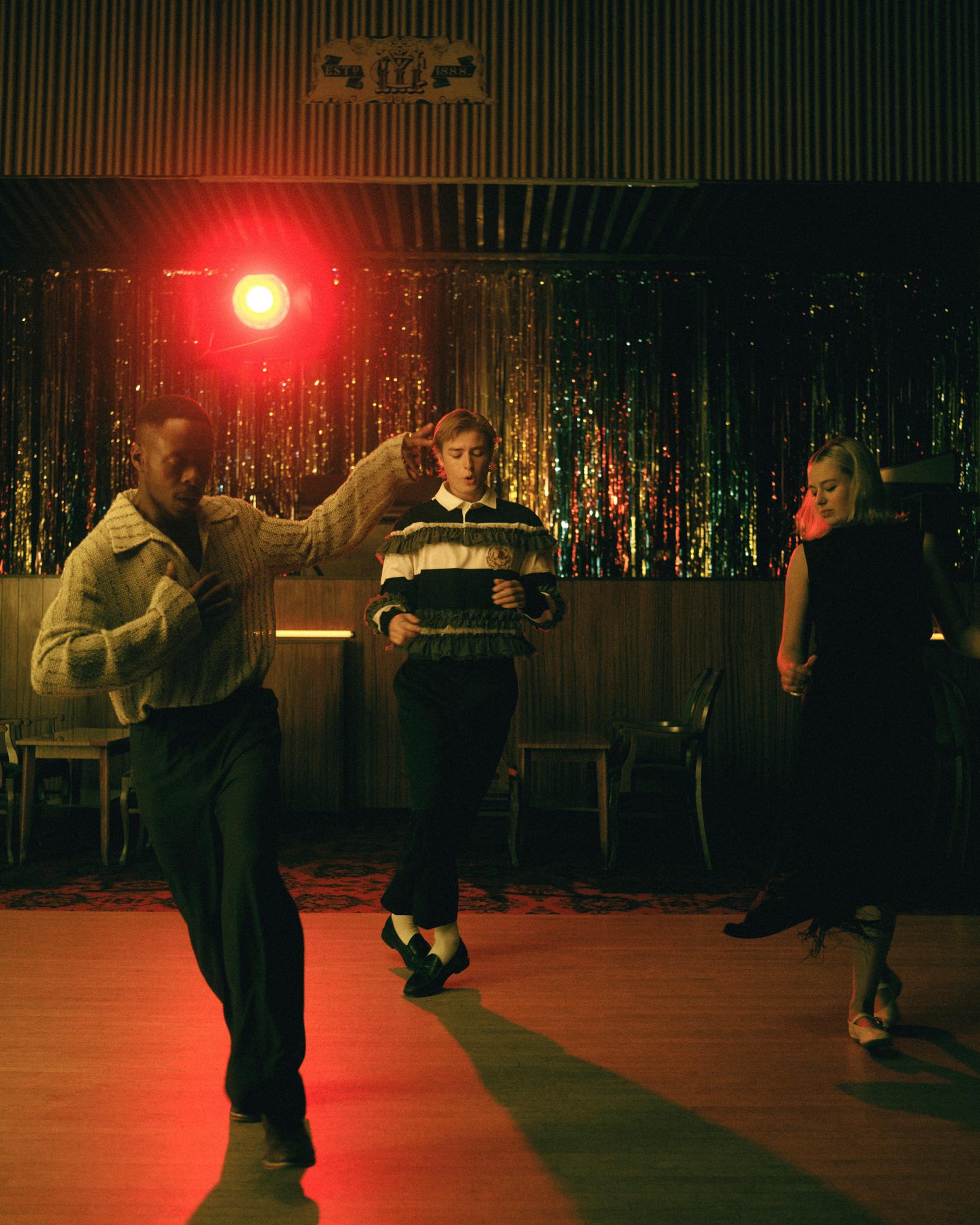
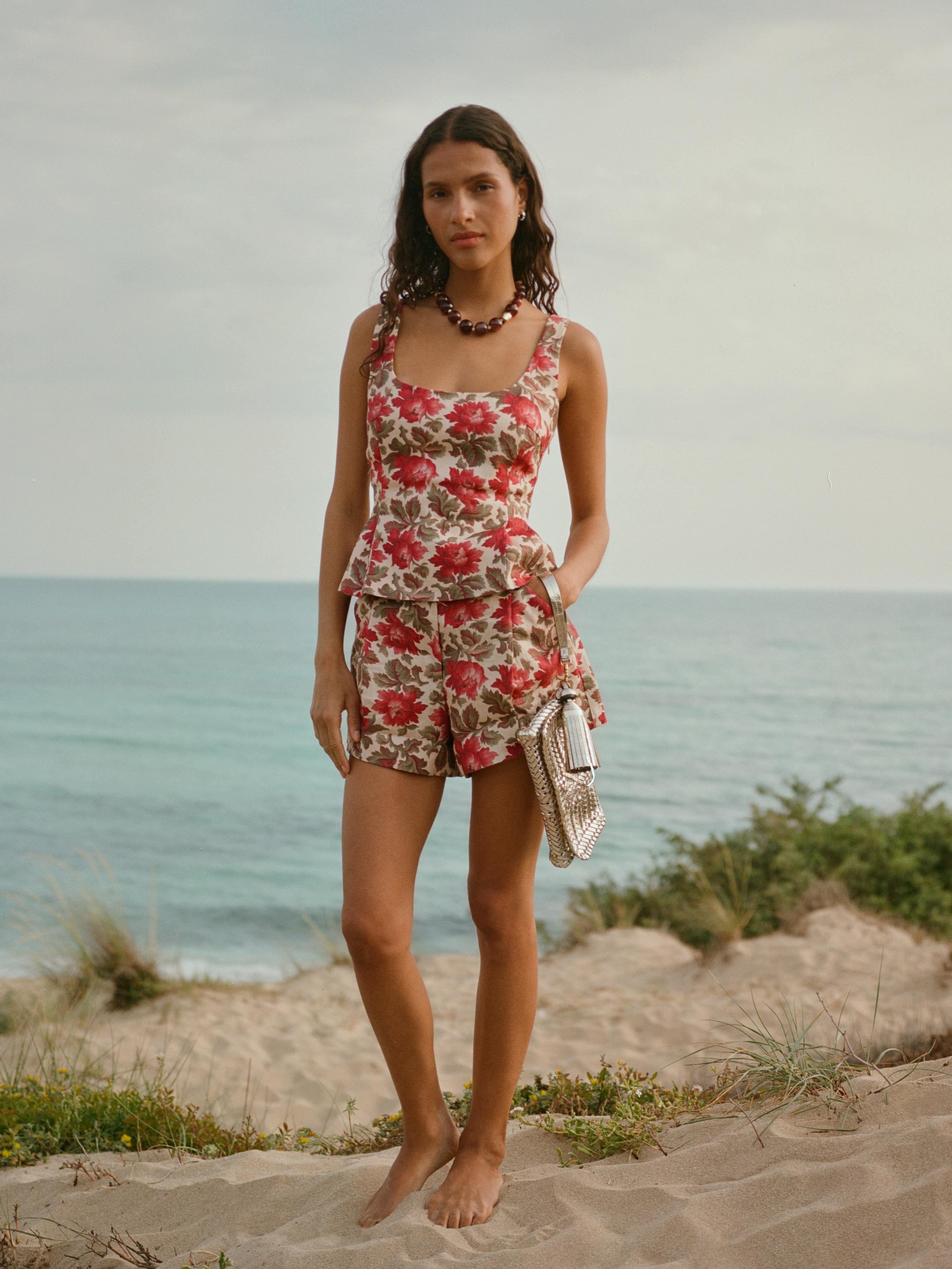
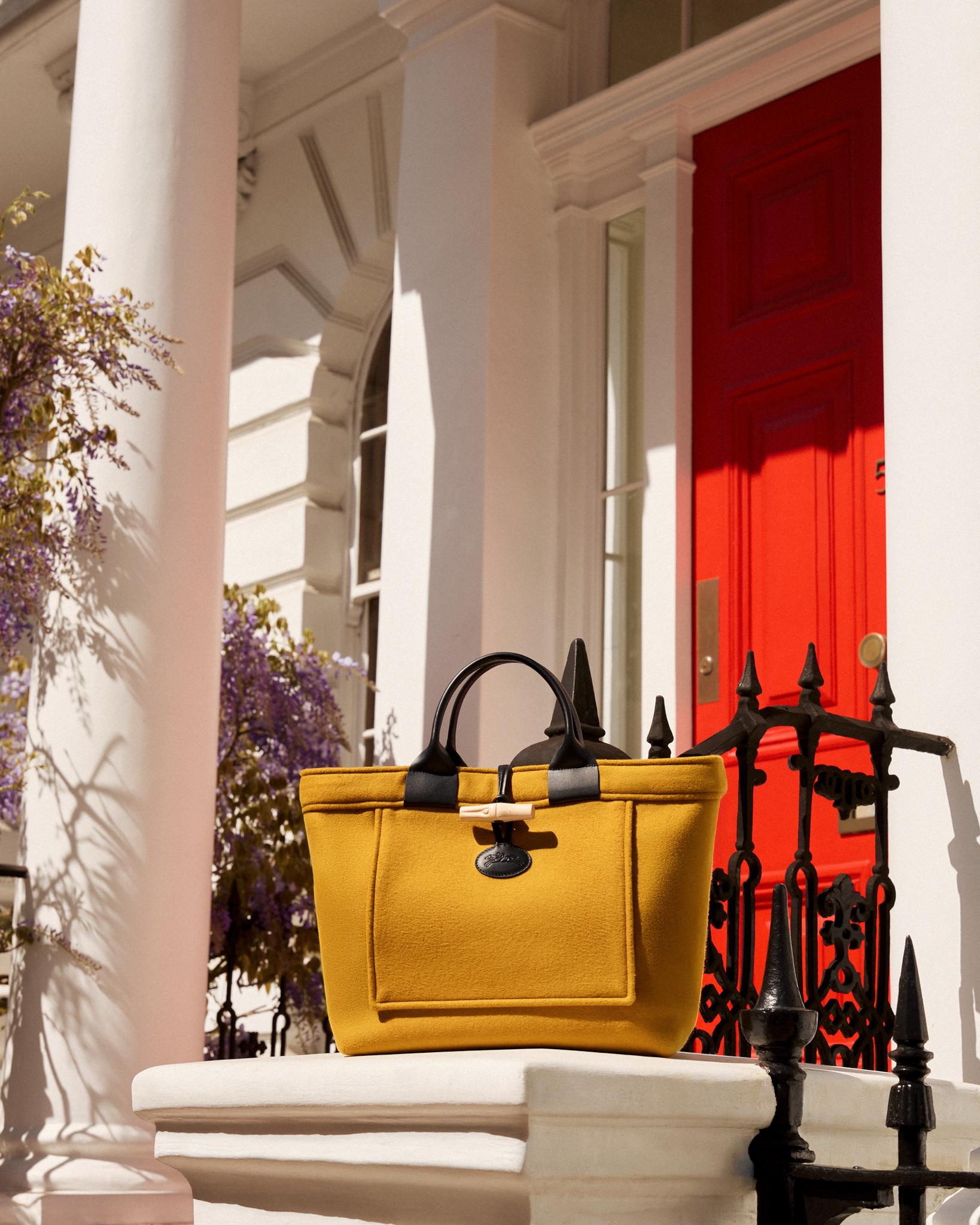
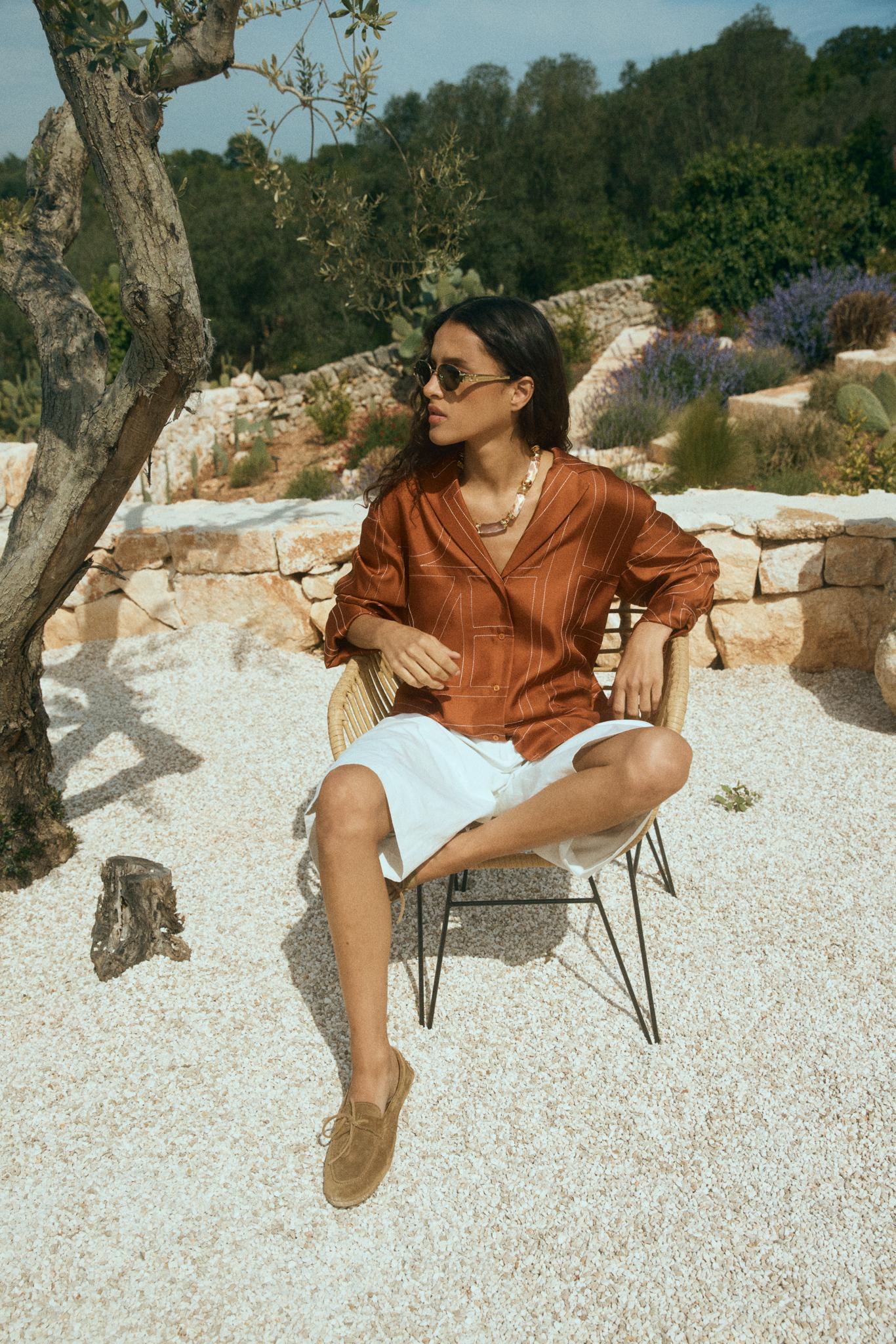
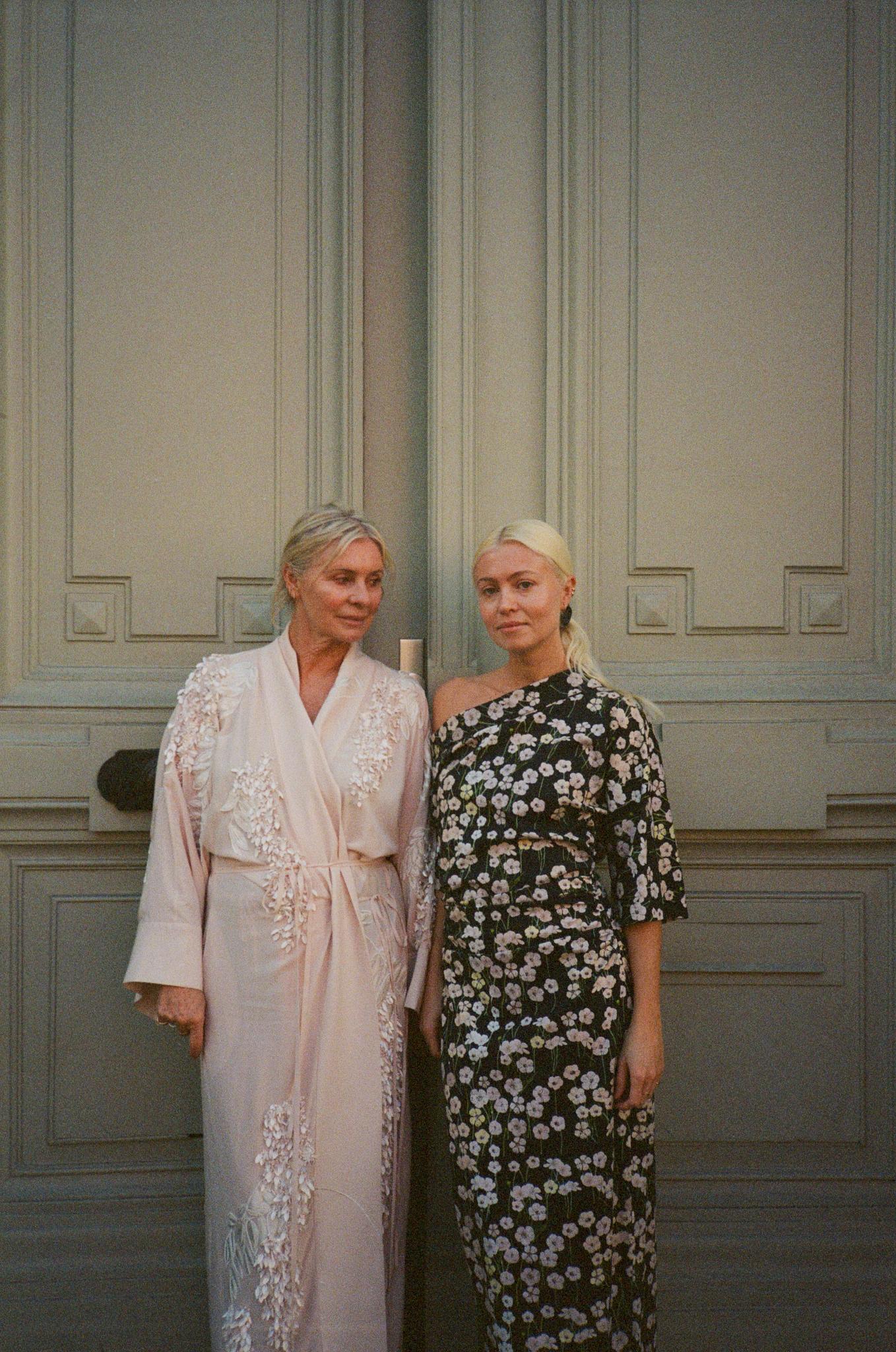
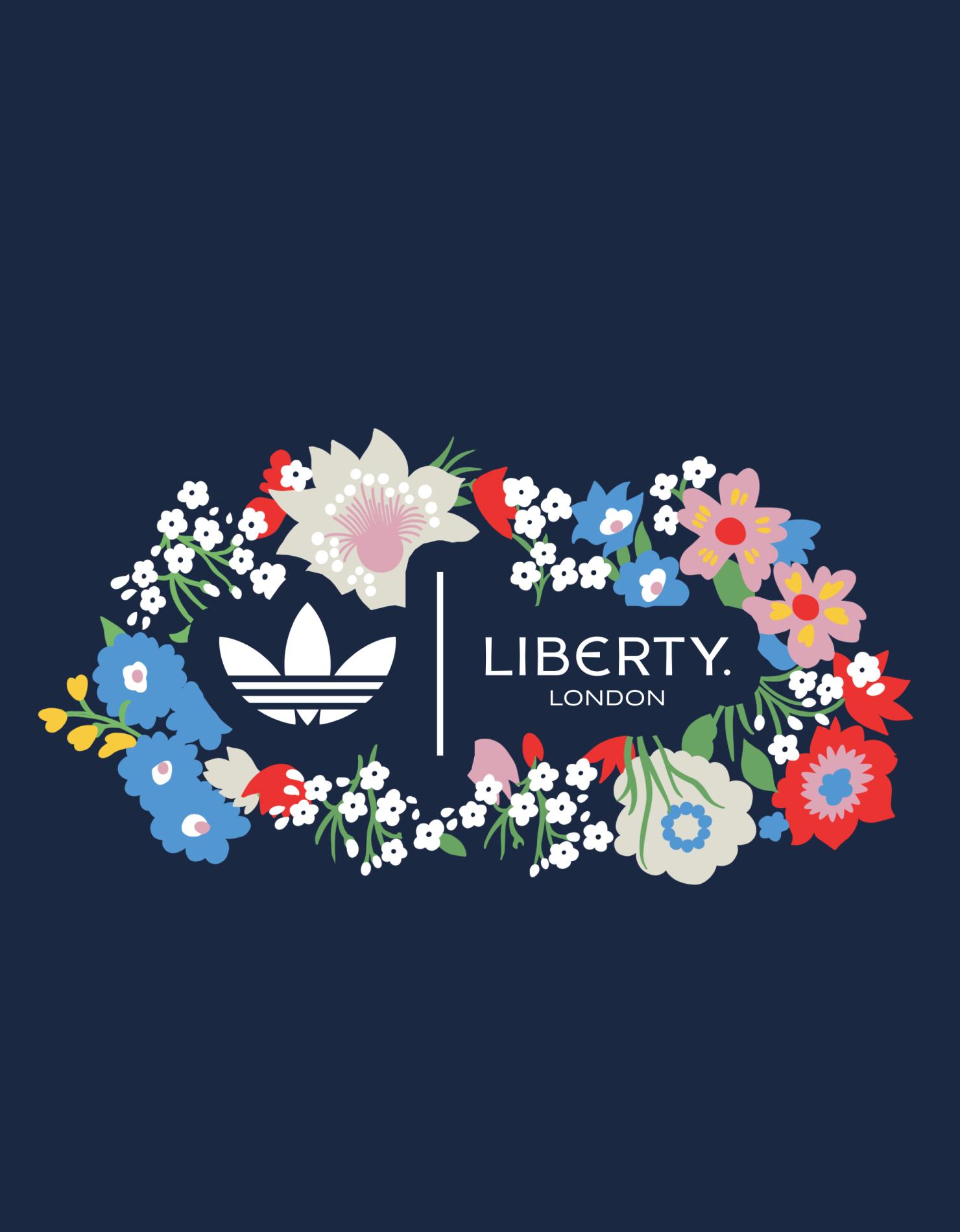
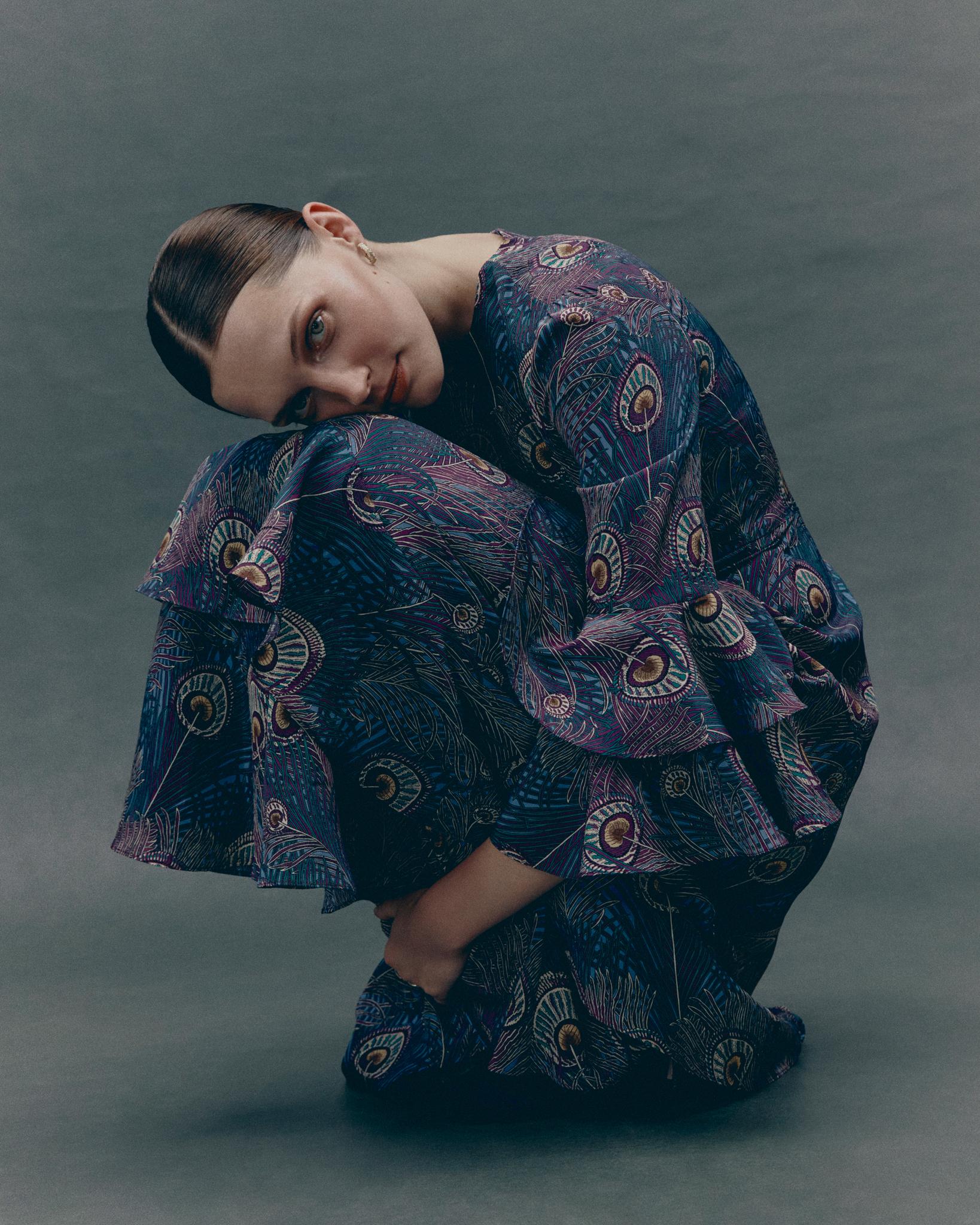
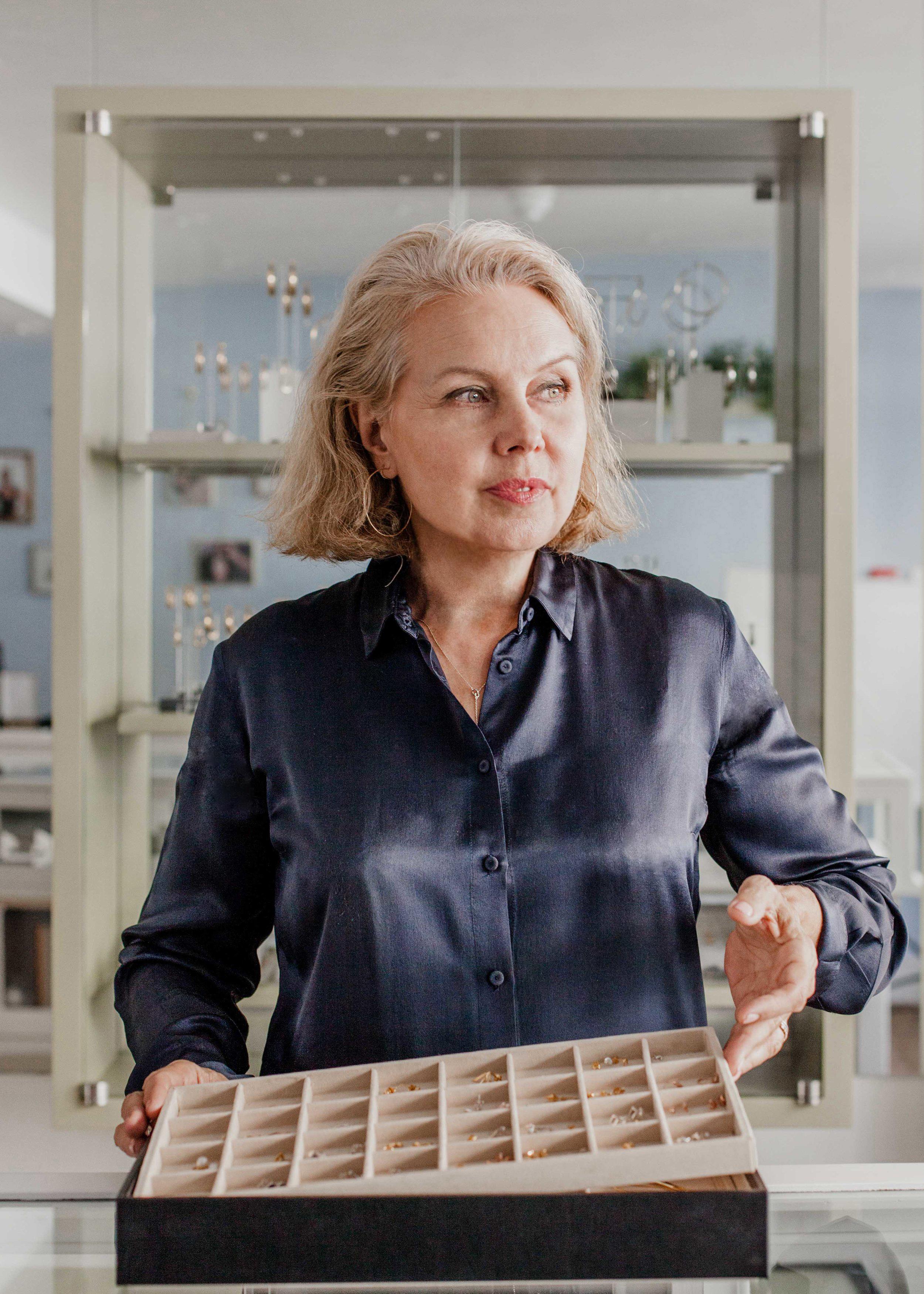
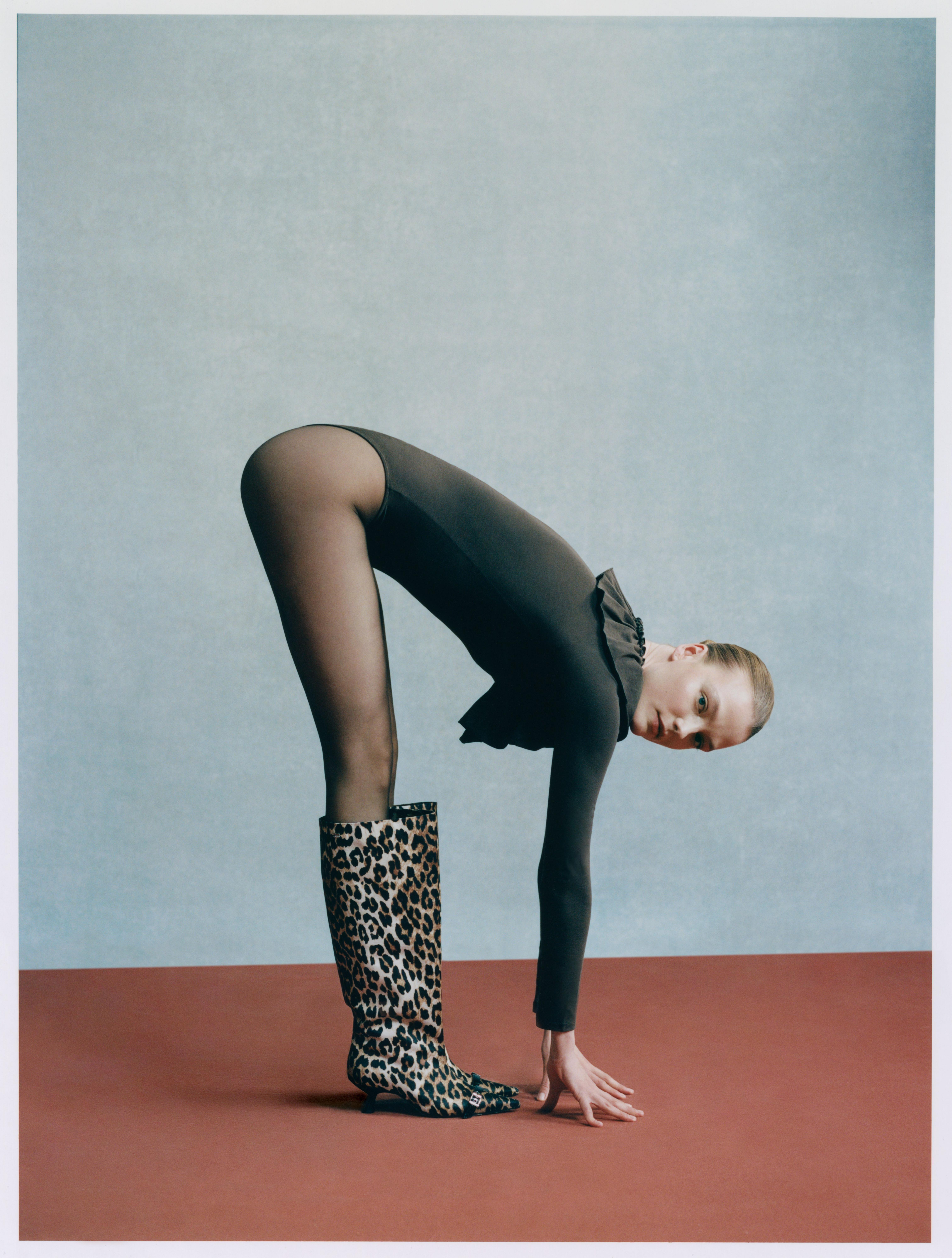
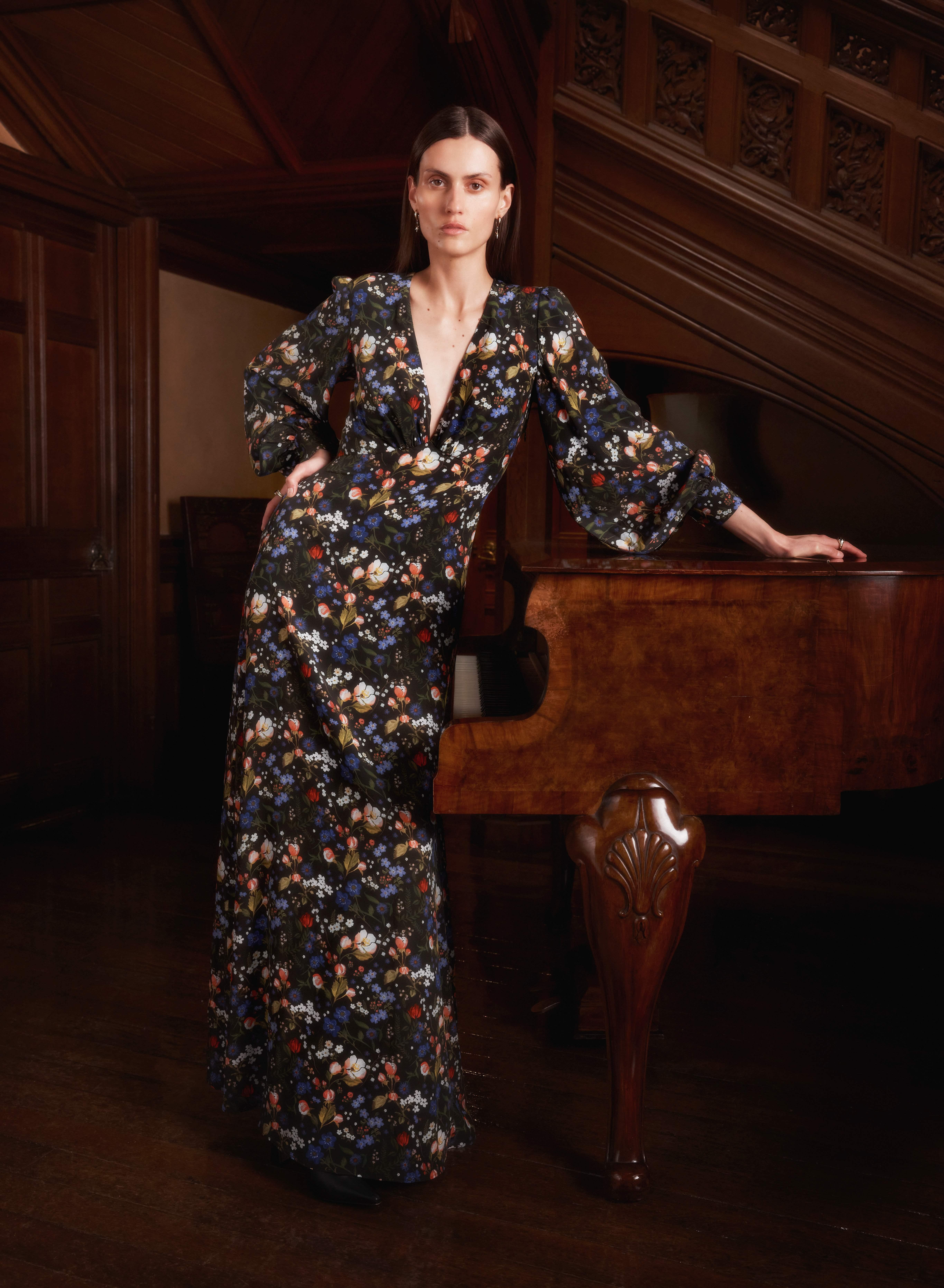
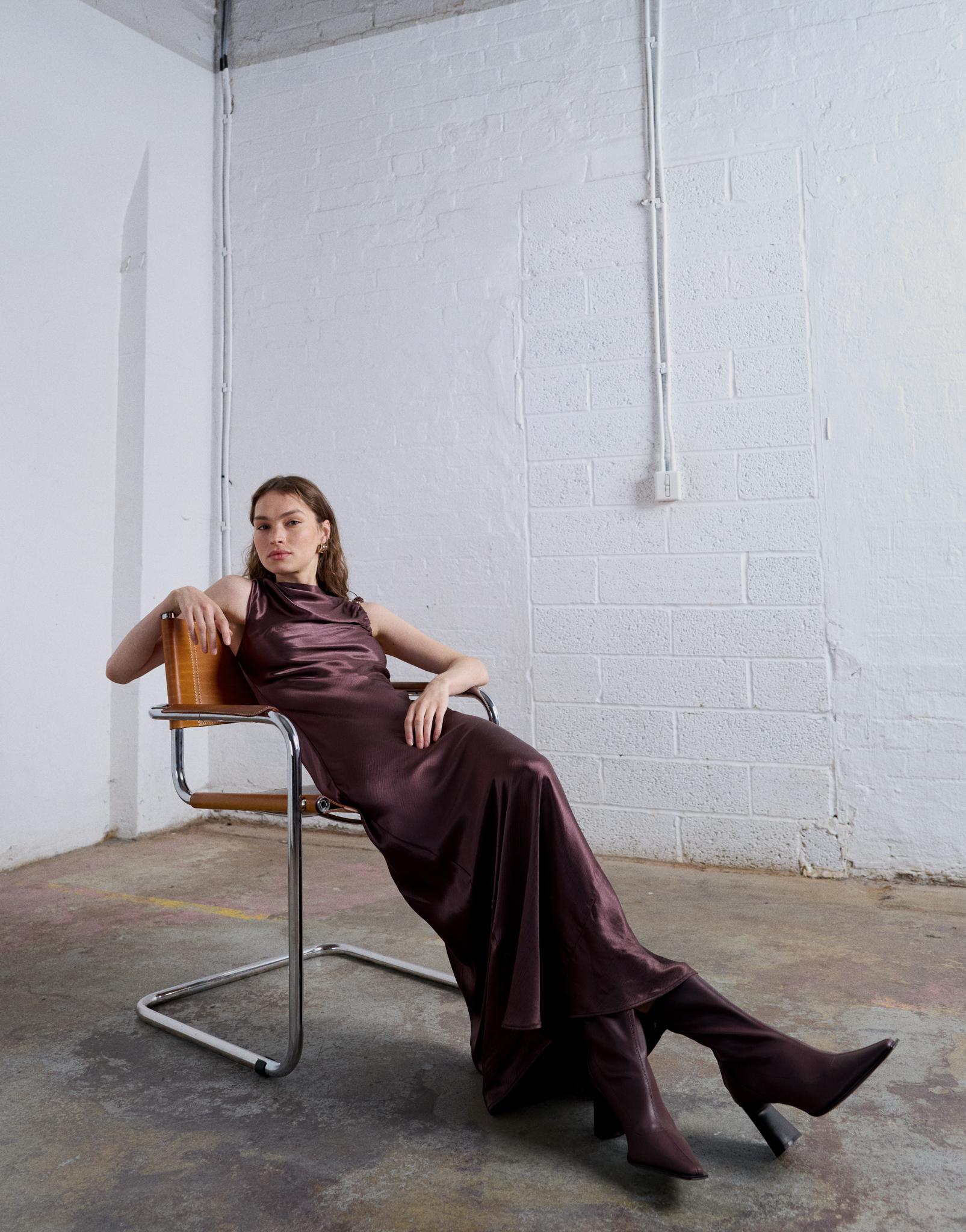
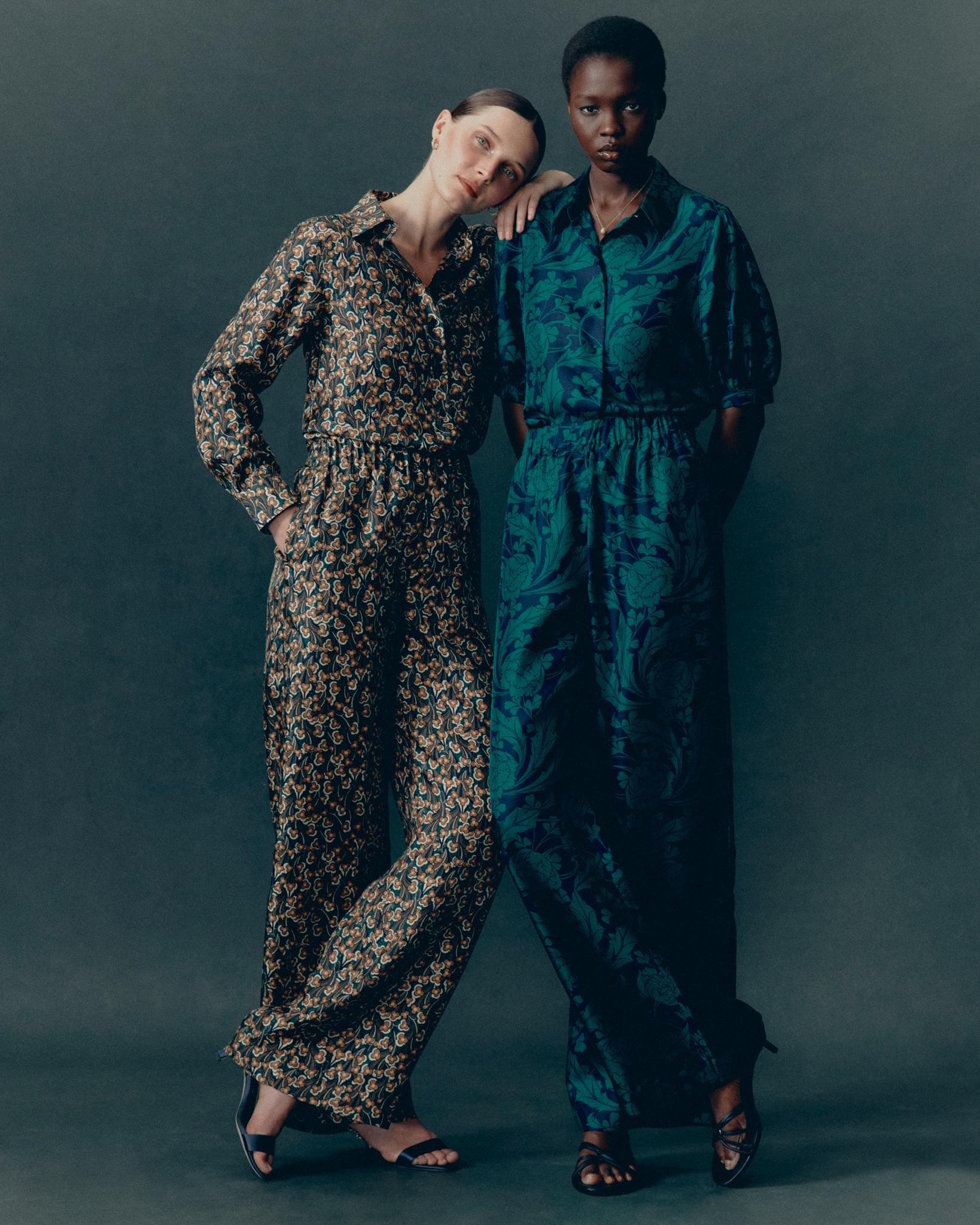
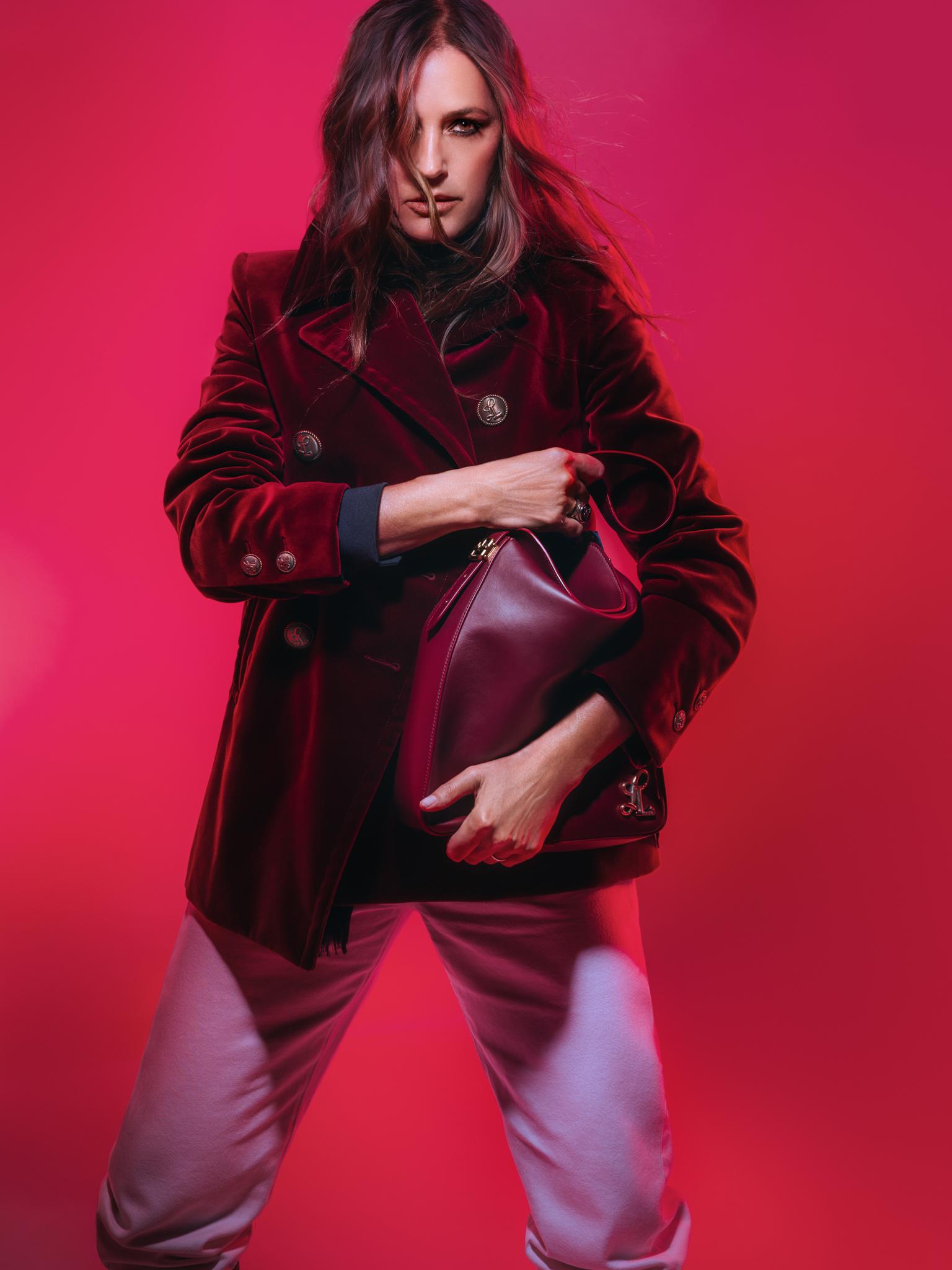
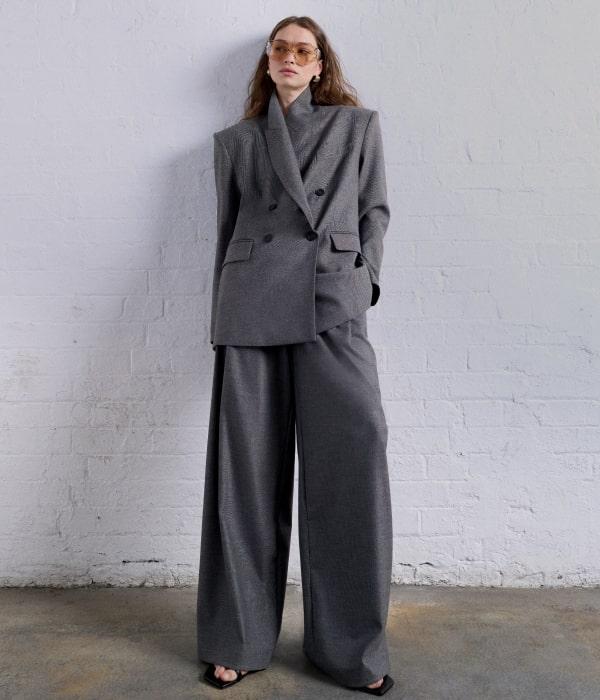
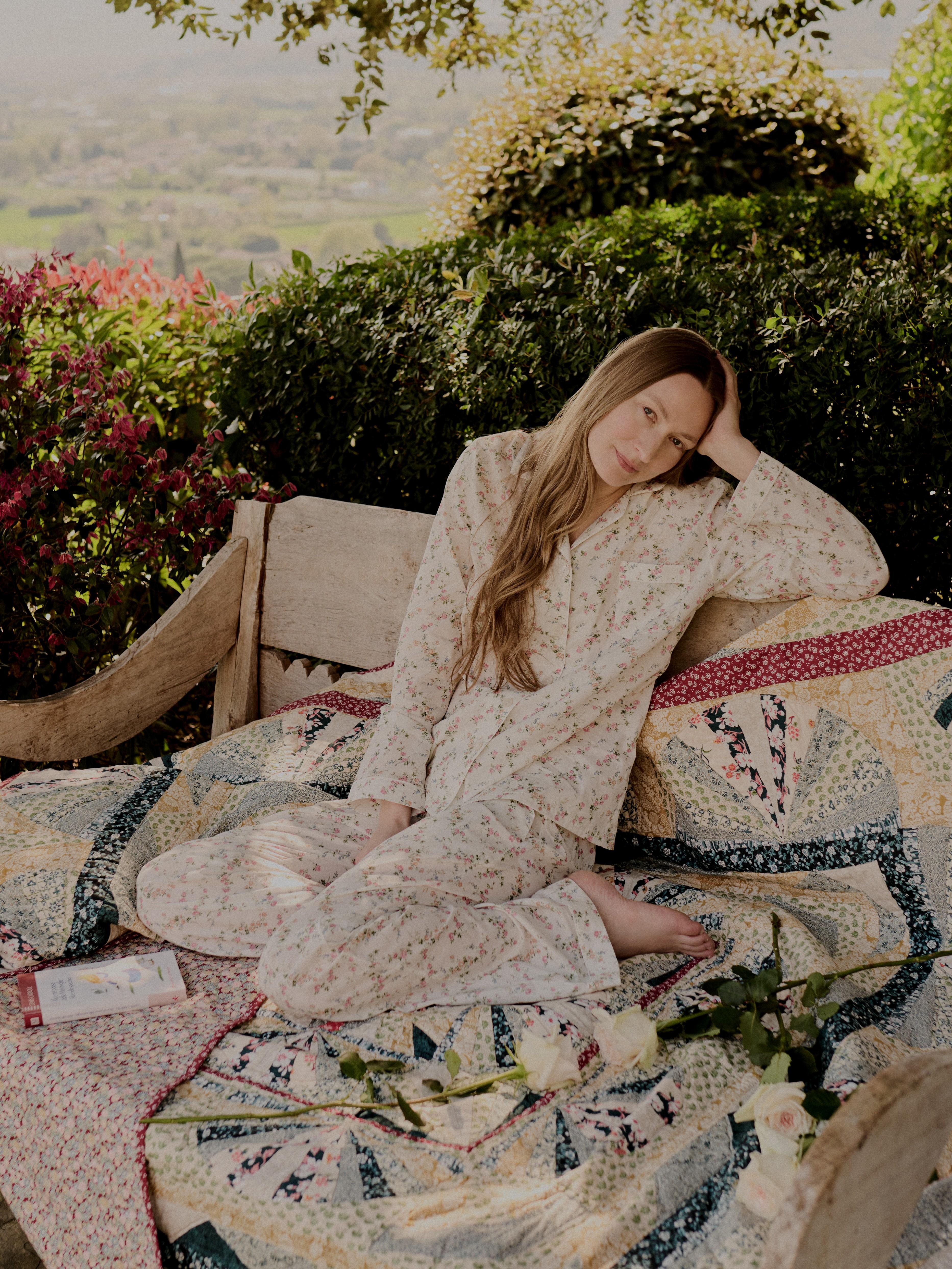
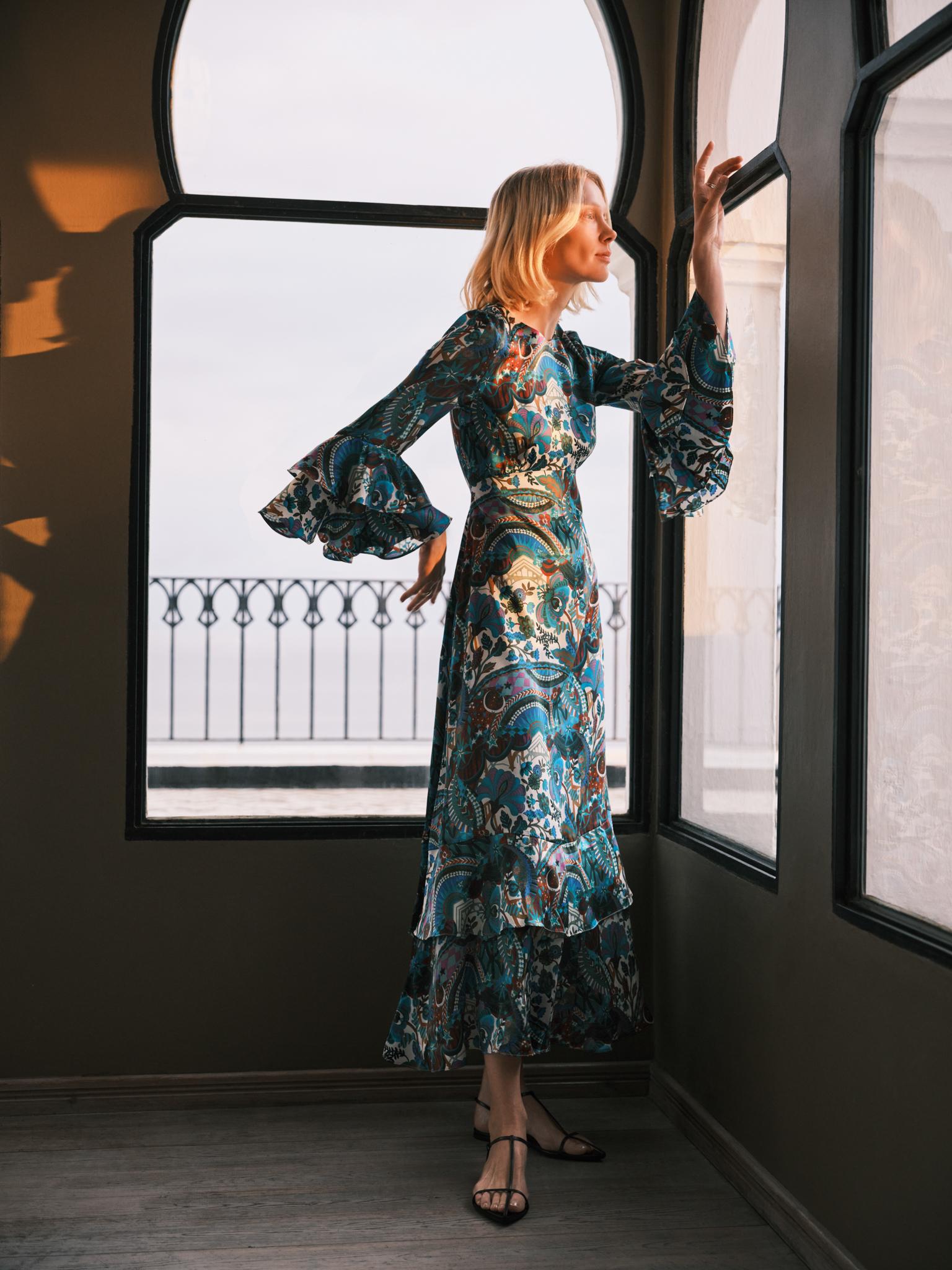
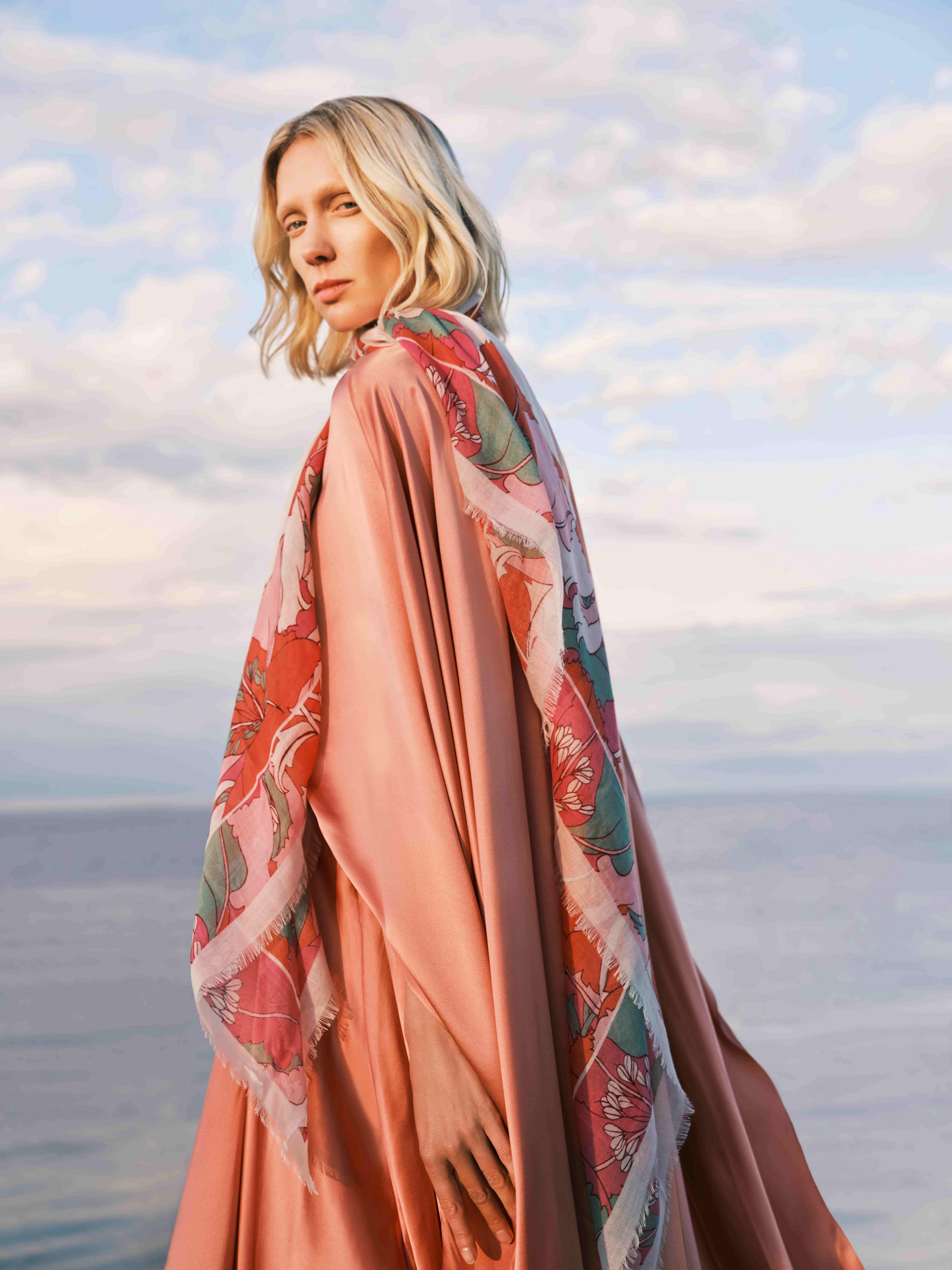
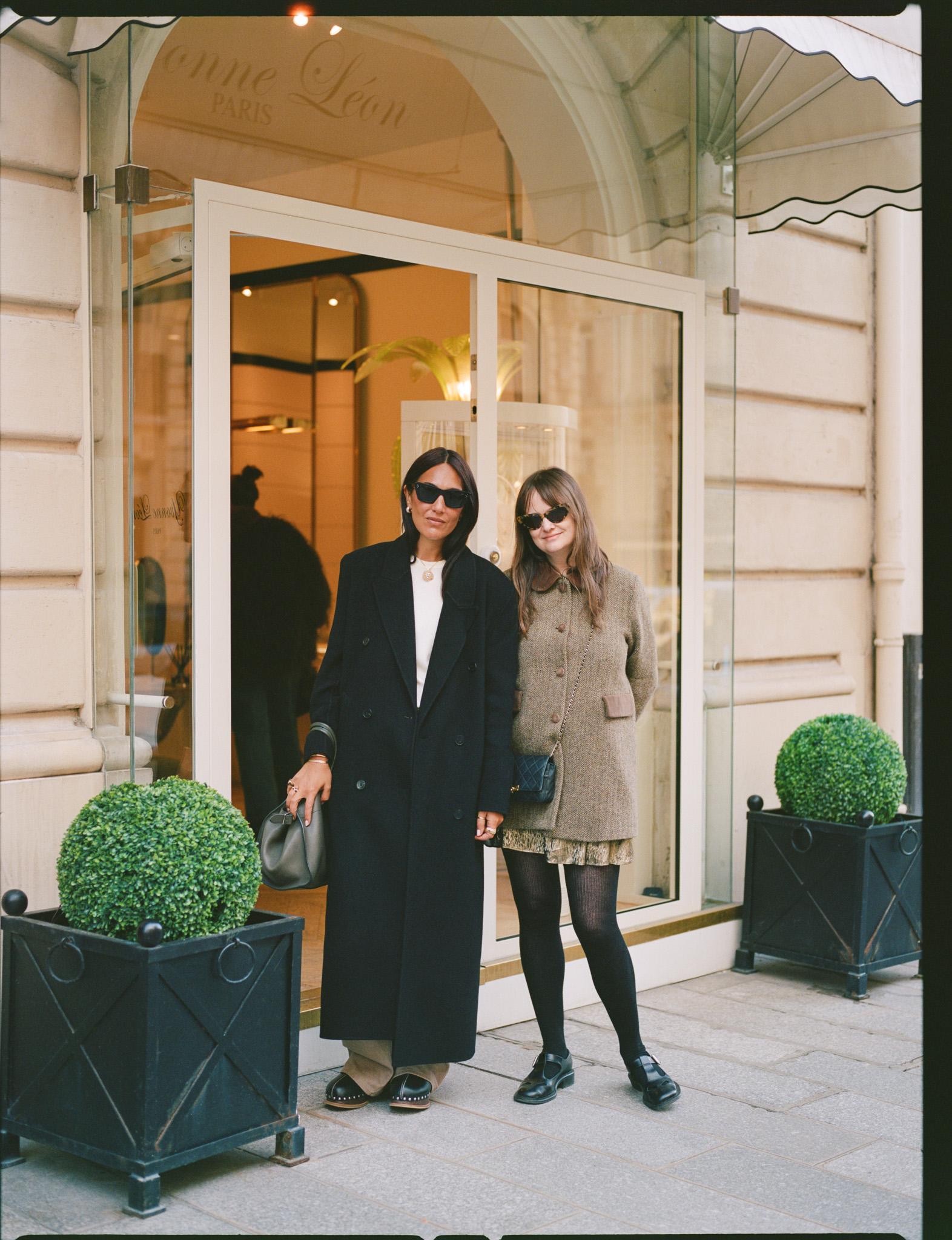
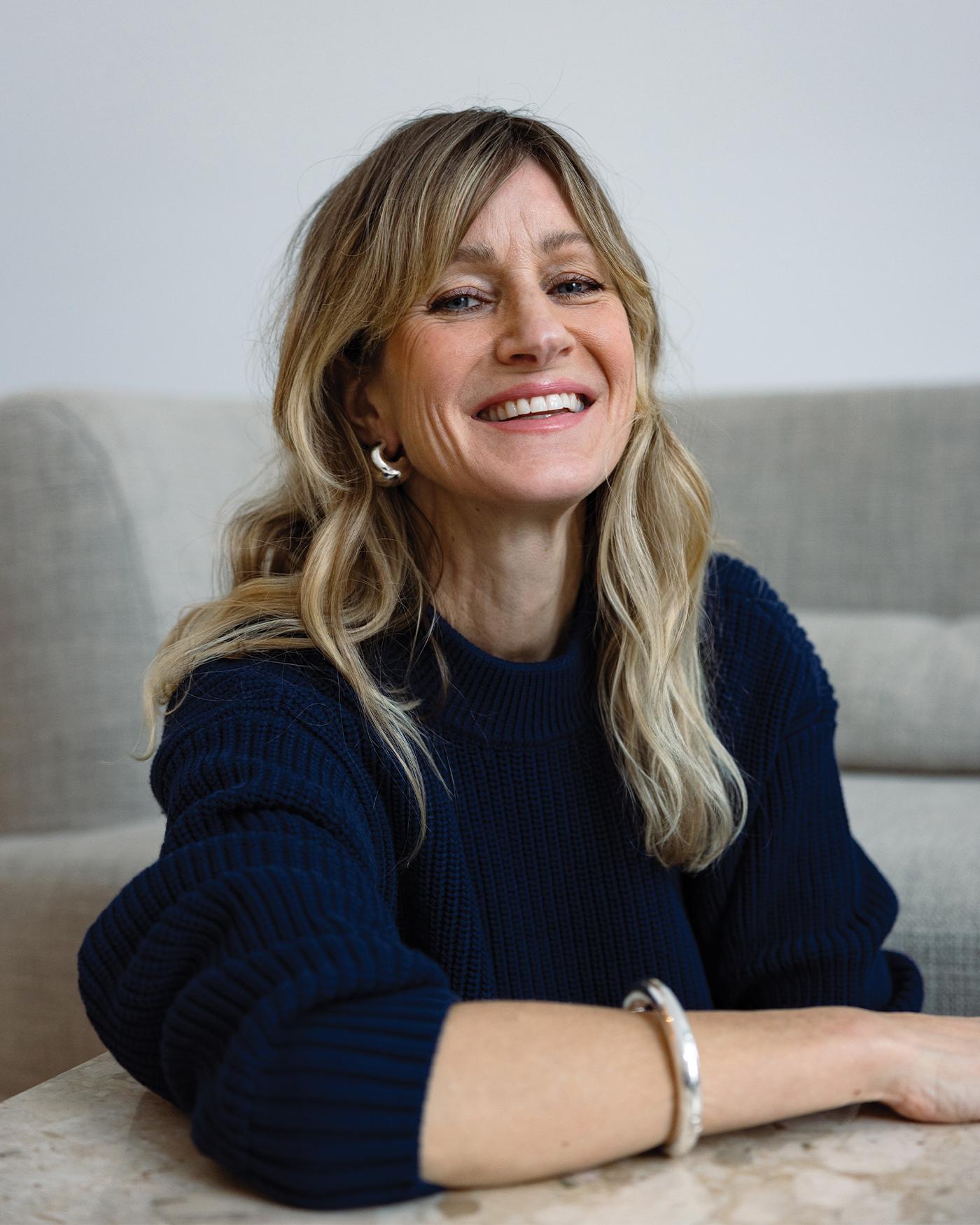
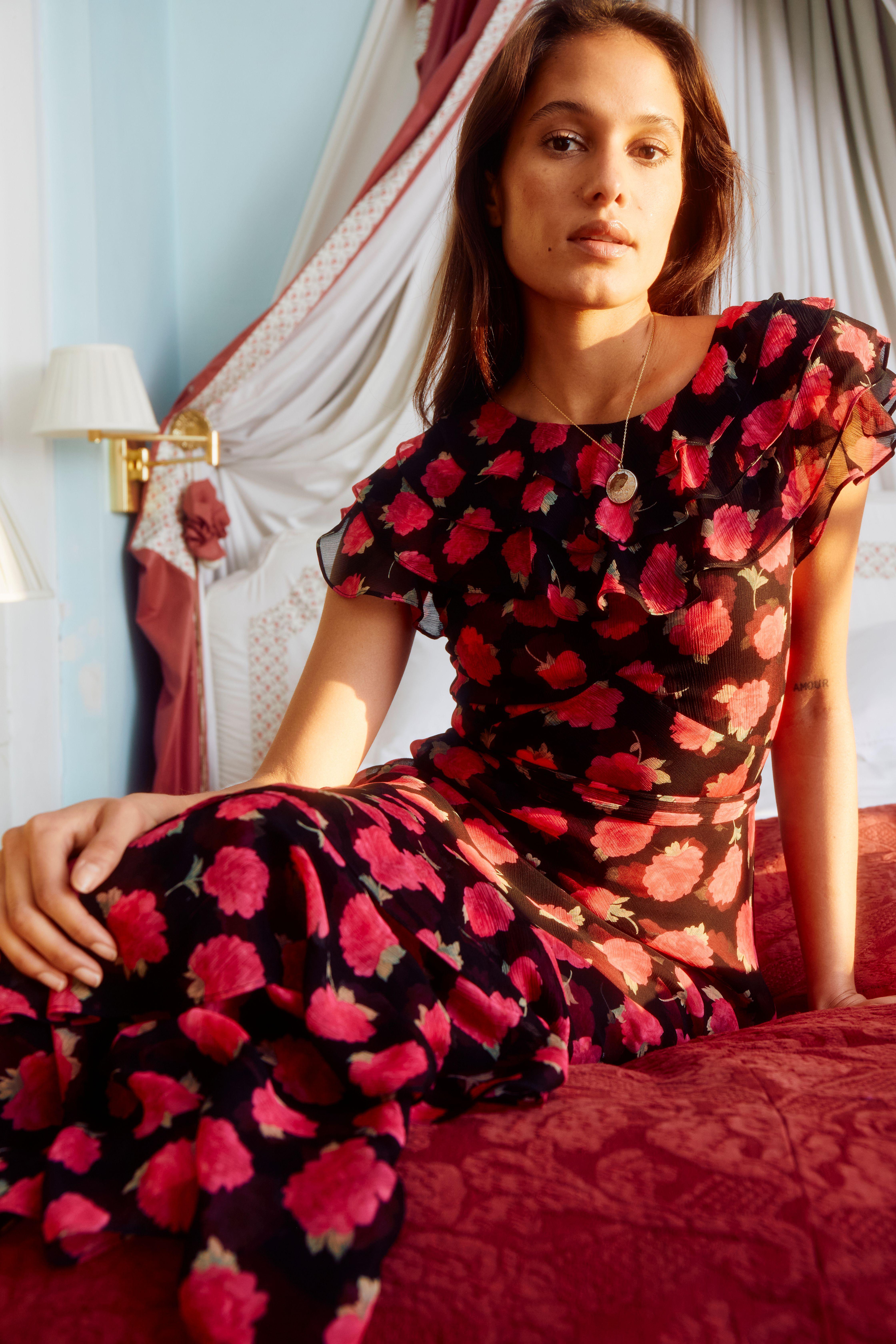
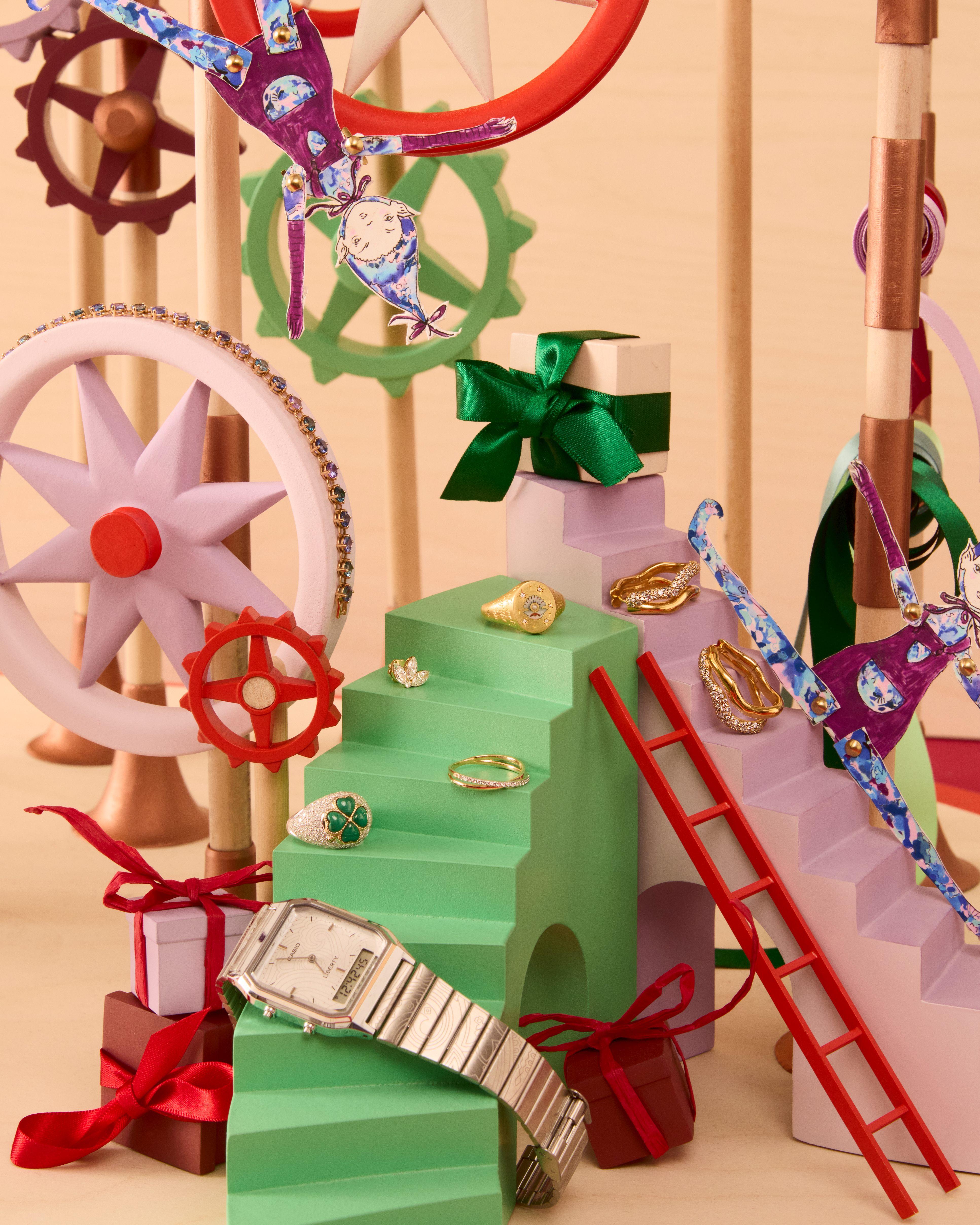
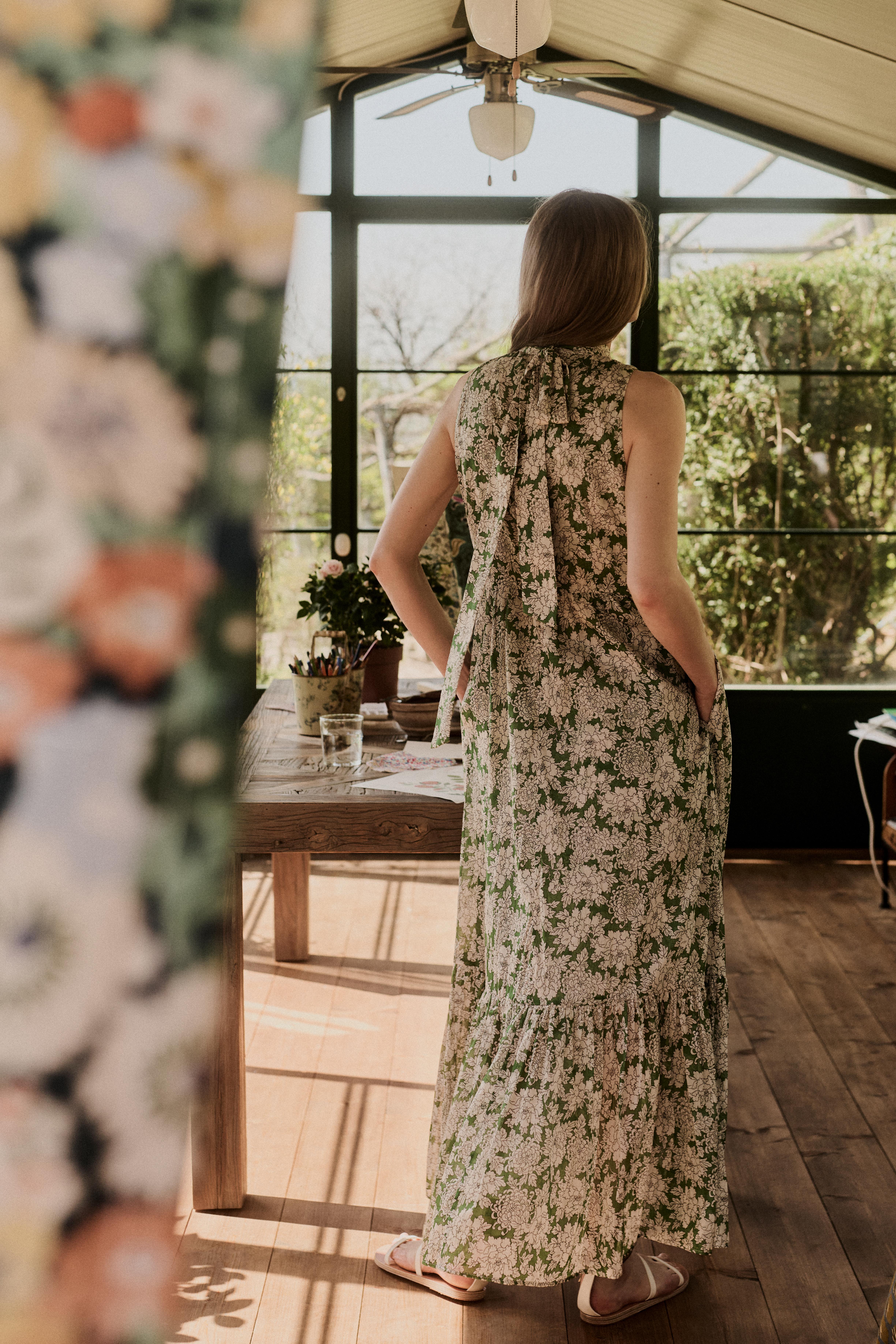
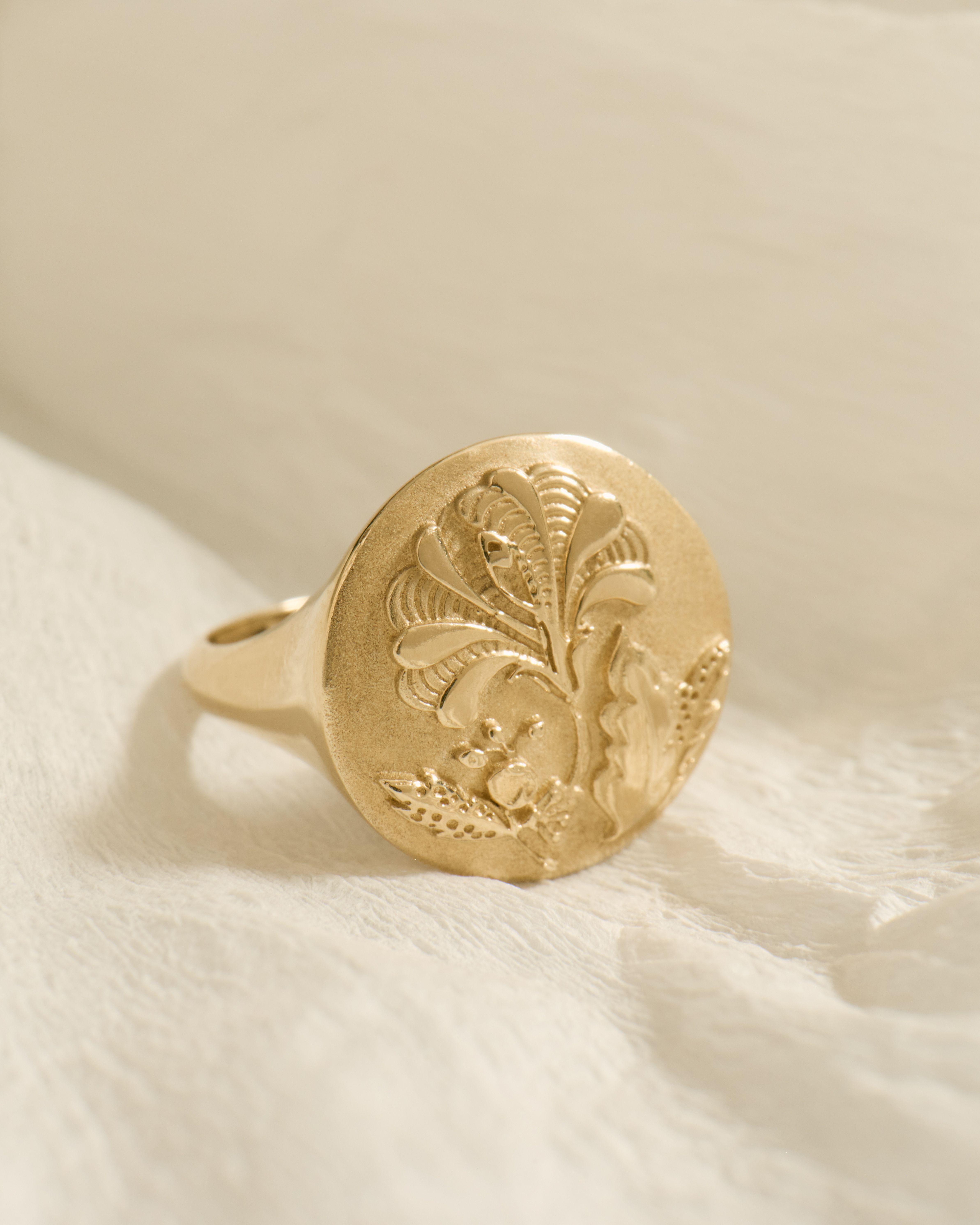
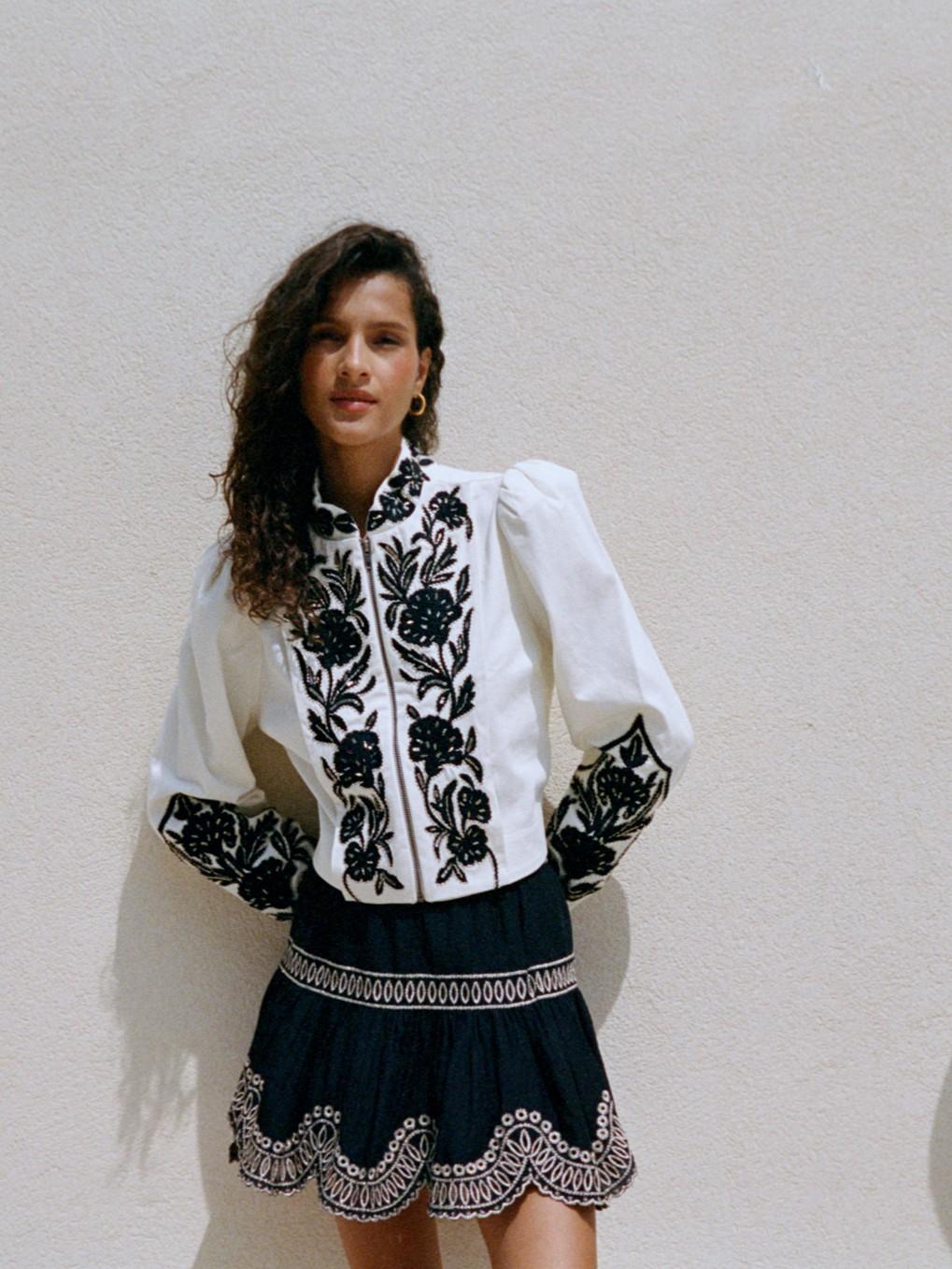
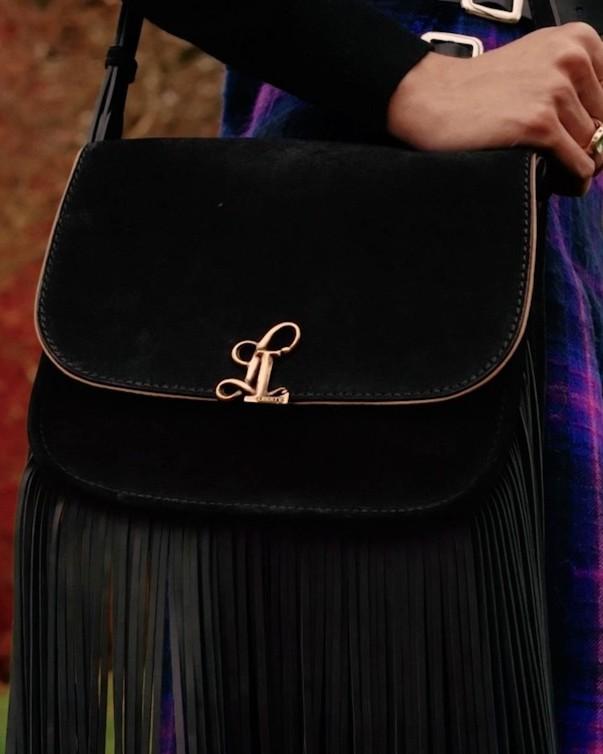
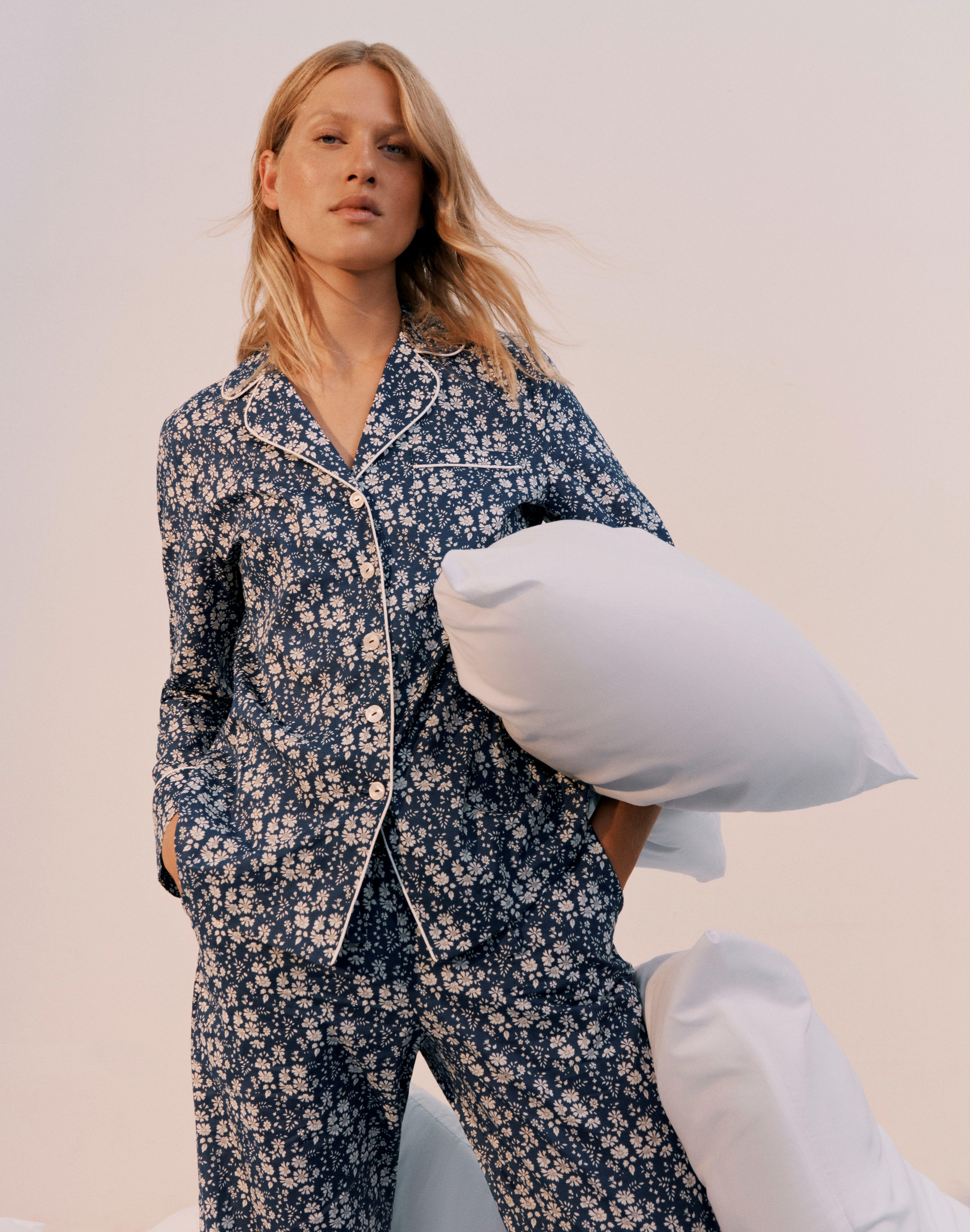
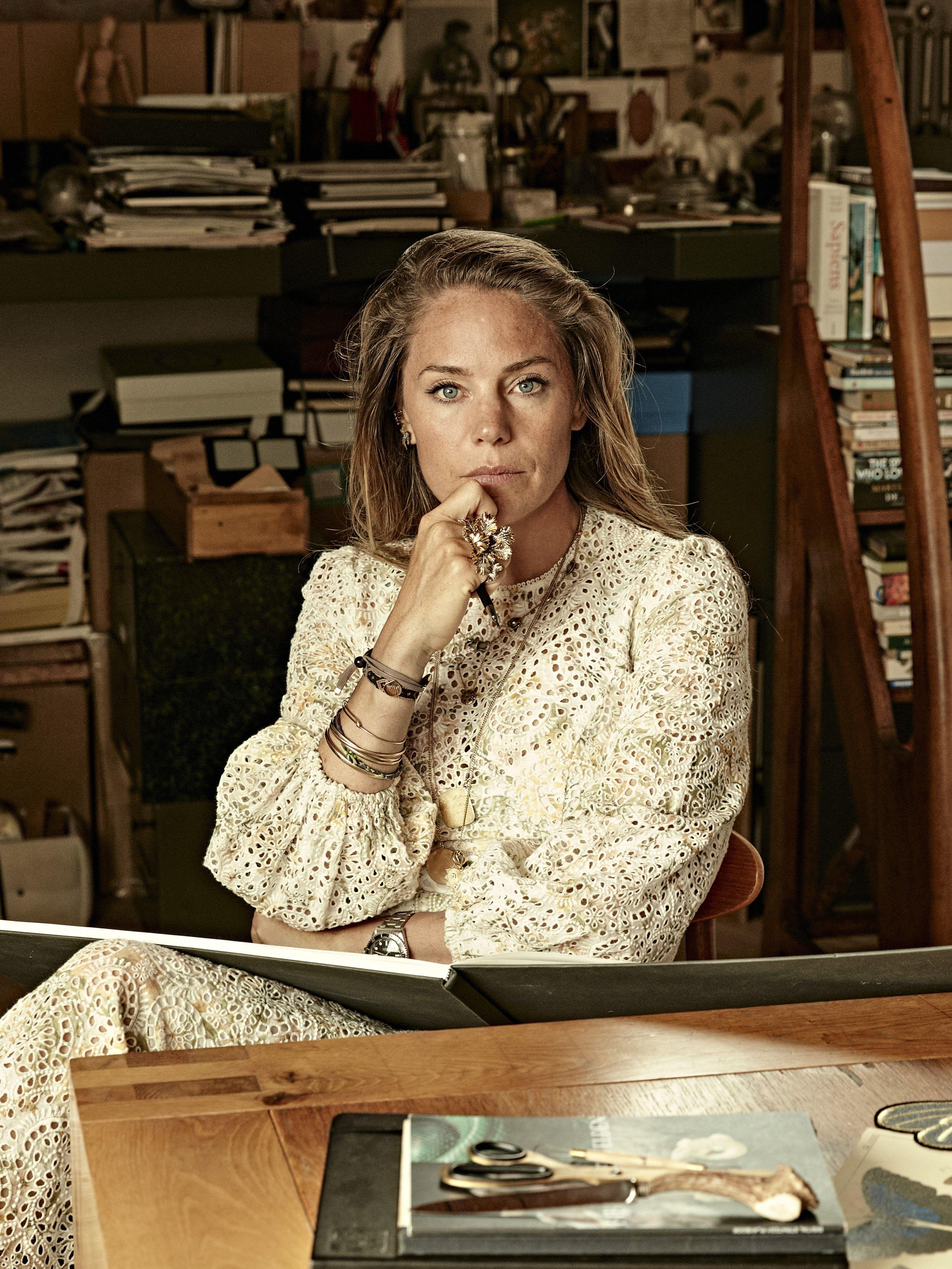
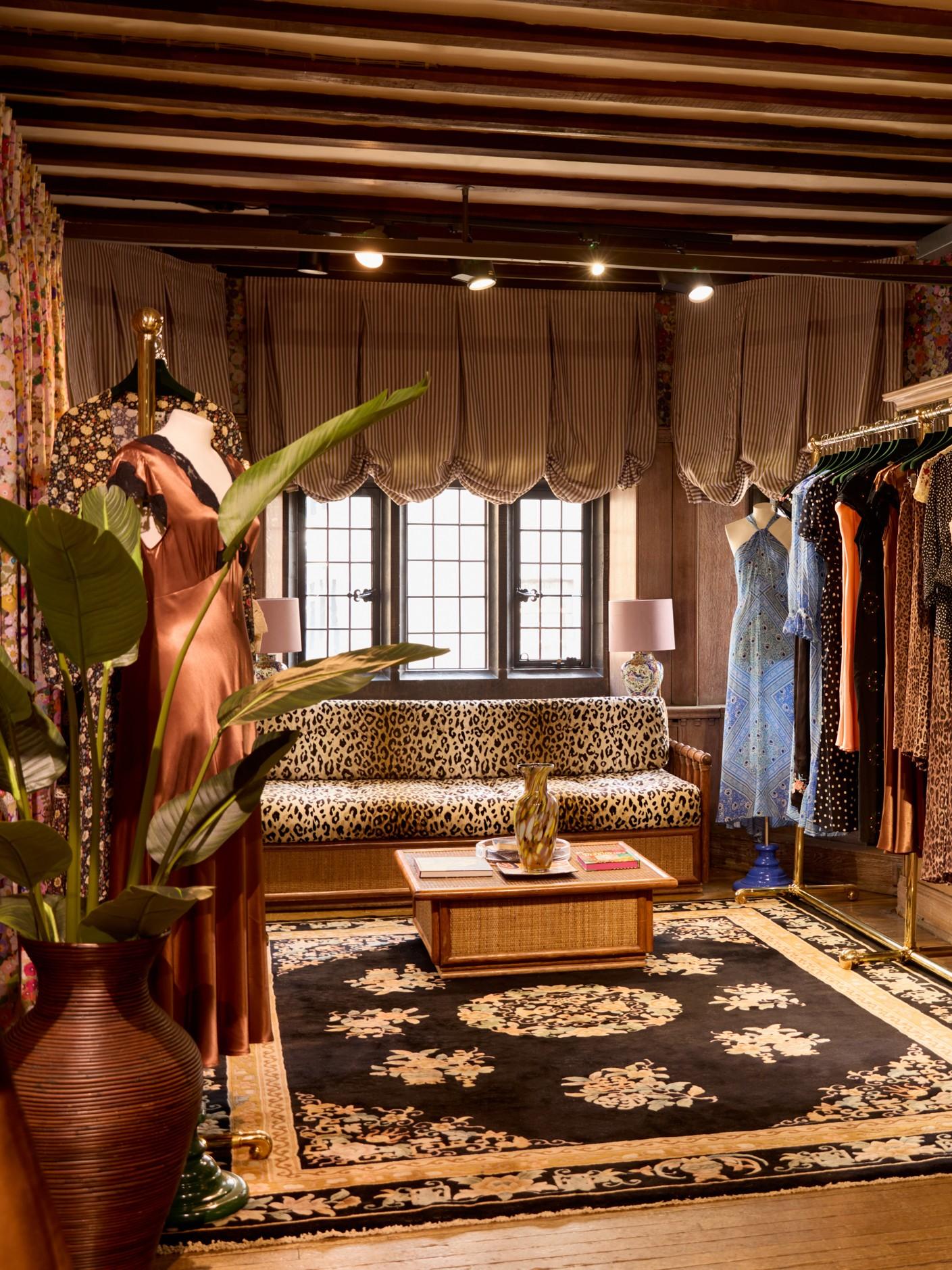
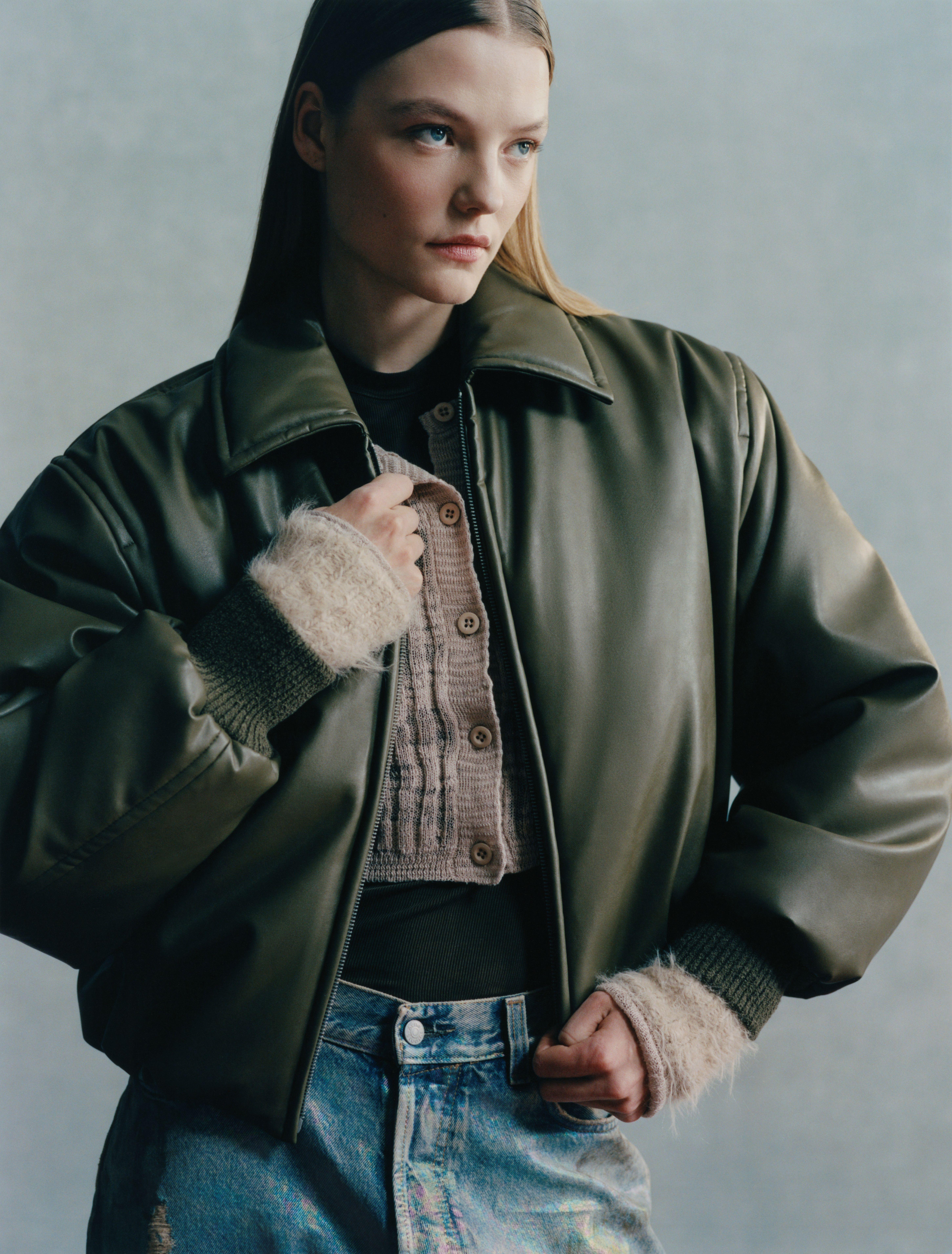
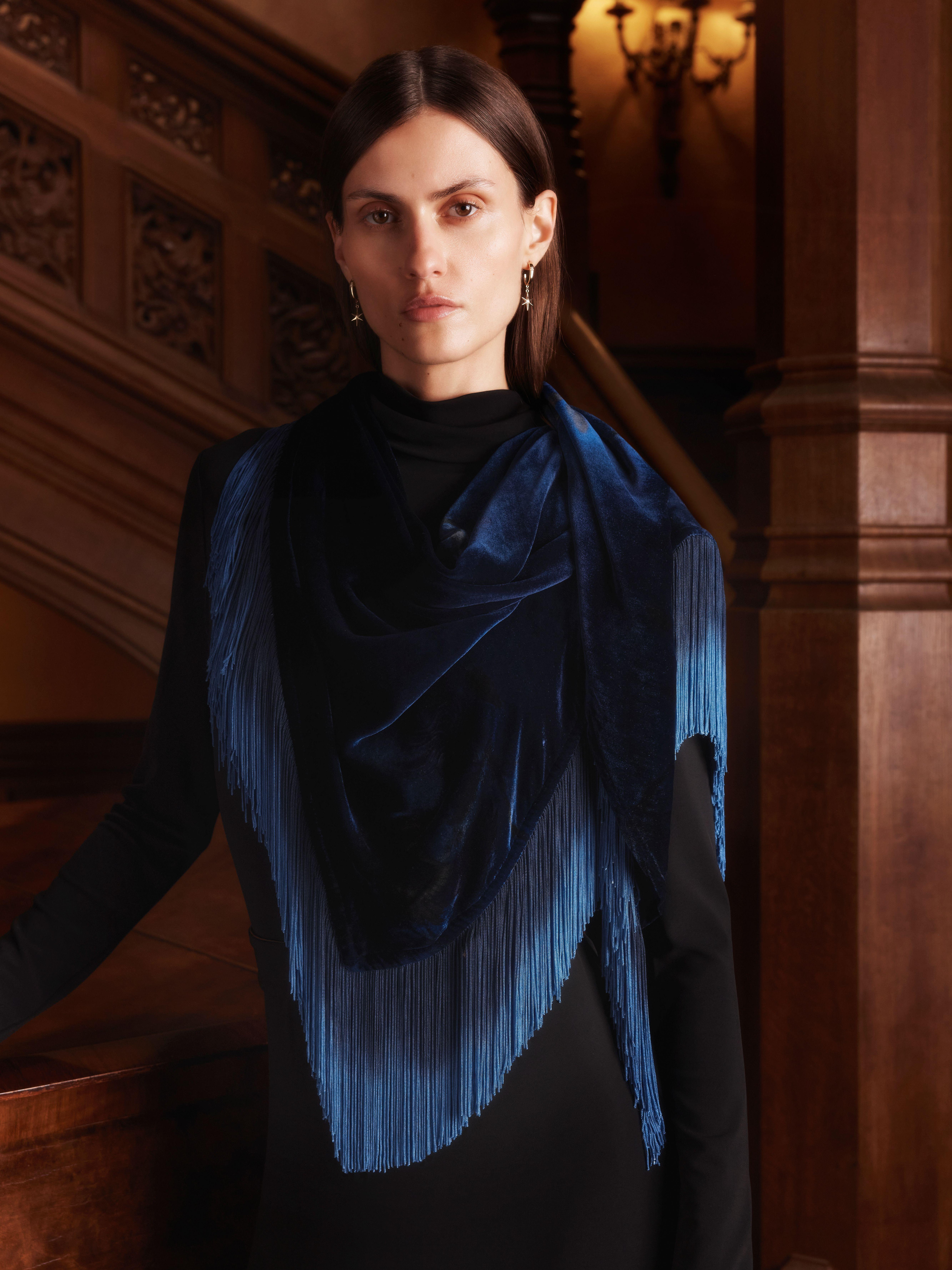
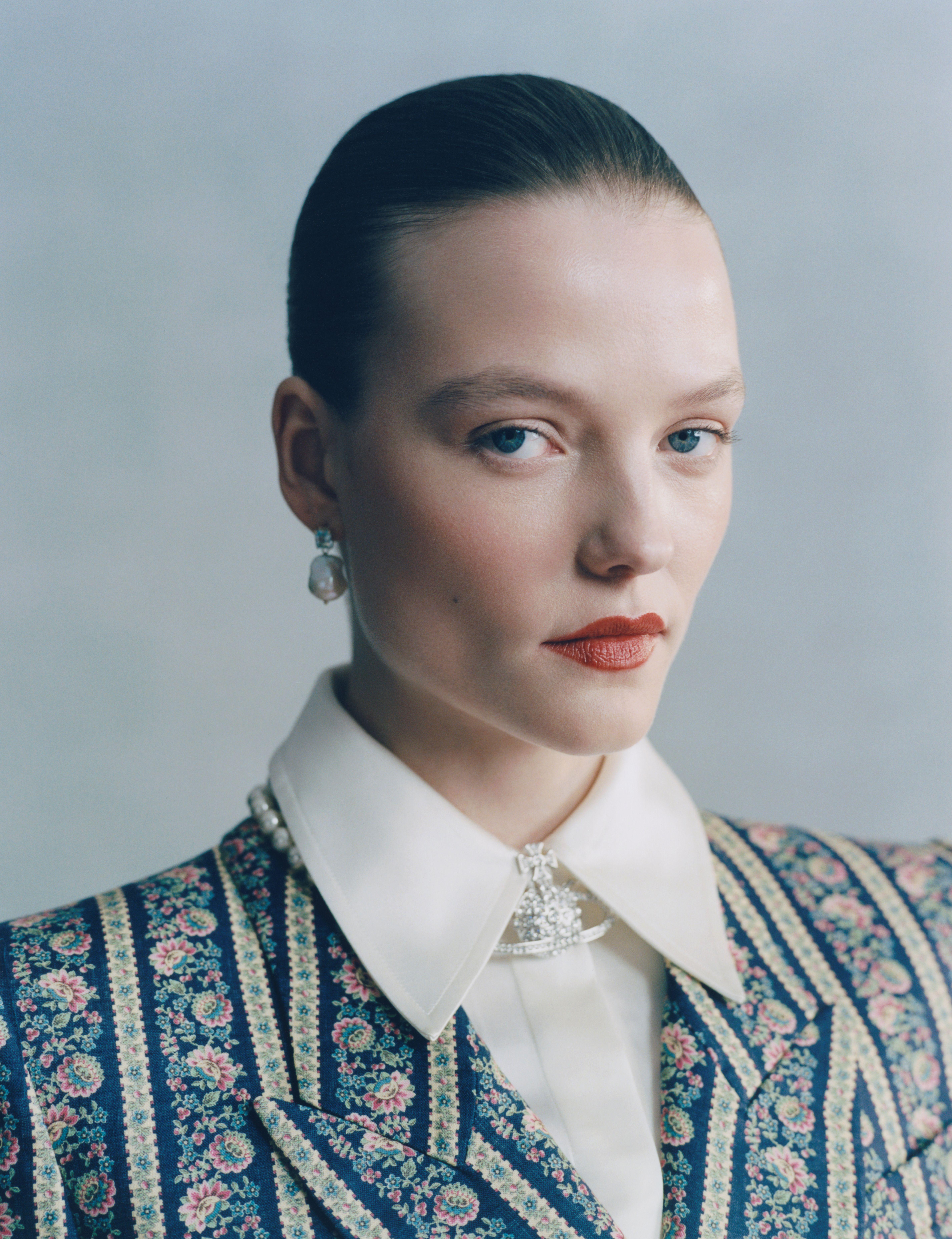
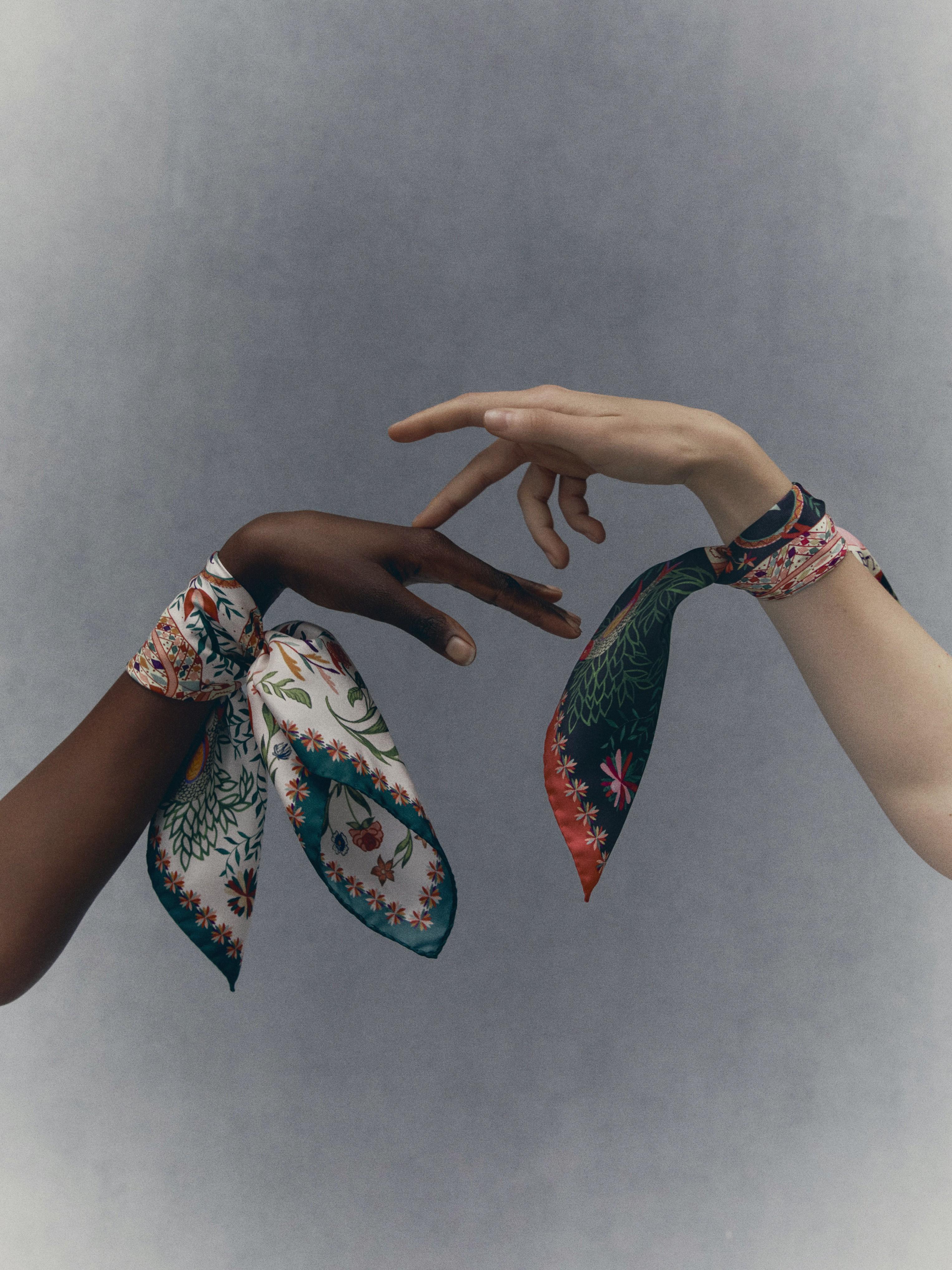
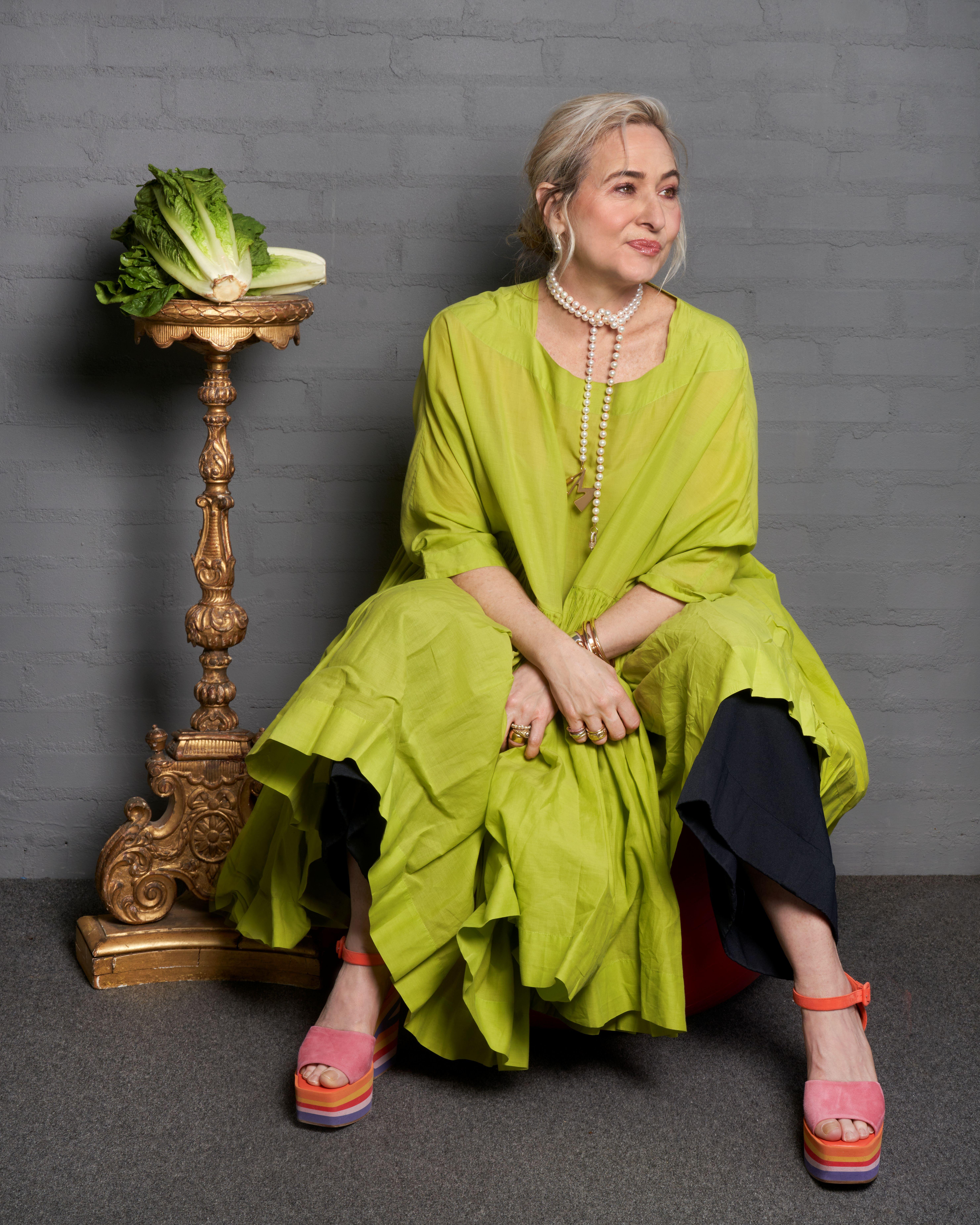
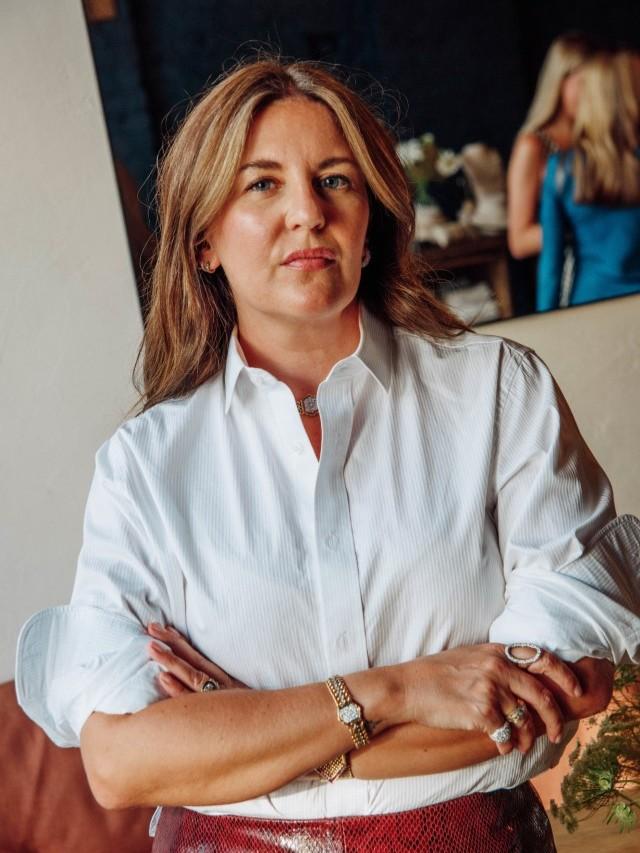
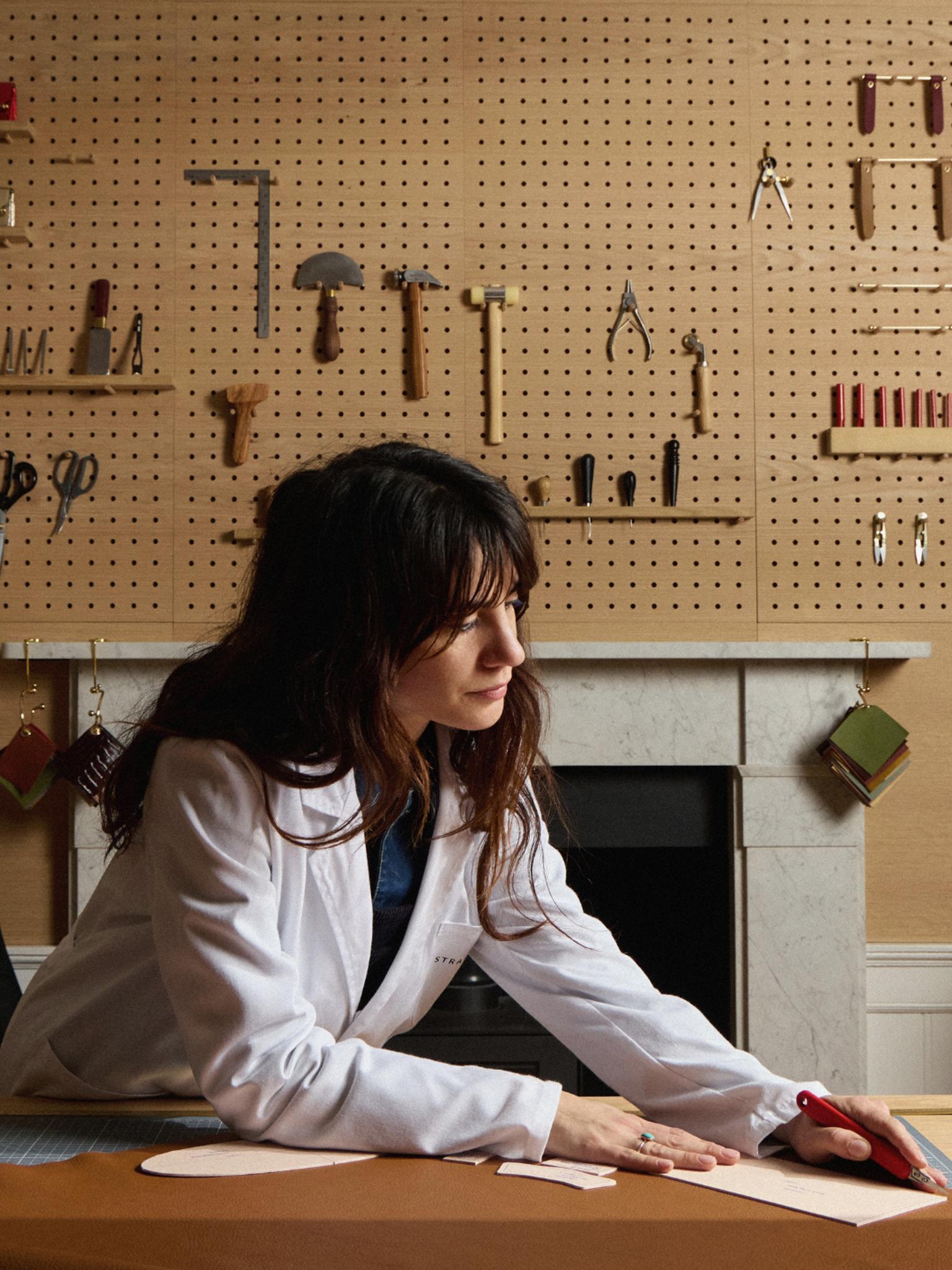
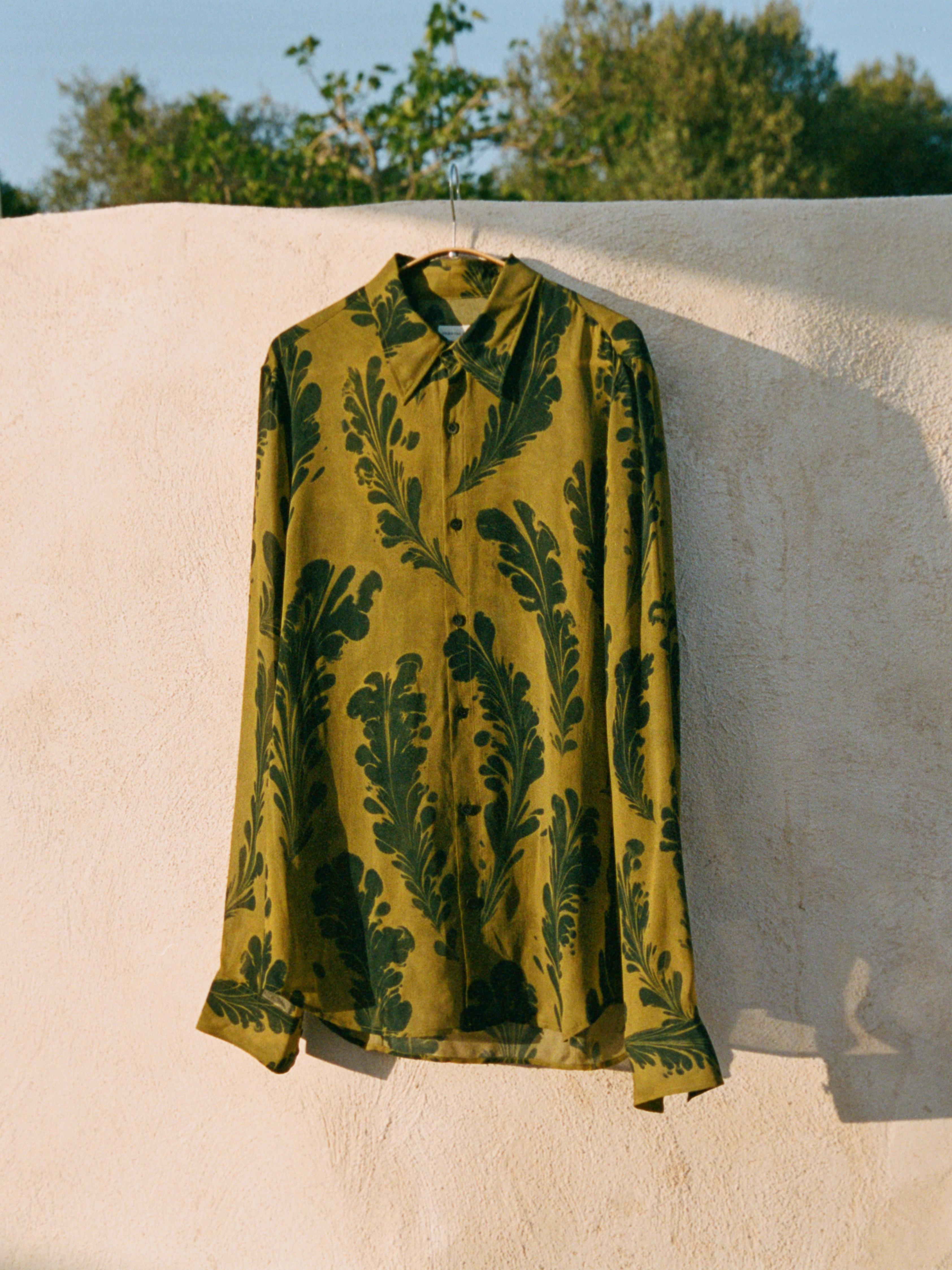
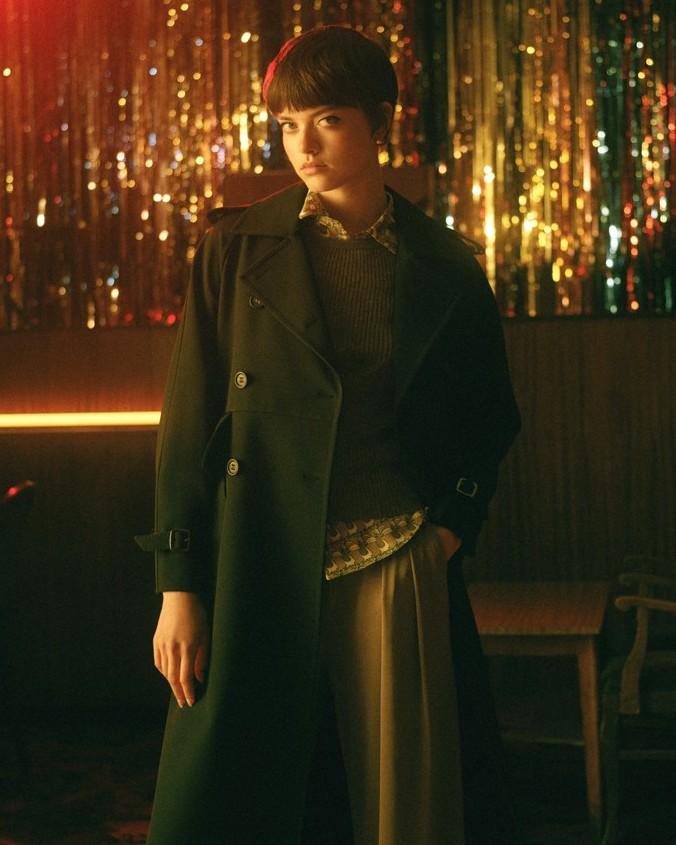
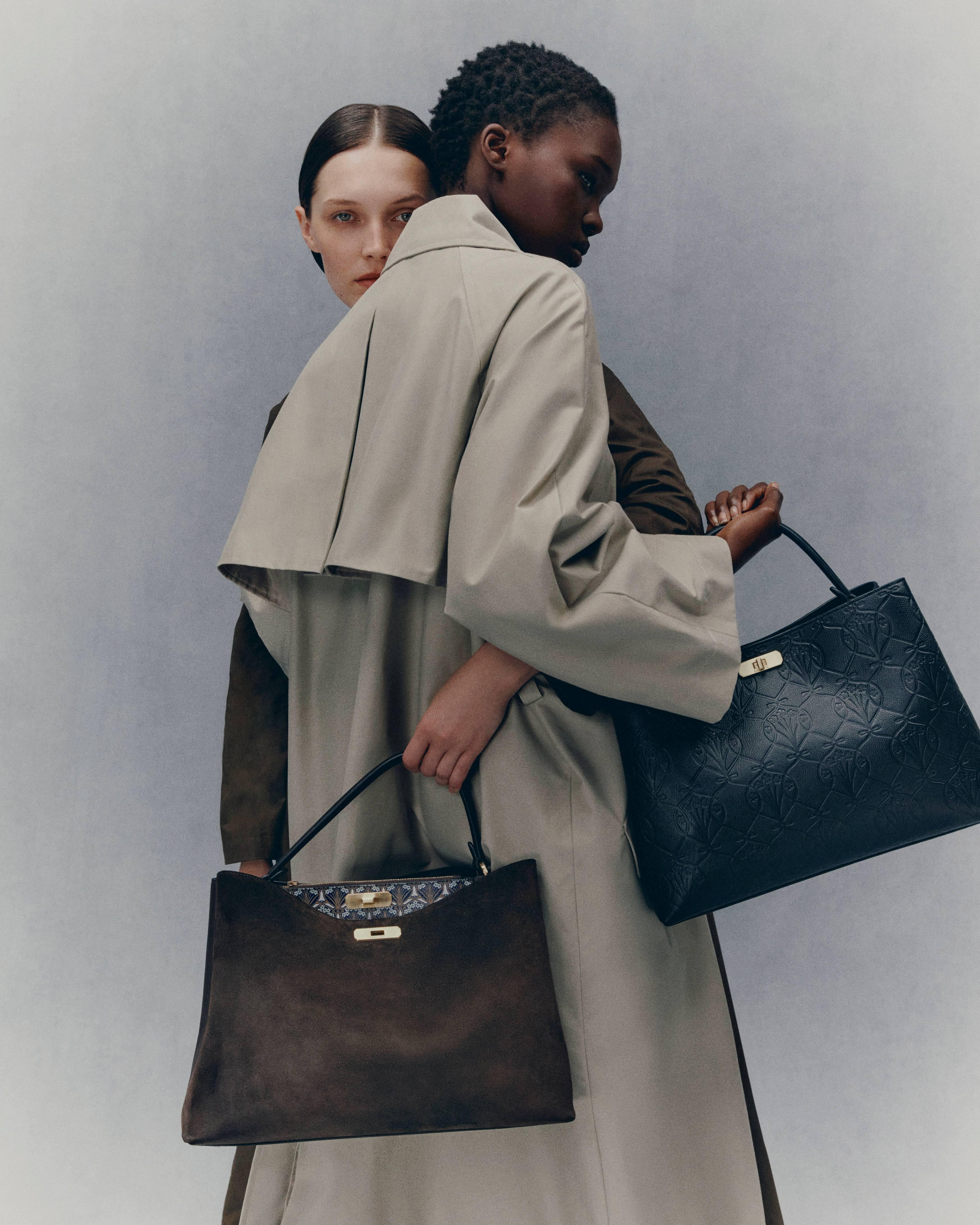
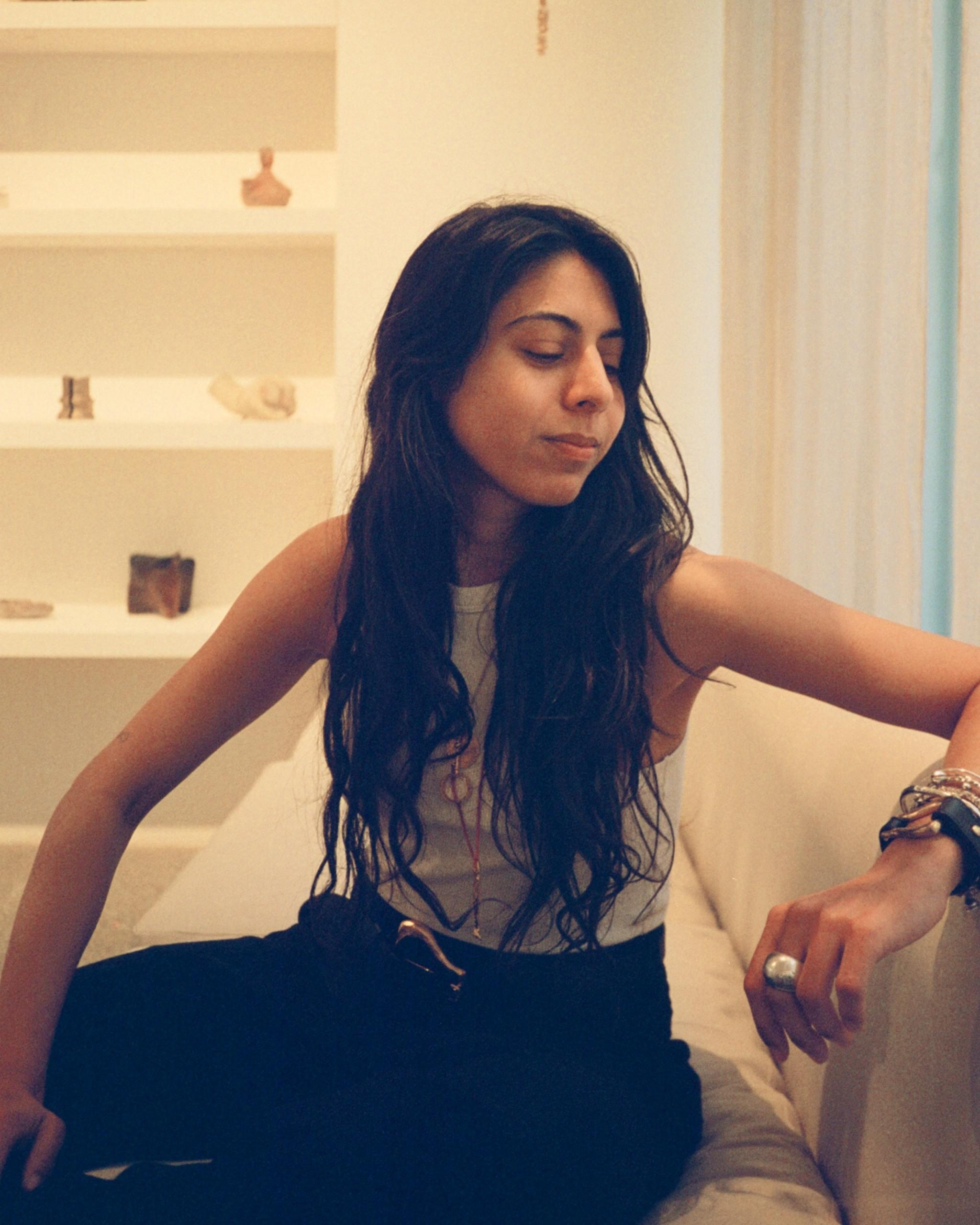
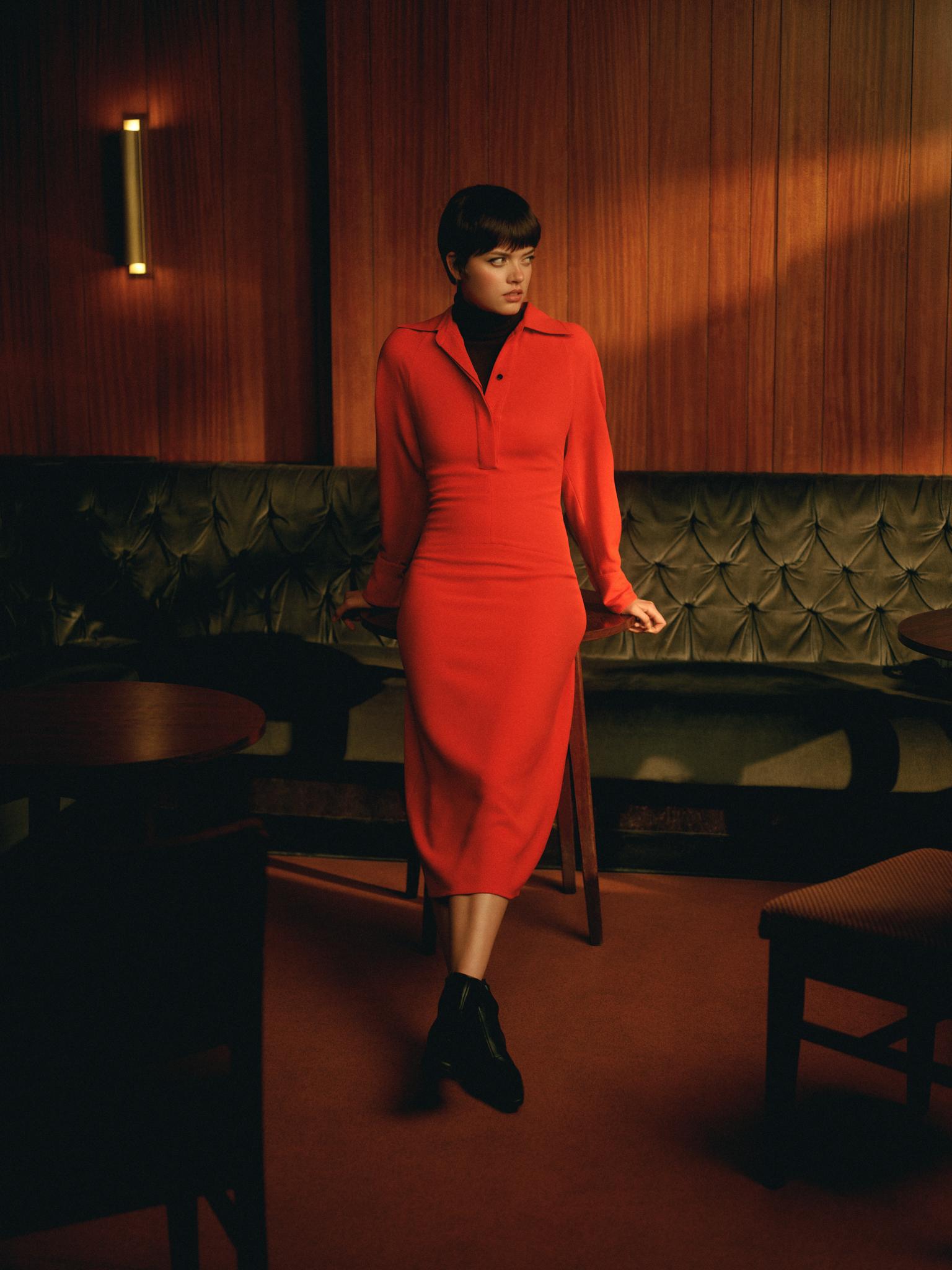
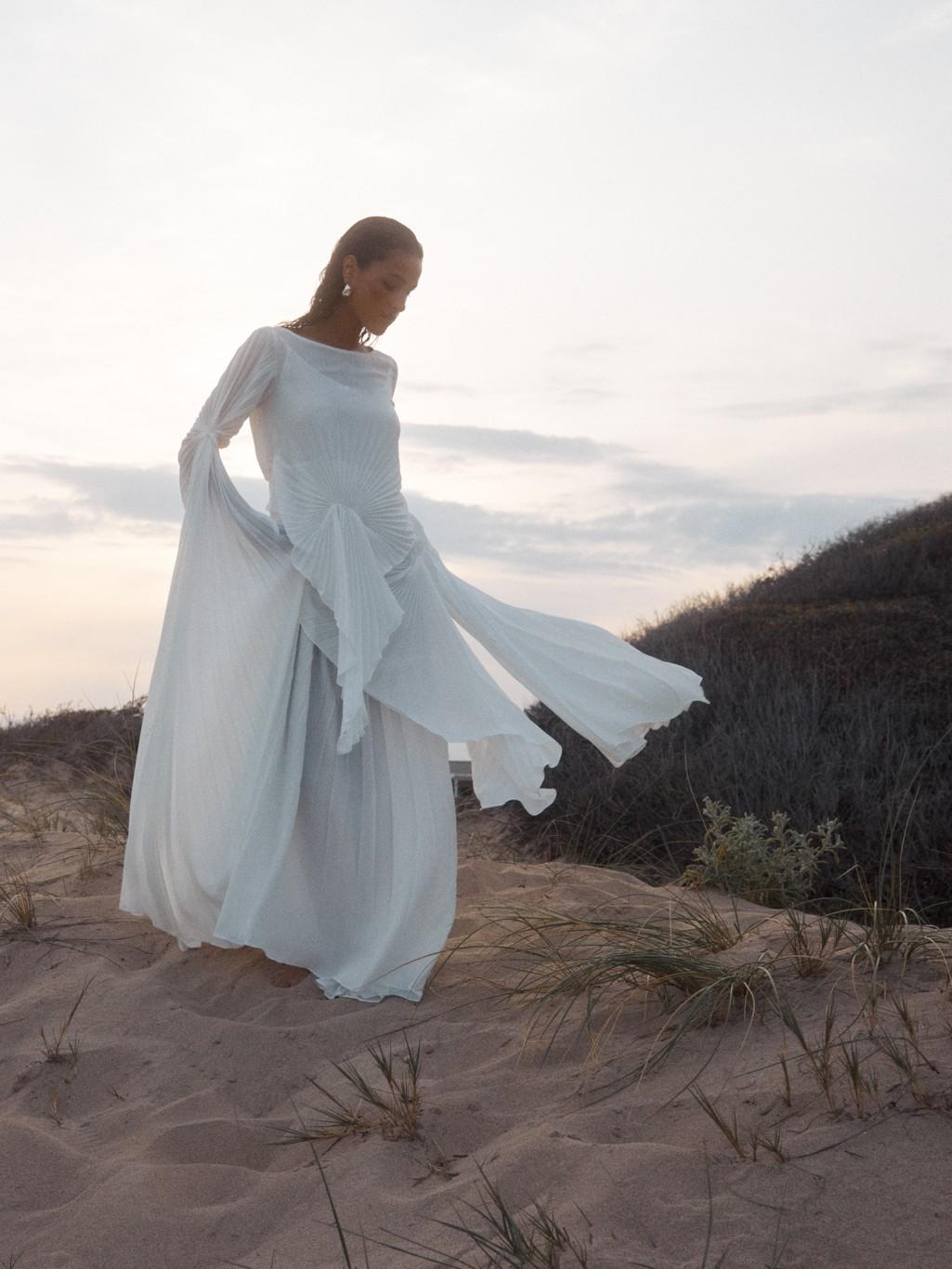
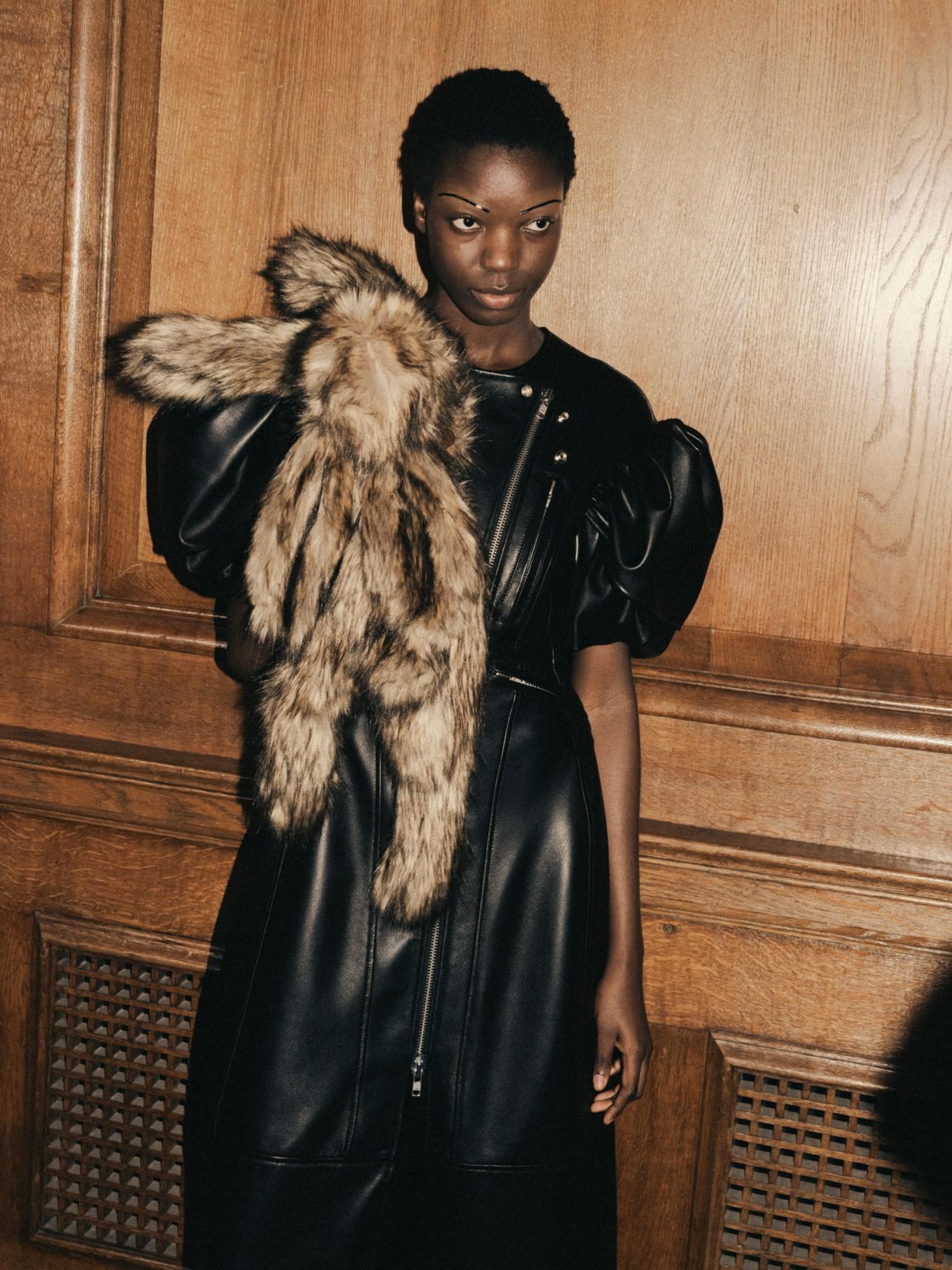
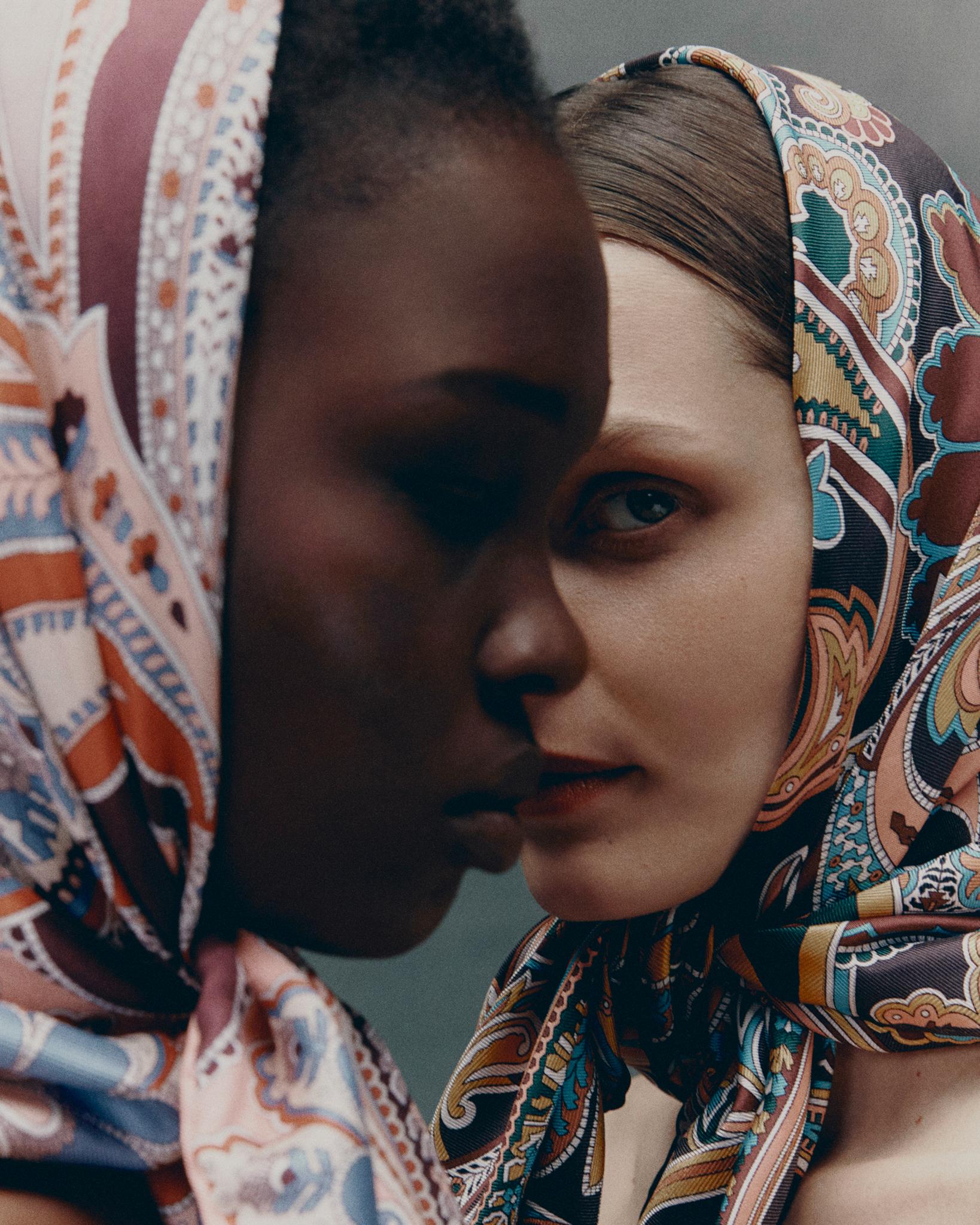
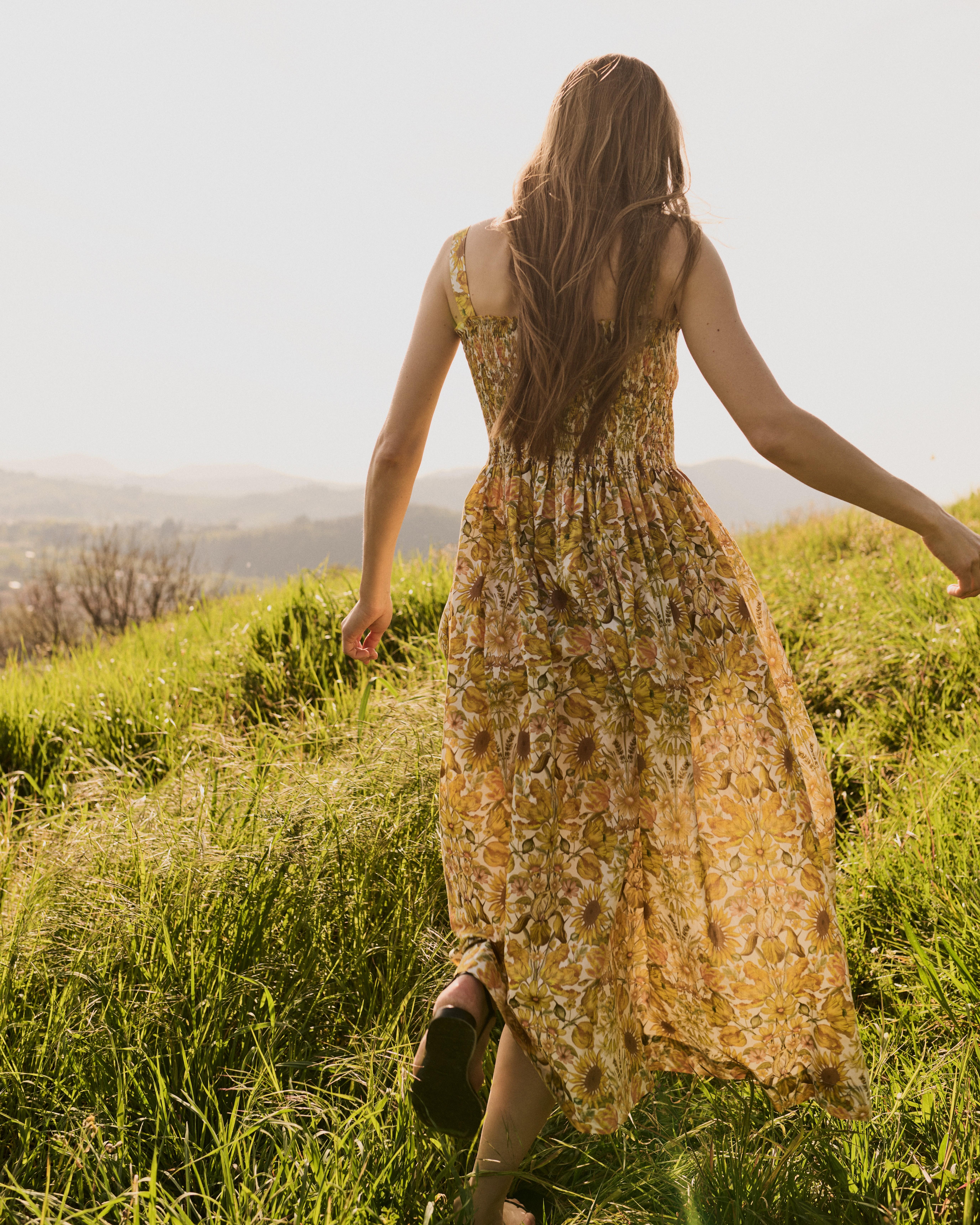
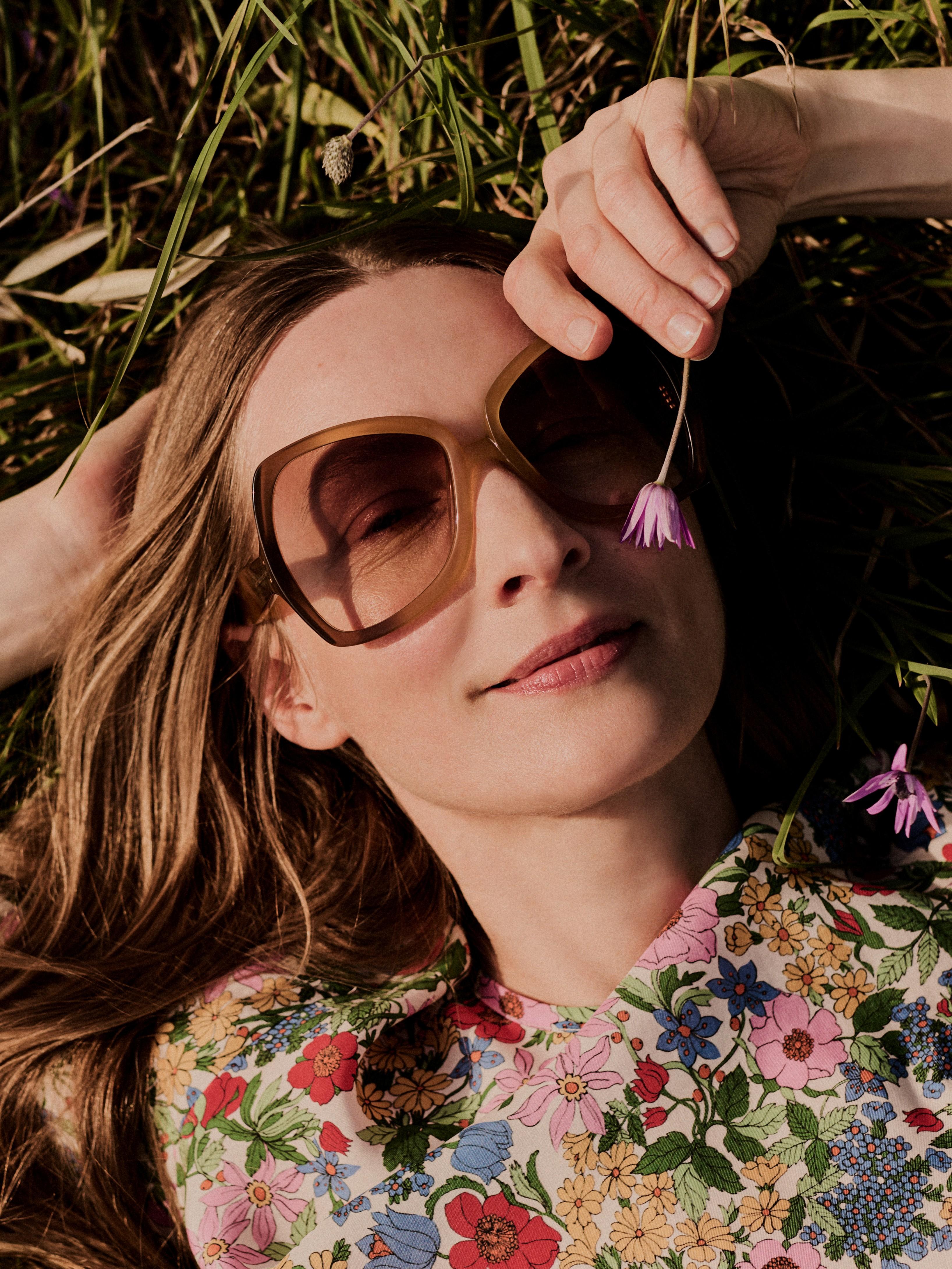
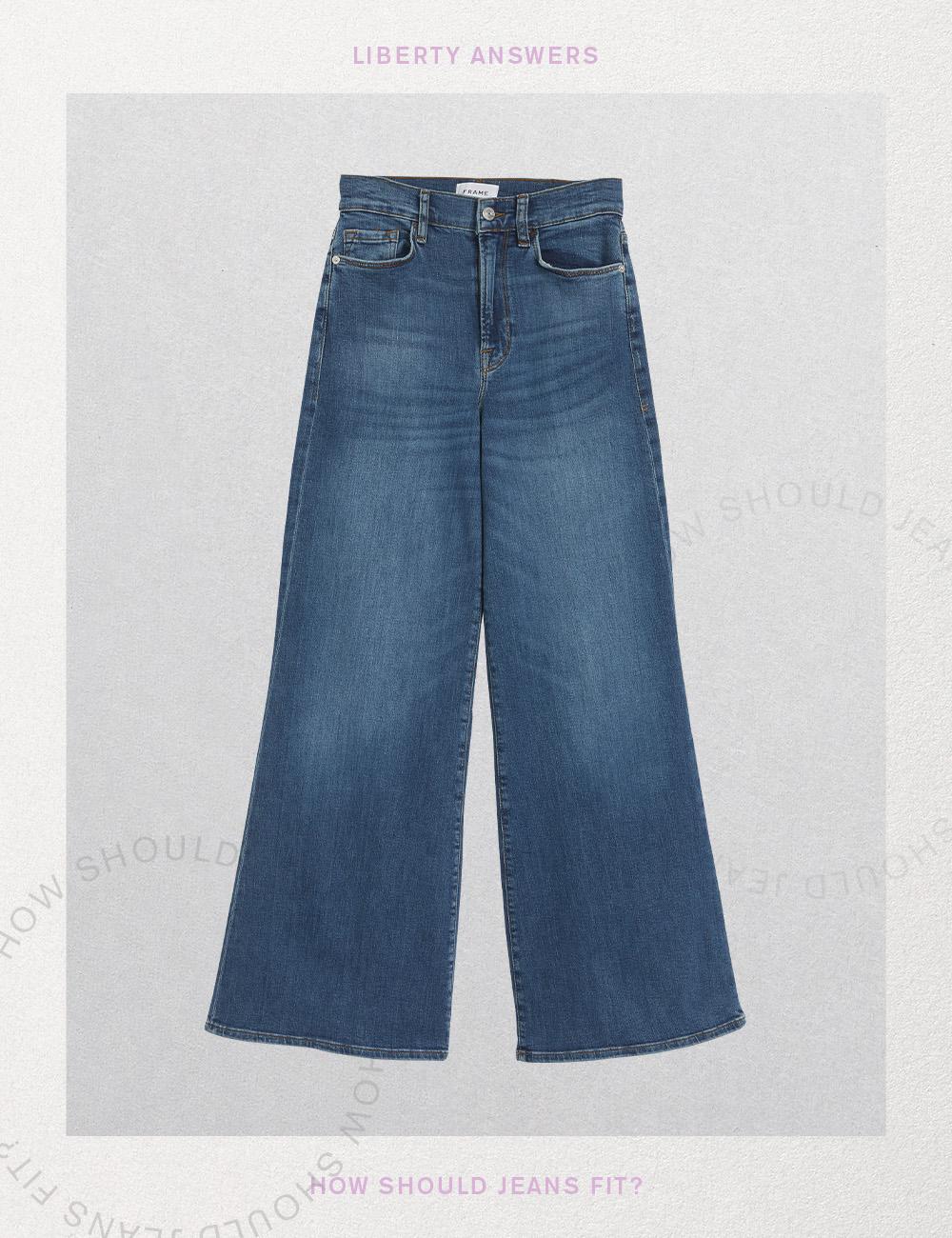
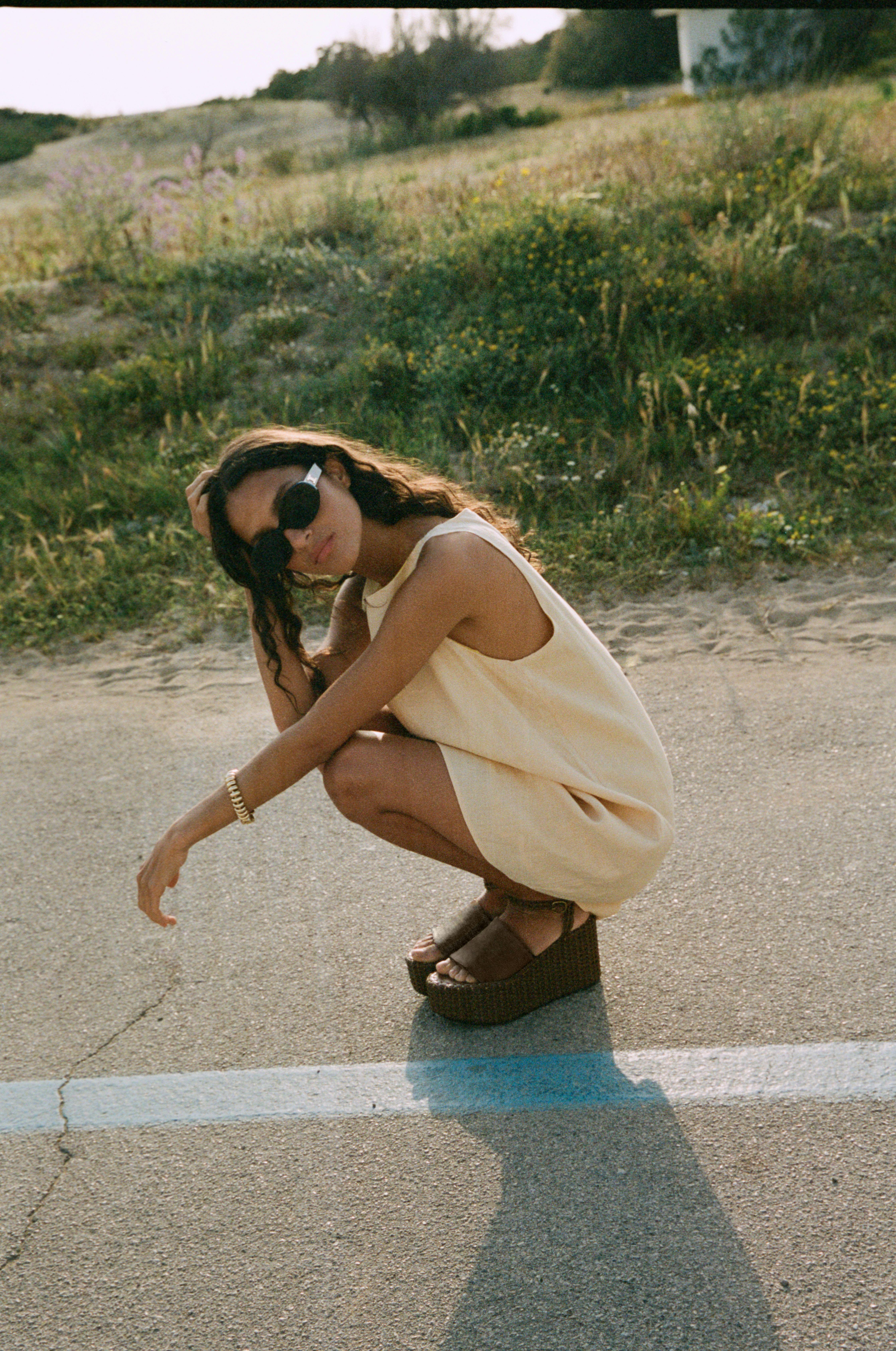
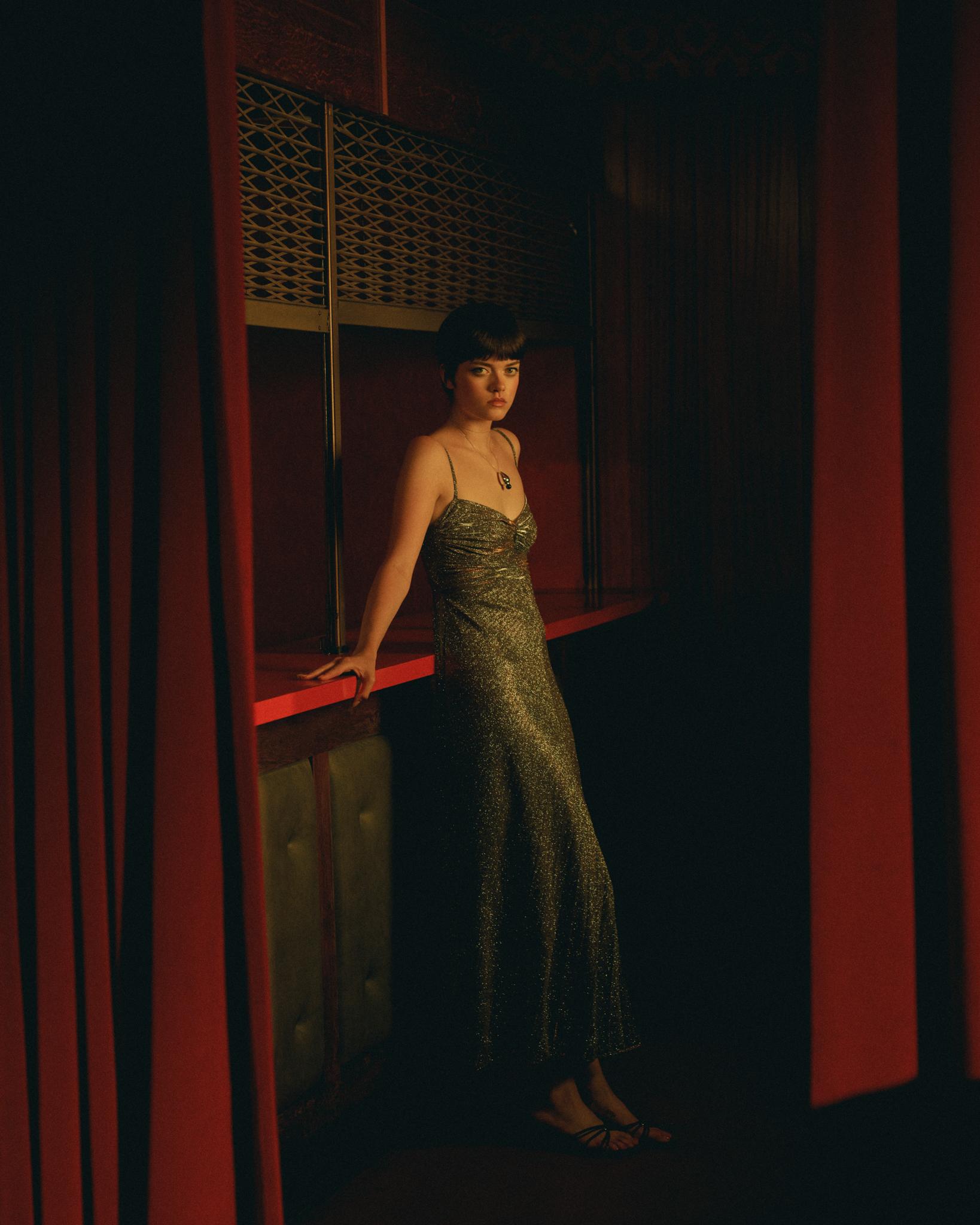
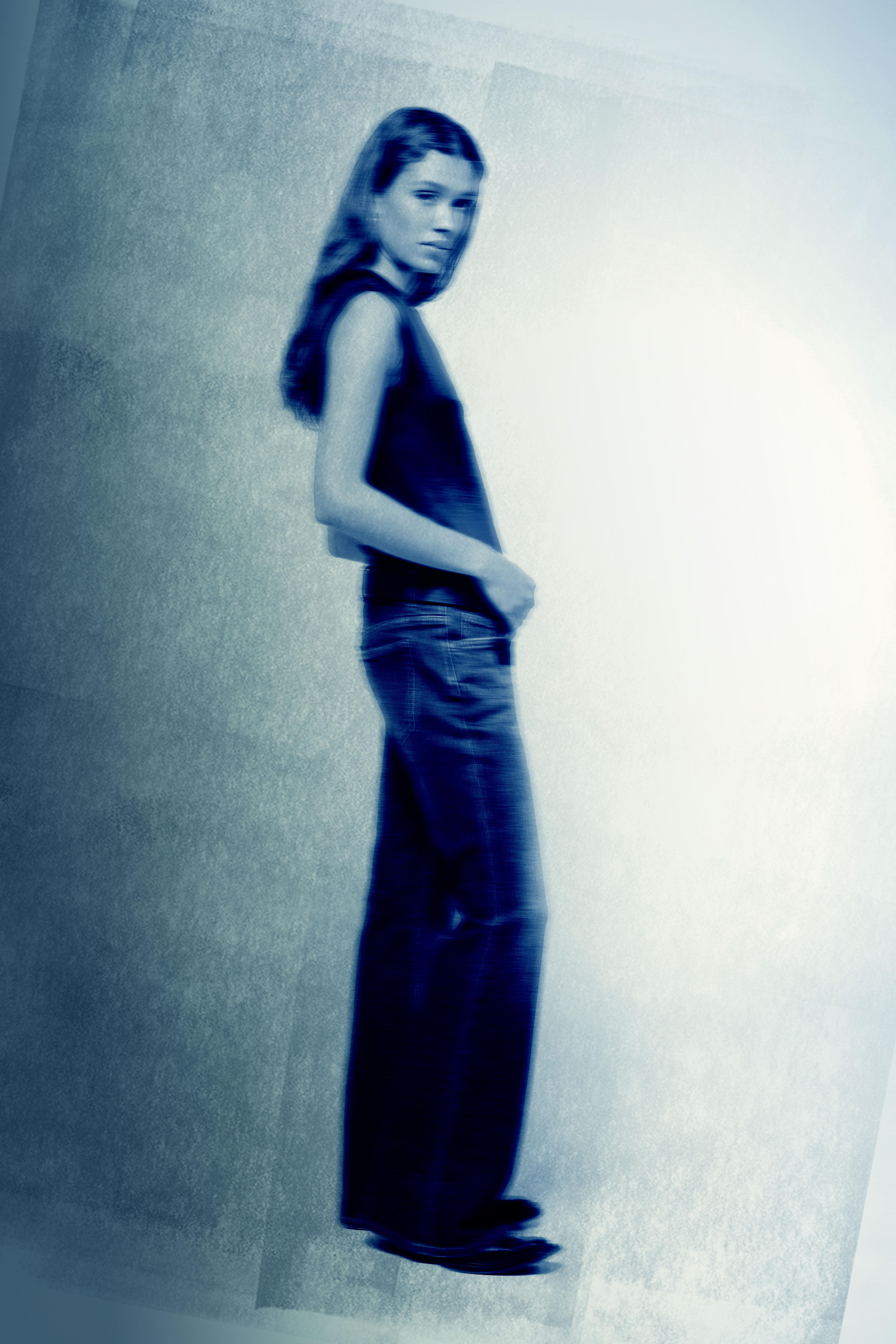
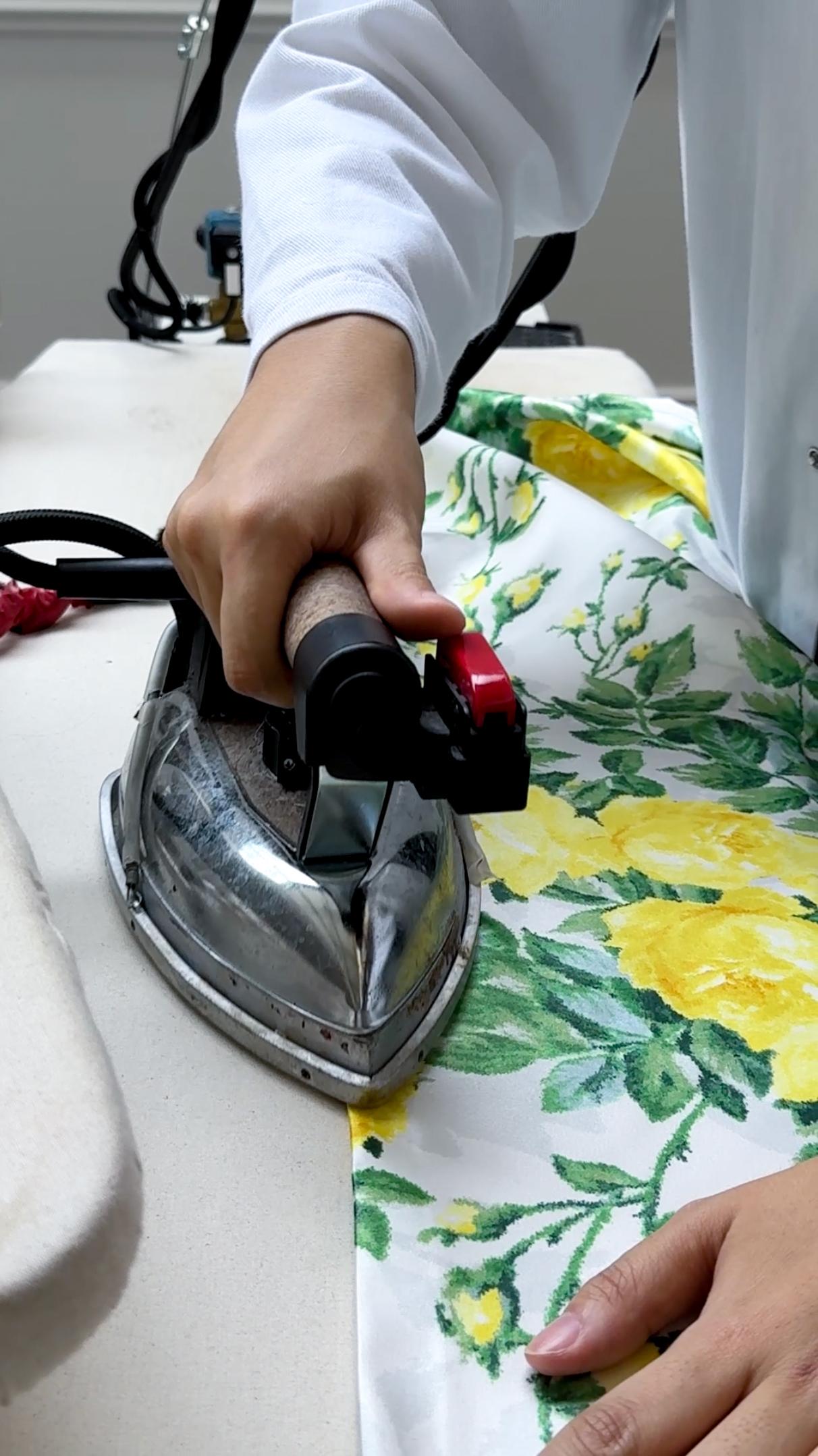
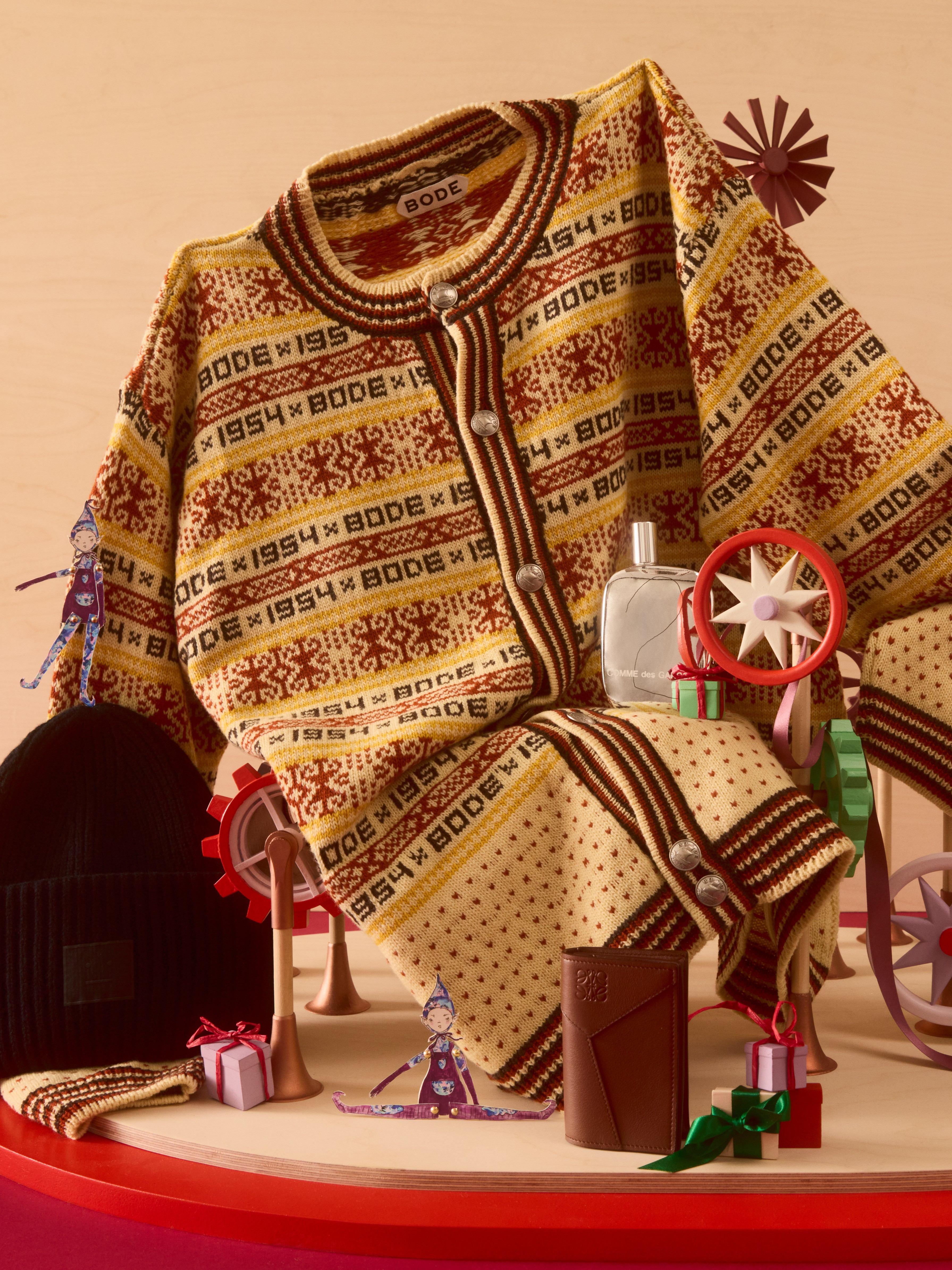
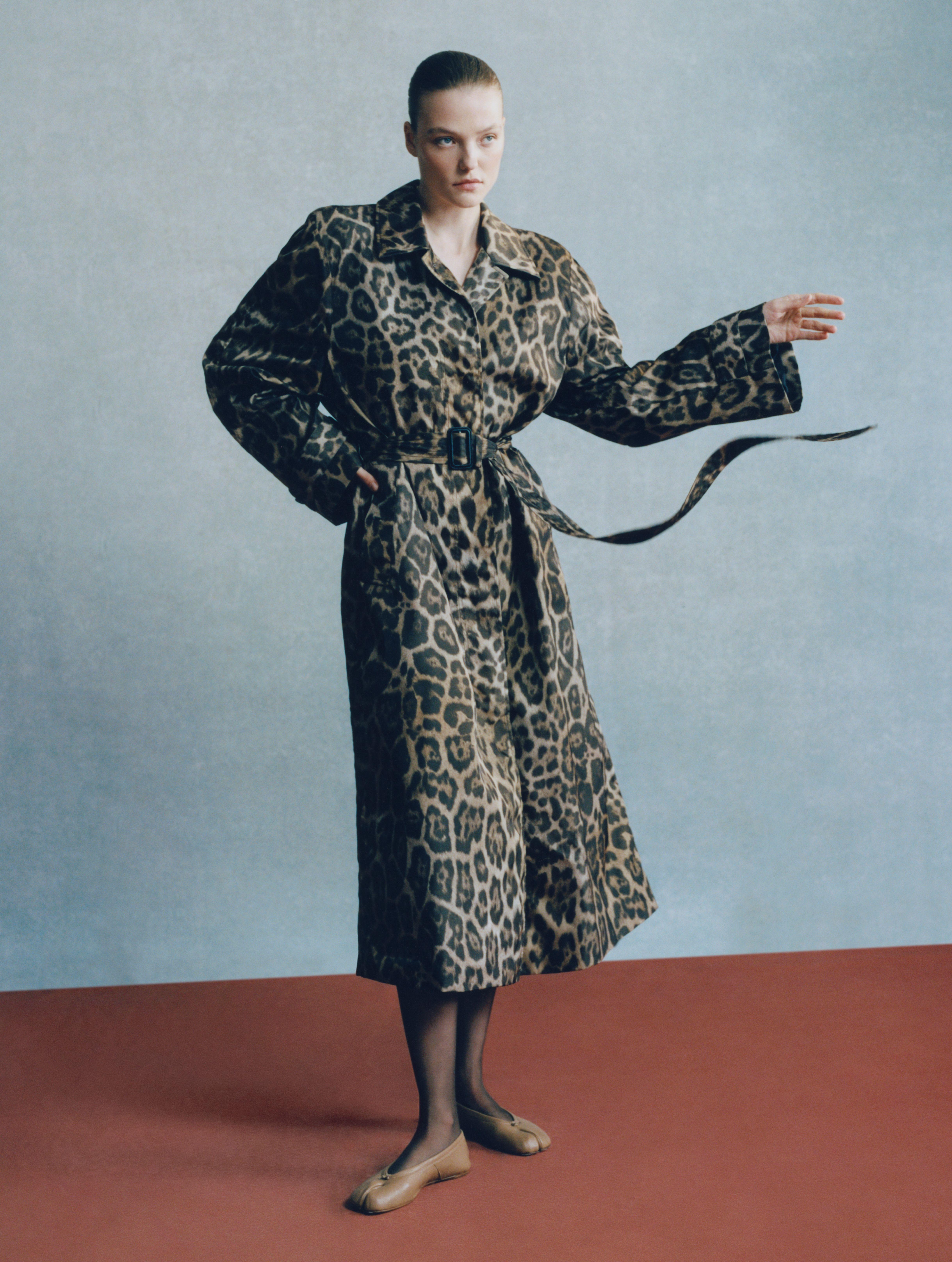
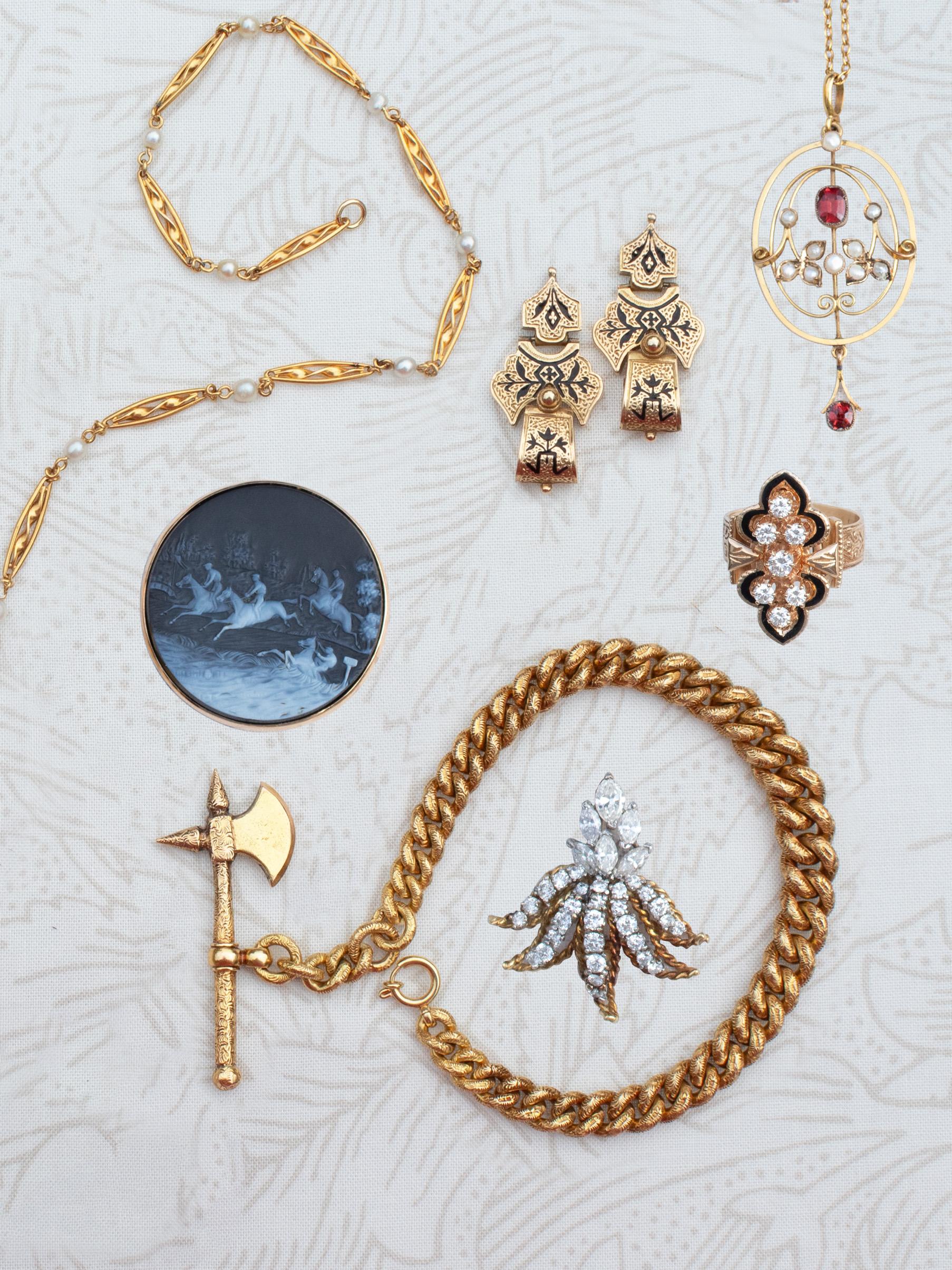
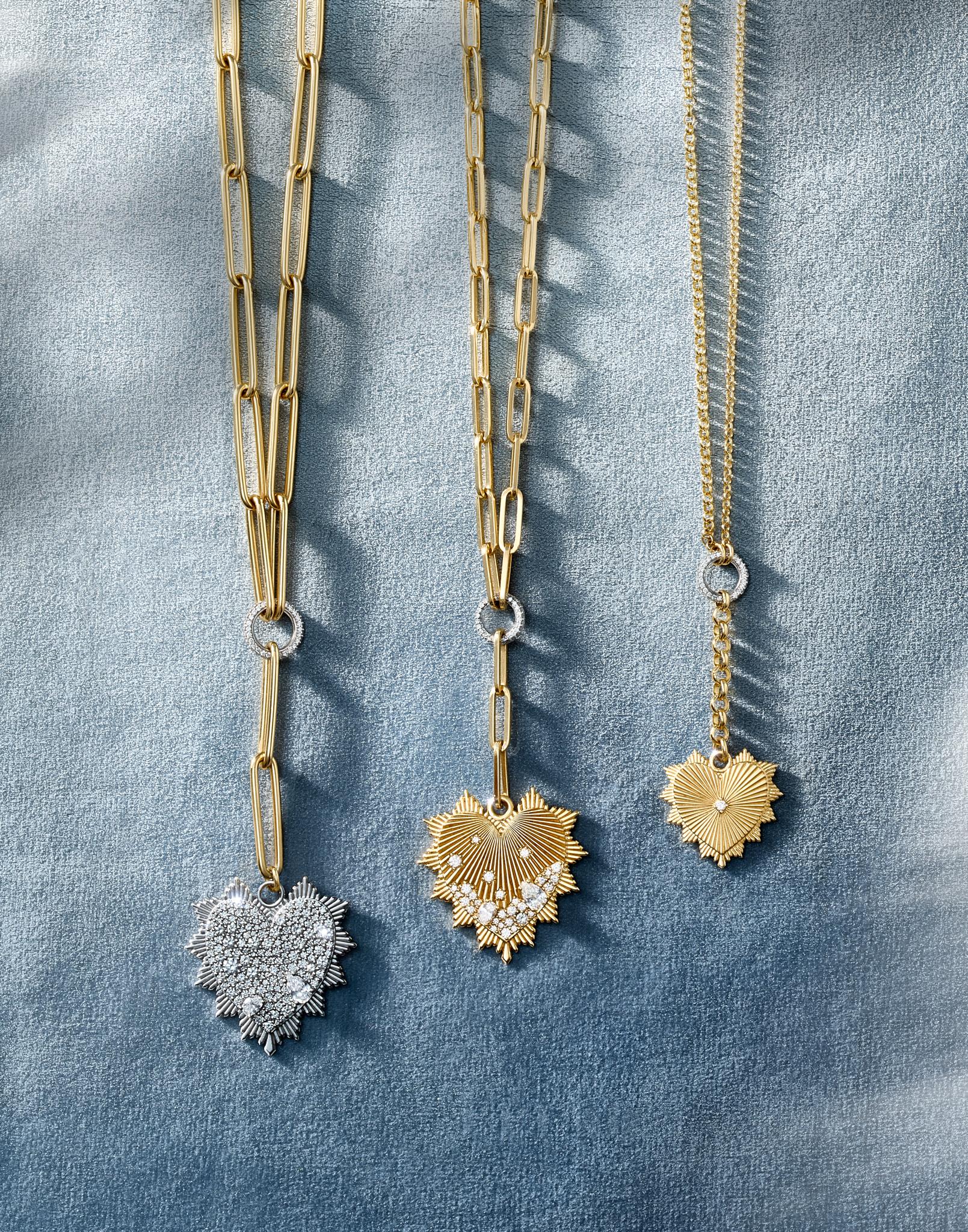
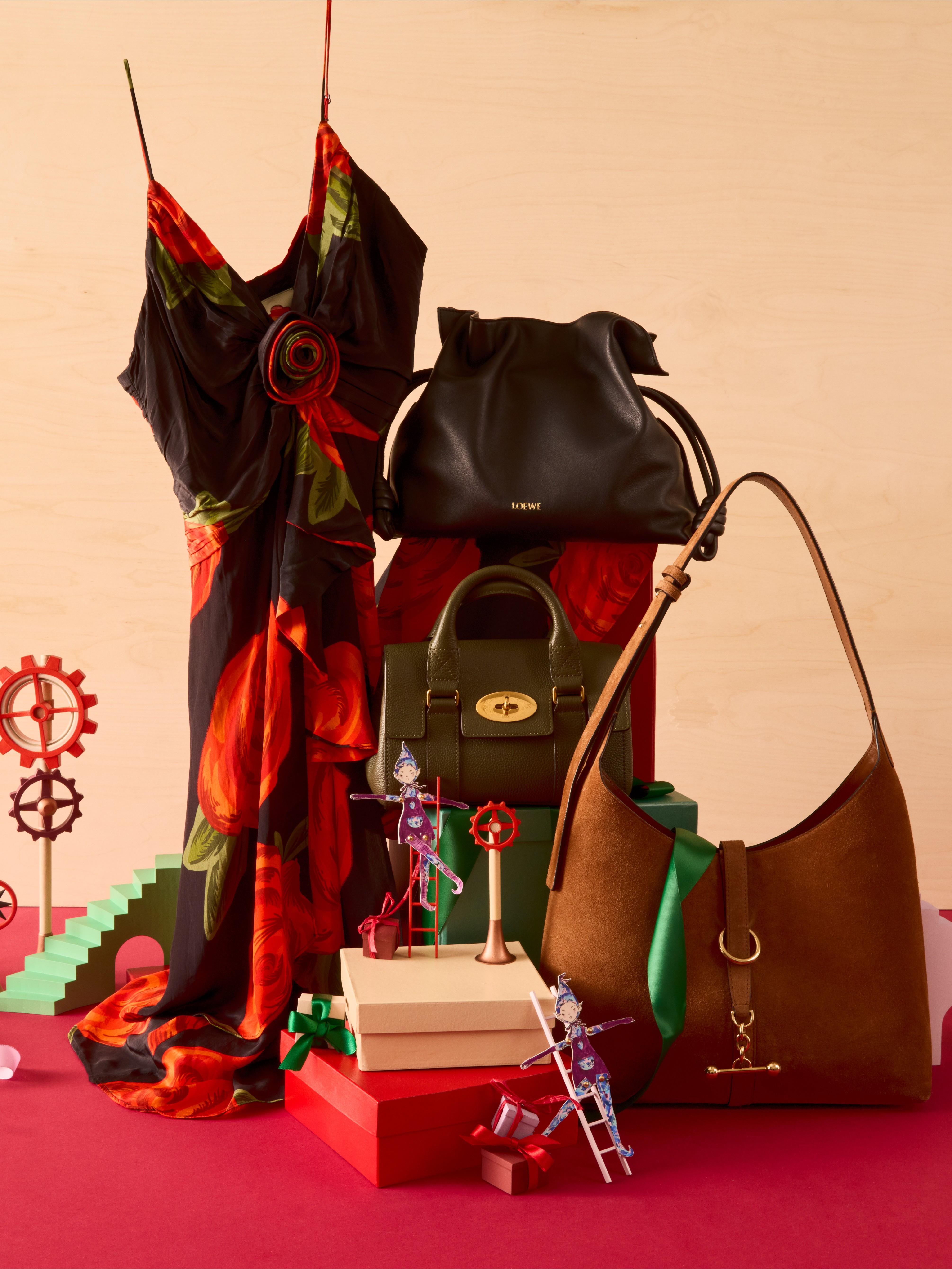
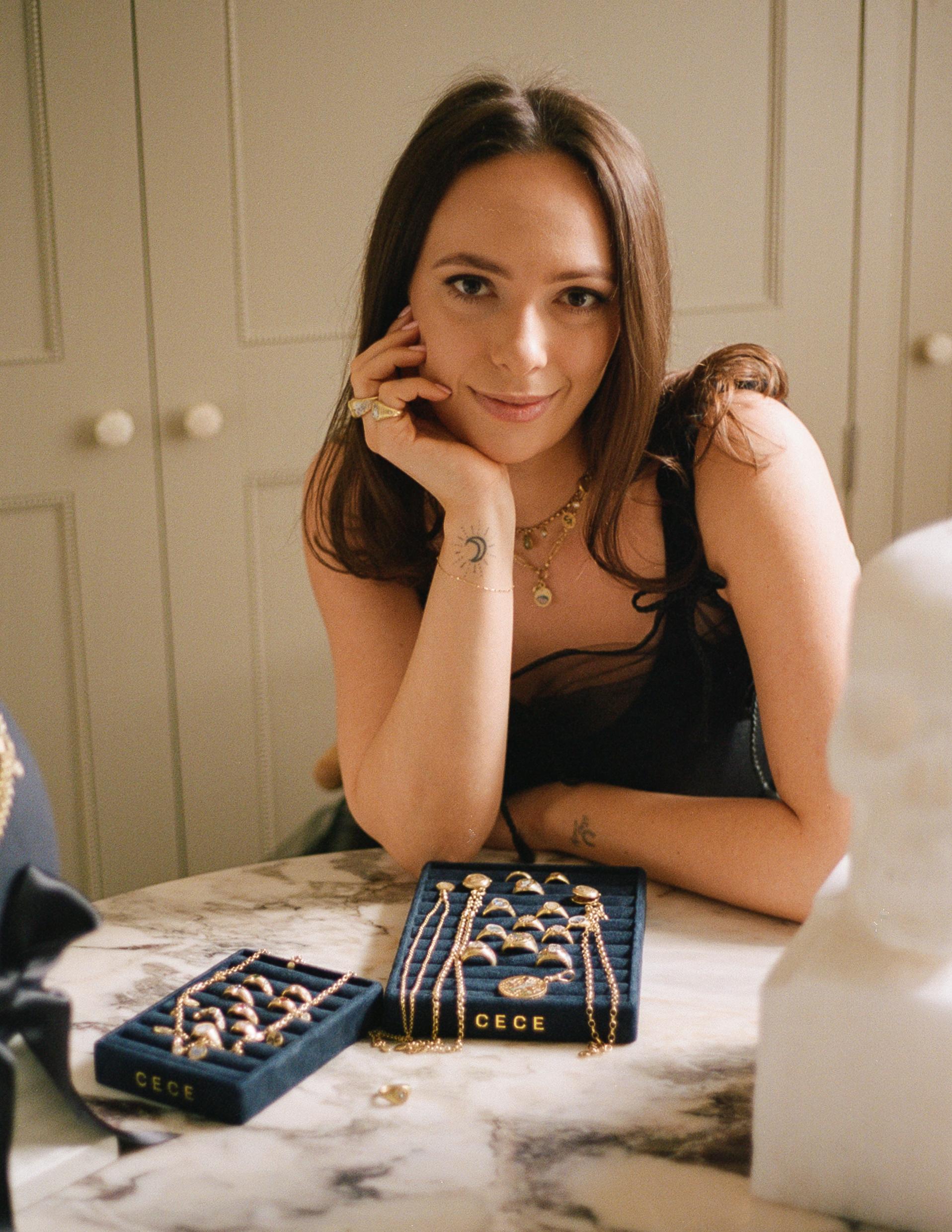
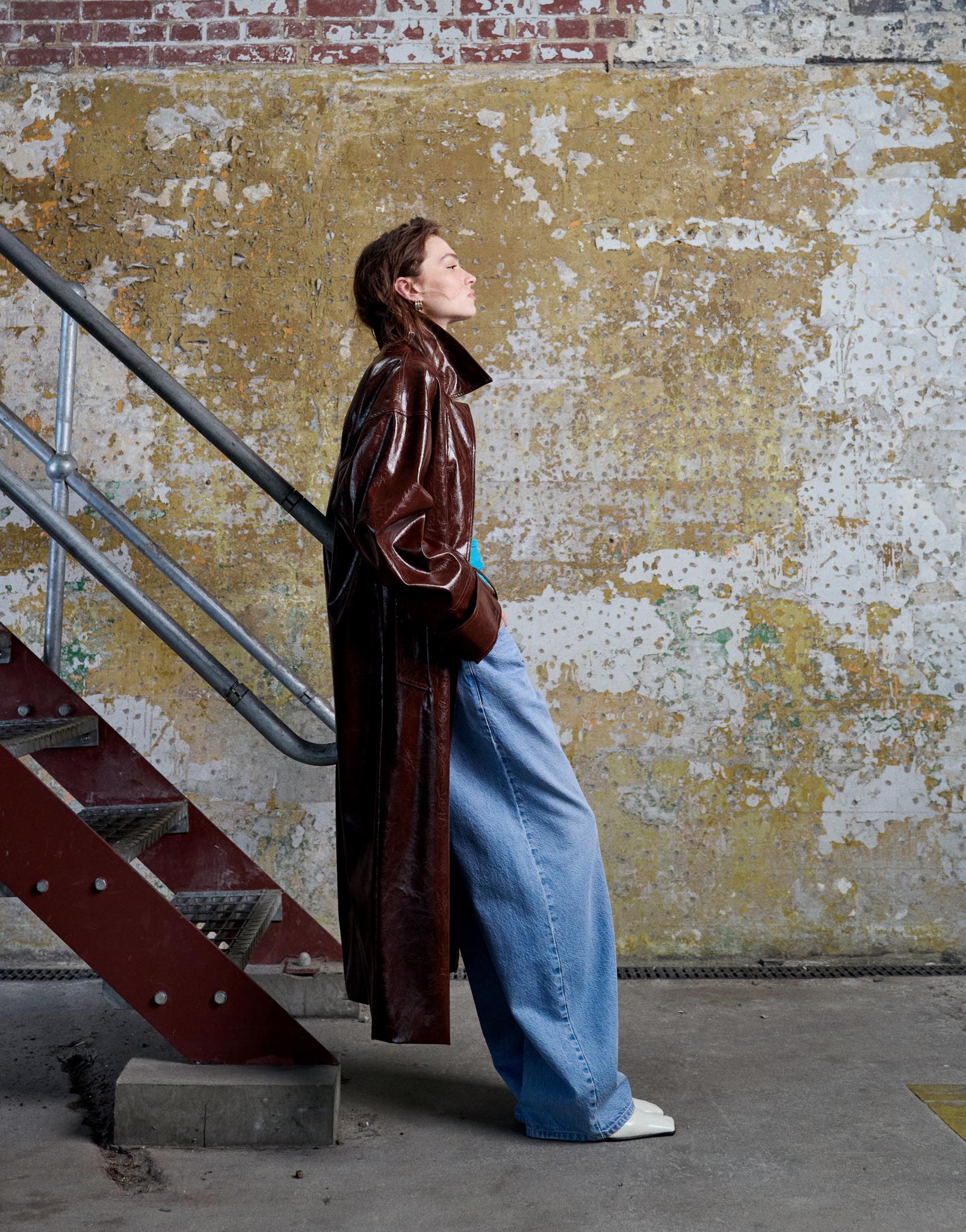
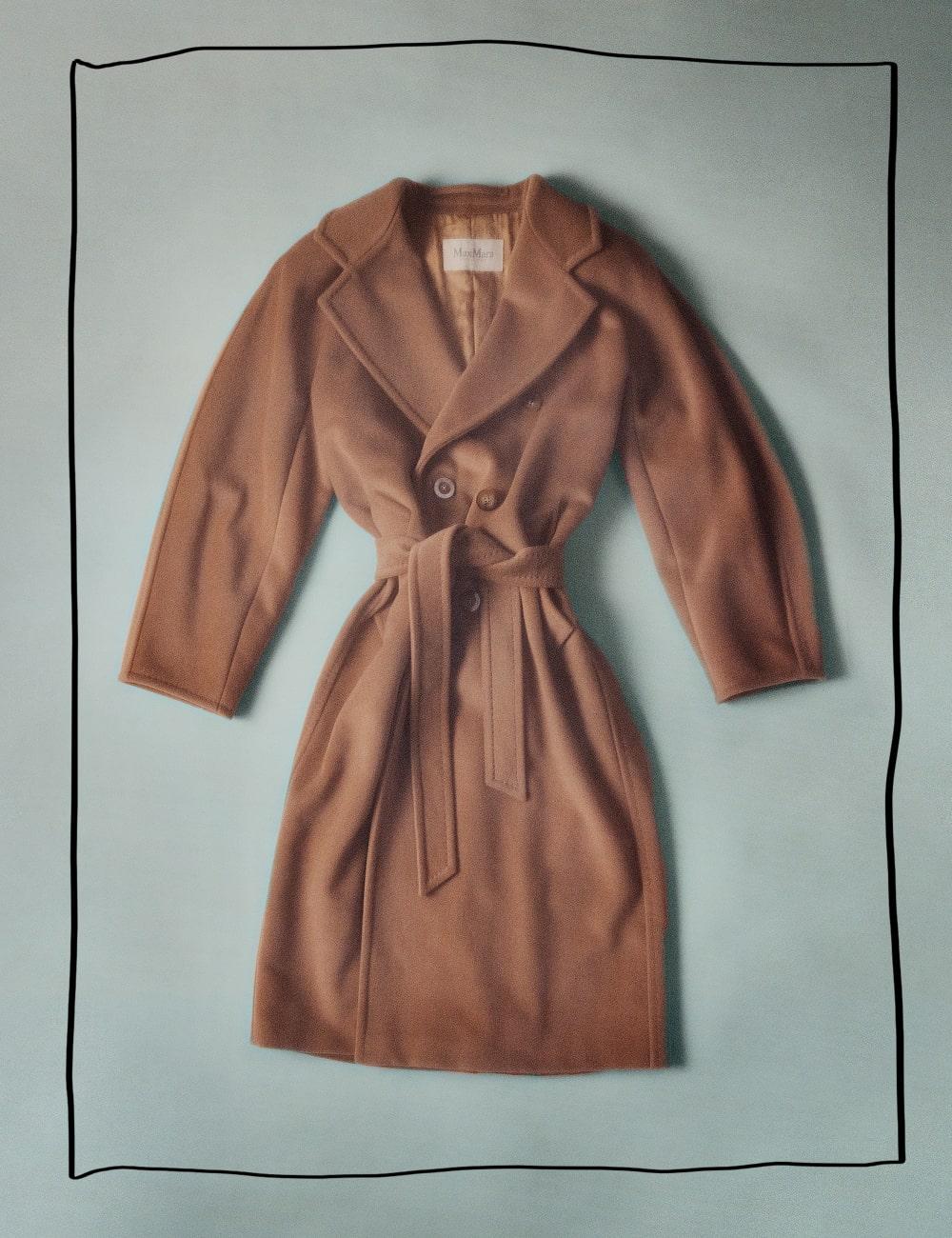
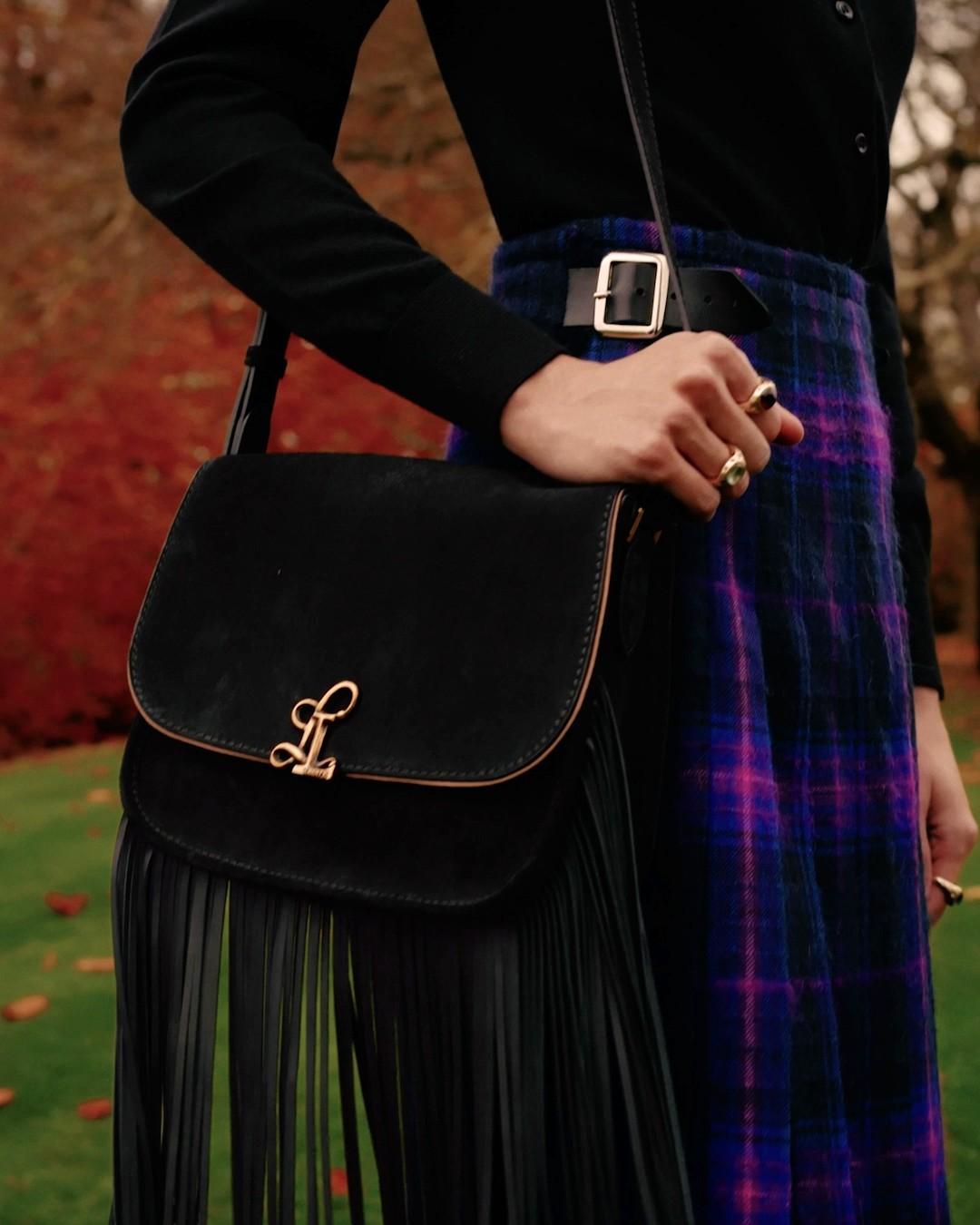
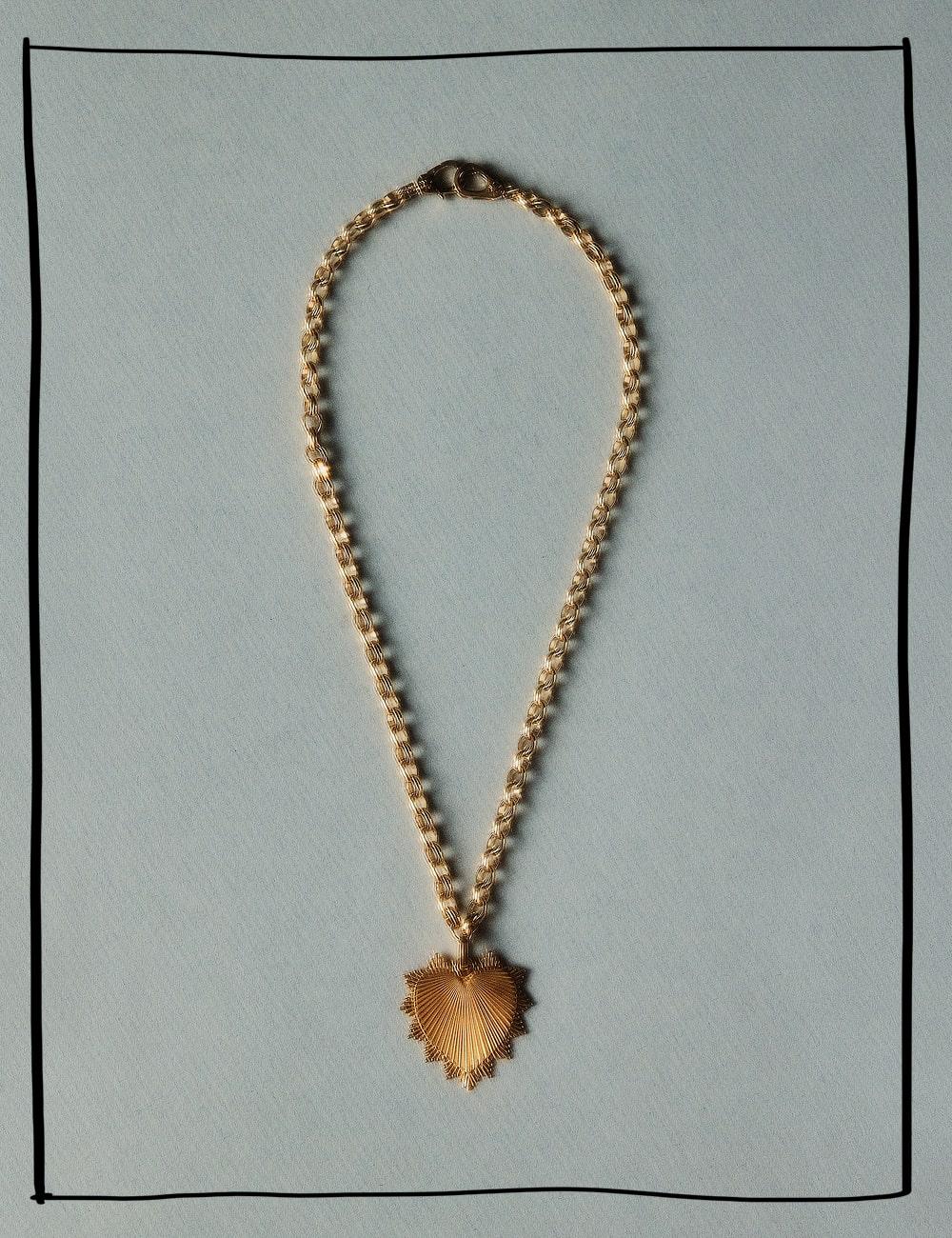
?fmt=auto&qlt=default)
